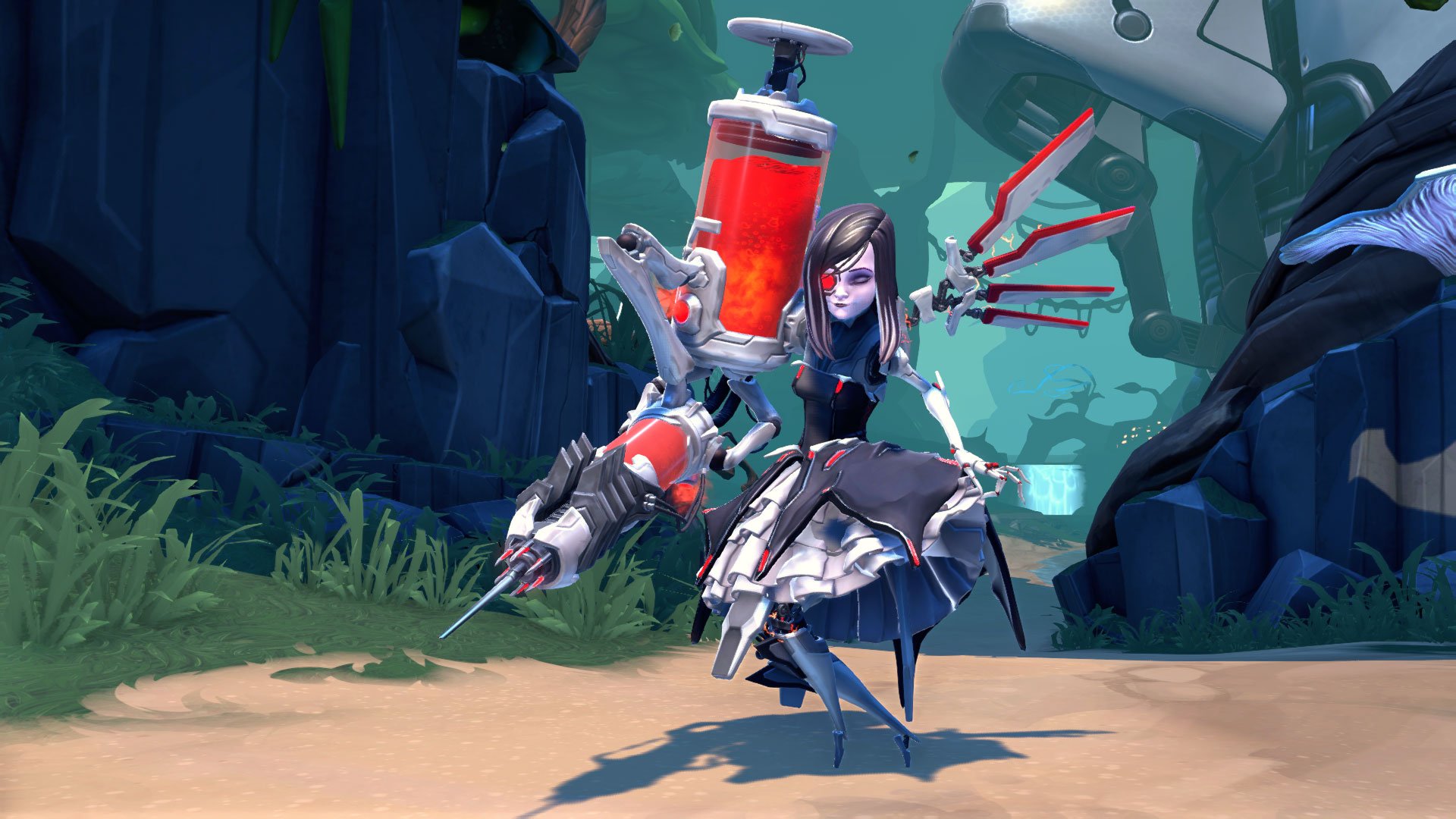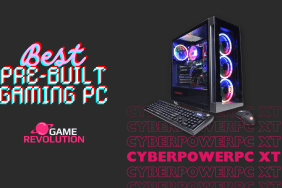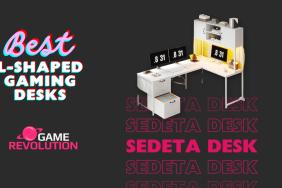Born and bred.
Hybrid games aren't usually looked upon as risky endeavors, at least as much as they should be. They always run the danger of being criticized for either not executing their base genres well enough or not being a good concept to begin with. It's much like trying a new fusion eatery; sometimes you get food that's confusing, strange, and poorly conceived like a liver and chocolate ganache (blechk!), and sometimes you get food that's magical in all the right ways like Korean burritos with beef bulgogi, guacamole, and sriracha wrapped in a handmade Mexican corn tortilla. Thankfully, Gearbox Software's newest franchise Battleborn, a blend between first-person action and the trendier MOBA, tilts much more toward the “Korean burrito” side.
To be more specific, Battleborn is a cross between a MOBA (so it's more a MOBA-like) and Borderlands, whose fingerprints all over Battleborn like an invigorating deep-tissue massage. They're both co-operative first-person action games that take place in space with spurts of humorous dialogue throughout. Hurting enemies sends out damage numbers above their heads, each character has a shield with recovery delay, running over currency (in this case, shards) automatically picks them up—the similarities are numerous. In fact, I wouldn't be surprised if the universes of Borderlands and Battleborn cross over at some point. Regardless, if you have any experience playing Borderlands, then you'll feel comfortable in the pocket of Battleborn's groove.
This time around, the familiar “save the universe” conceit focuses upon the impending death of the last star, Solus. The five remaining factions—Peacekeepers, Eldrid, Rogues, LLC (Last Light Consortium), and Jennerit Empire—have tried on their own to save the other stars from being snuffed out, all to no avail. Working alone hasn't solved anything, so in one last-ditch effort, their mightiest heroes decide to set their differences aside and join forces, even if that means trusting a traitor in the mandatory opening prologue of the game. Doom makes for strange bedfellows, yes?
Told in spurts through eight episodes after the tutorial, the story is not as prevalent as it is in Borderlands, but the lore and the interaction between the game's roster of characters have far more depth than the usual MOBA. Two cutscenes in particular, one at the opening and one at the ending, use an animation style inspired by FLCL and Samurai Champloo. Set to an original song named “Contact” by the alternative hip hop group Deltron 3030, both cutscenes show off Battleborn's slick and not-so-serious personality. That said, I wish there was a cutscene like this, or even just a motion comic, for each of the eight episodes. As it is, the introductory framing around some of the missions is somewhat bland and short by comparison, makign them feel related to the plot for the sake of being related.
Of course, only having eight missions means that the story is rather short, though the scriptwriting and other difficulty settings help with the replayability. Experiencing the full story at a private 2K event, I clocked in at roughly nine hours for a full runthrough on normal difficulty (with regular bathroom breaks and about two complete party wipes). Battleborn expects you to revisit each episode multiple times, be it for higher scores and better medals, for challenge by setting the difficulty on advanced (for betting gear drops) or switching to hardcore mode which drops your party's life pool, or for learning more about the story.
The writers made sure to have plenty of situational dialogue with different characters commentating on various setpieces and on other characters in the group, or with the same characters saying something entirely different in another playthrough. Humorous banter between team members and hilarious commentary by characters like Oscar Mike (my favorite line of his is “You know when you think about it…. this is totally fucked up!”) lighten the mood and make completing objectives easier to digest. In particular, many missions have you defend and escort a spider robot (which might be a reference to the Tachikomas in Ghost in the Shell) as it moves from point to point, a tedious task that is partially alleviated by giving the robot loud, offbeat dialogue.
The benefits of this situational dialogue wouldn't have paid off if the roster of Battleborn's characters weren't so entertaining and diverse. Each of their animations, various taunts, and cooldown abilities wonderfully show off their personalities. No matter which role you prefer on the team—tank, DPS, ranged DPS, sniper, caster, support—you'll find a character here that suits your tastes. Those who like charging into battle will like the luchador El Dragón and the gargantuan Montana, while those who thrive as the glass cannon will like the multi-sword-wielding Rath and flying robot Caldarius. And who doesn't like Toby, the tiny penguin controlling a giant mech? Better yet, most of the characters on the roster can be unlocked by improving your overall command rank or exclusively playing multiplayer, your choice.
As for myself, my inner ninja leaned toward Miko at first, the mushroom-capped knife-throwing healer. But I eventually settled on Marquis, the “Titanium Dandy” sniper who can deal high-damage critical headshots, throw out steampunk owl sentries, and cast a handy time bubble that slows enemies, deals damage over time, and accelerates any allies that walk through it. You might expect that both Miko and Marquis wouldn't contend for having the most kills at the end of the match, but if you understand their strengths and know the ins and outs of the map well enough, they can outscore other characters designed mainly for assault.
A part of this is forming the right three pieces of gear earned by opening loot packs and through loot drops from defeating bosses. Activating the gear using shards bestows various buffs that help your character for the duration of the match. But another part is knowing how to work the Helix System which gives your character a selection of skill upgrades at each level. Like standard MOBAs, your character starts at Level 1 at the beginning of a mission and gains experience until reaching Level 10, with your character's ultimate skill unlocking at Level 5. Marquis' time bubble that I mentioned earlier doesn't do damage over time or accelerate allies without selecting those specific upgrades in the Helix System. And as your character's rank progresses over time, you'll unlock a third option at various levels, typically one that's better than the two original options.
At the same time, your success in completing an episode largely depends upon teamwork and effective communication among your group of up to five players. As you move linearly from one objective to the next, with a final boss fight capping off each mission, your team will need to know where and when to push and pull back, and how to manage multiple waves of enemies by controlling chokepoints and setting down numerous traps by spending shards that you'll collect throughout the environment. Creating these buildables are pivotal during the tower-defense portions of the mission, to the point that activating a piece of gear that creates shards per second is strongly encouraged. Even so, on the base normal difficulty, it's easy to make a silly mistake by falling off a cliff, and going off on your own and getting yourself killed without anyone nearby to revive you.
Actually, more often than not, your team will flop not because of losing too many lives (unless you're on hardcore mode) but due to a tower or a robot exploding because your team failed to defend it. In one particular mission, you'll need to protect a group of towers three times without being able to repair it, a point which my review team didn't know about. We wiped. Sure, it's frustrating to fail a 30-minute mission right at the end and be forced to start it over again, but it wasn't difficult to learn from our mistakes on our next attempt.
All of these elements become even more significant in Battleborn's three 5v5 multiplayer modes (you can play with bots if you like): Incursion, where you must destroy the enemy team's two sentry bots; Capture, a basic domination-style variant; and Meltdown, a mode where you need to escort minion bots toward a sacrificial pit (for points!). Creating buildables and consistently accumulating shards, which also takes them away from the enemy team, helps as much as defeating neutral Thrall mercenaries and having them temporarily join your team. Like most MOBAs, dying in these matches needs to be prevented as much as possible, especially near the end of the match when respawning can take longer than twenty seconds, so that the enemy team doesn't have a power-play opportunity. Knowing when to teleport back to the base can save your team's bacon even if it wounds your pride a bit.
The only downside at the moment with the multiplayer is that the maps are rather limited as they are specifically designed for each mode. The developers will likely add more maps over time (along with balance patches), though adding different options for each mode, like disabling shards altogether or having permadeath, would improve their replayability too. Some kind of arena-based horde mode would also make a lot of sense (*hint, hint, nudge, nudge*). As such, the multiplayer community might lose interest a bit too soon here, with steep competition from other MOBAs coming soon or already on the market.
That said, when inevitably compared to Blizzard's Overwatch (purely on the PvP options since Overwatch doesn't have any PvE at all), Battleborn is a deeper, more complex beast that has far longer match times and a slower, more methodical approach. The only reason they're being compared is because of their relatively close release dates and the fact that they both can be described as hero shooters, but the similarities between them end there. (It's worth getting both games, really.)
Gearbox Software's experience with Borderlands clearly shows throughout Battleborn, blending a silly episodic story and a cast of charismatic characters with the competitive, on-trend MOBA genre. While its single-player and multiplayer offerings are limited at the moment, they're strong enough on their own to sustain a community, so long as Gearbox continues to update the game frequently. Battleborn could have easily been a soulless copycat of Borderlands or just another MOBA, but this is one fusion game that has its own identity and lays the solid groundwork for much more to come.
[Edit – Note: The online portion of this review is based on the early access servers as well as the private 2K event. I had no issues with any of my online multiplayer sessions thus far, with either framerate or disconnections, so I would be surprised if the launch servers had any major issues. But in the case that the launch servers do experience issues, feel free to drop the score a notch or two until they're fixed.]
-
Intriguing blend of first-person action and MOBA
-
Complete package, no microtransactions
-
Doesn't take itself seriously
-
Diverse cast of characters
-
High replayability of single-player missions
-
Helix upgrade system
-
Added depth with buildables
-
Story could be fuller, have more framing content per episode
-
Not a lot of PvP maps per mode
battleborn
-
battleborn #1
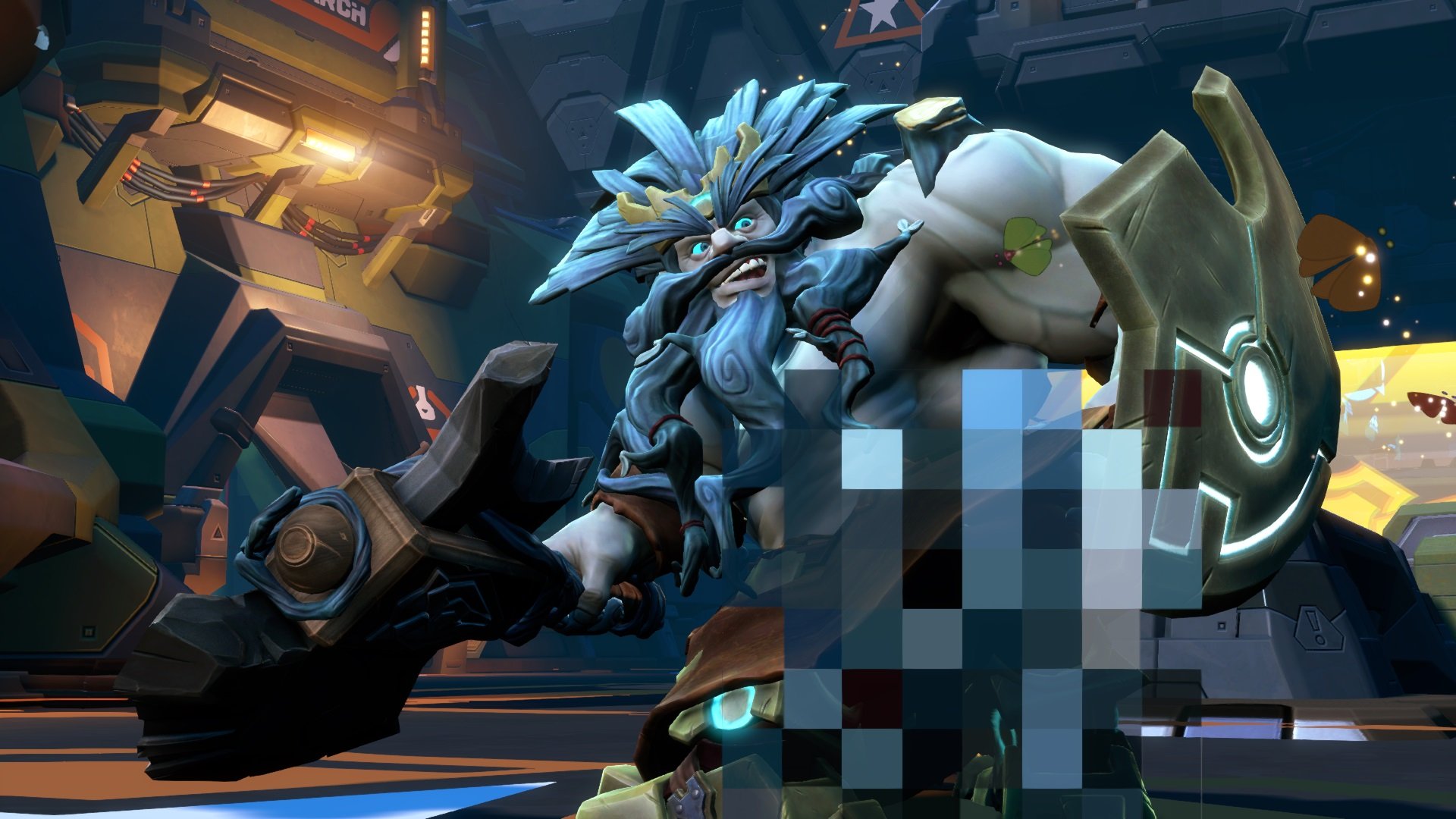
-
battleborn #2
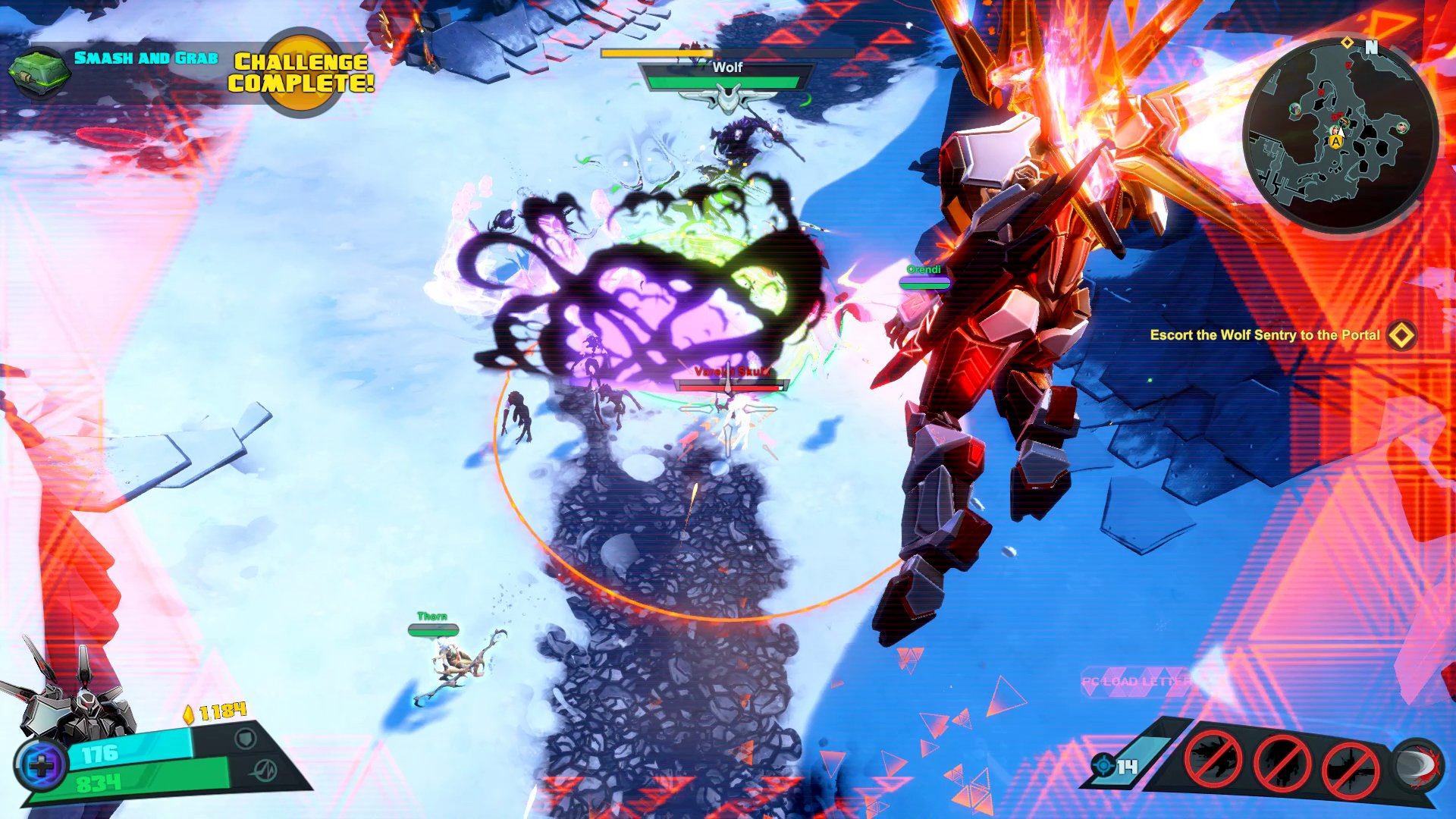
-
battleborn #3
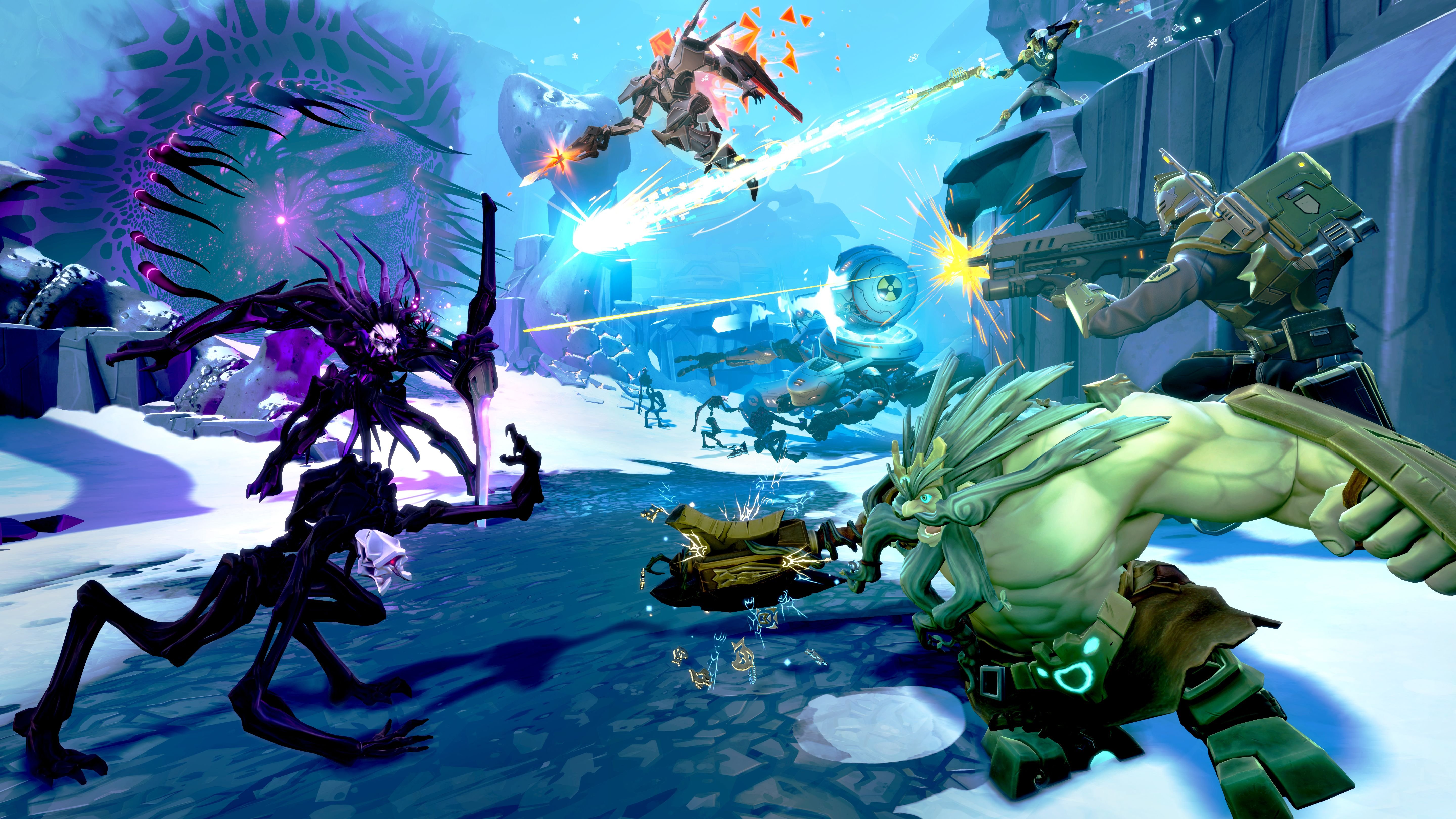
-
battleborn #4
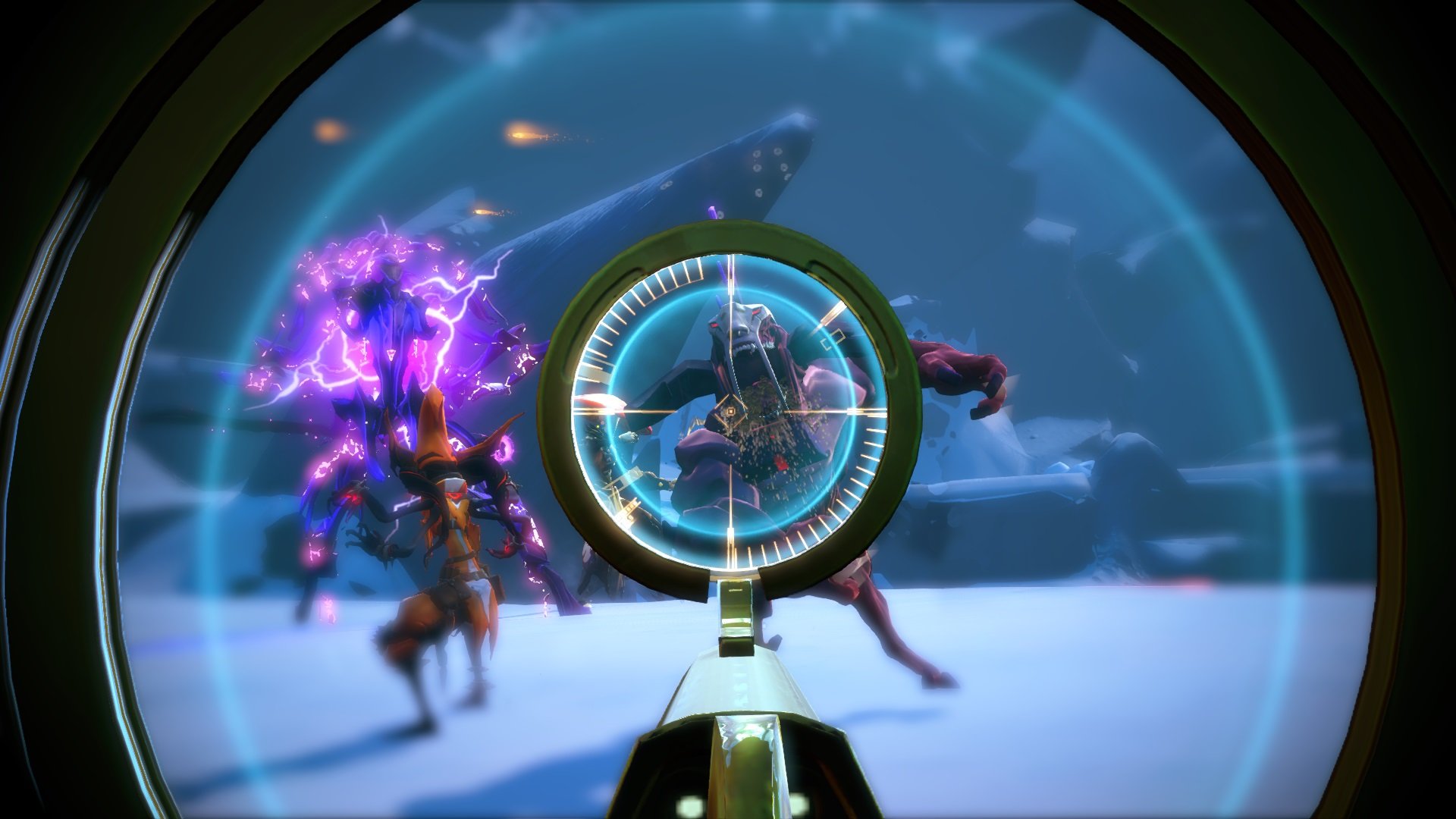
-
battleborn #5
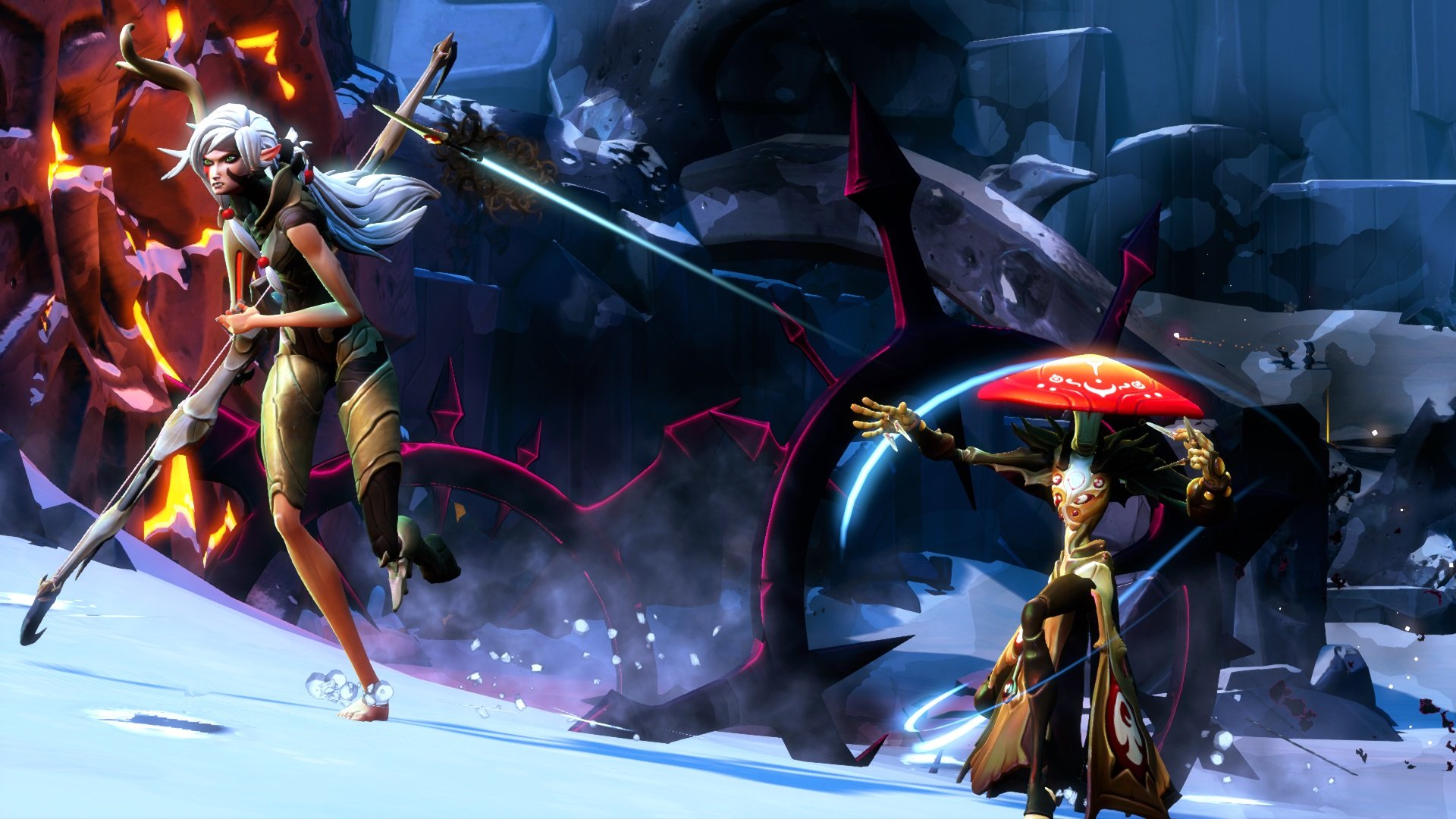
-
battleborn #6
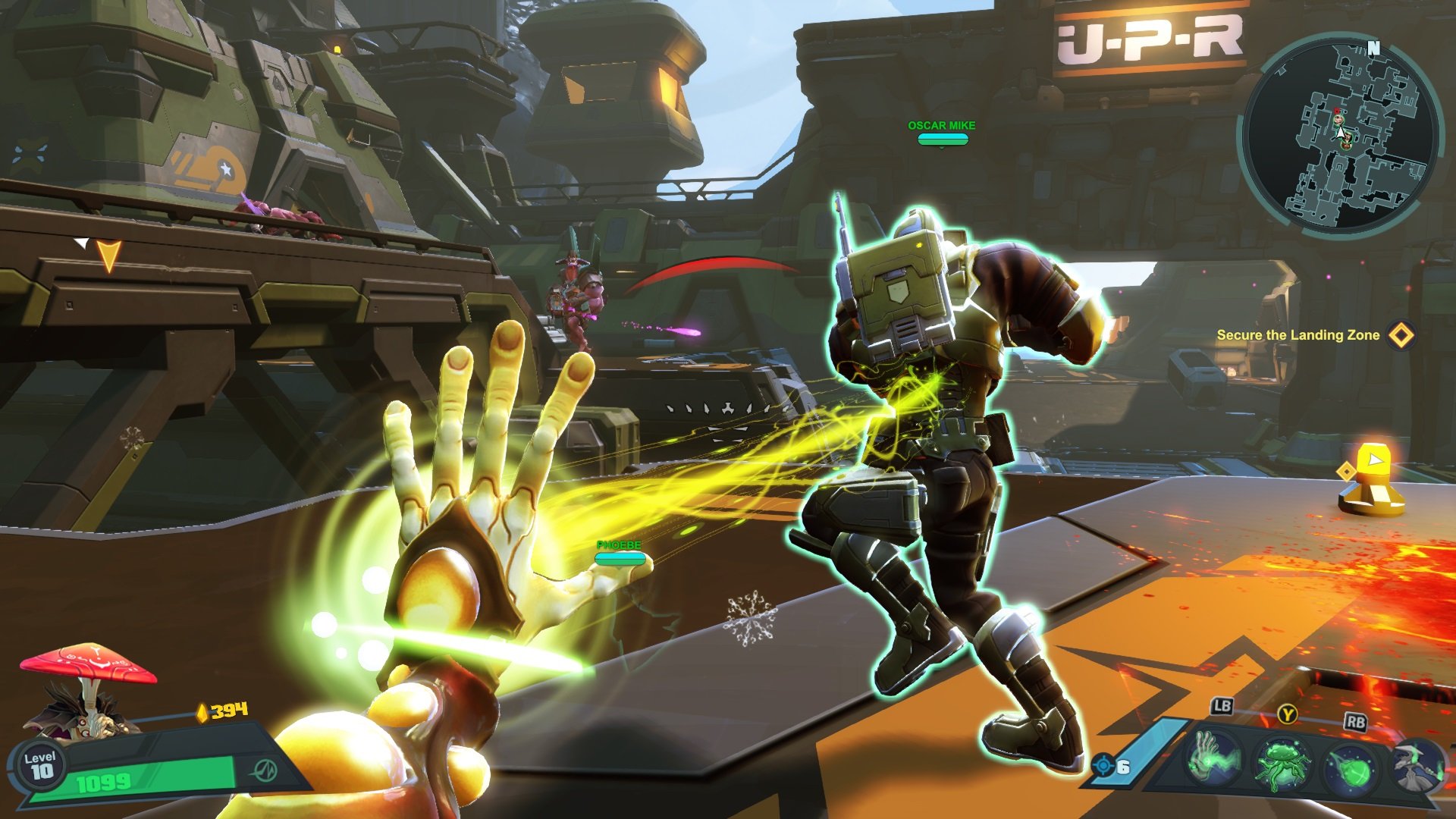
-
battleborn #7
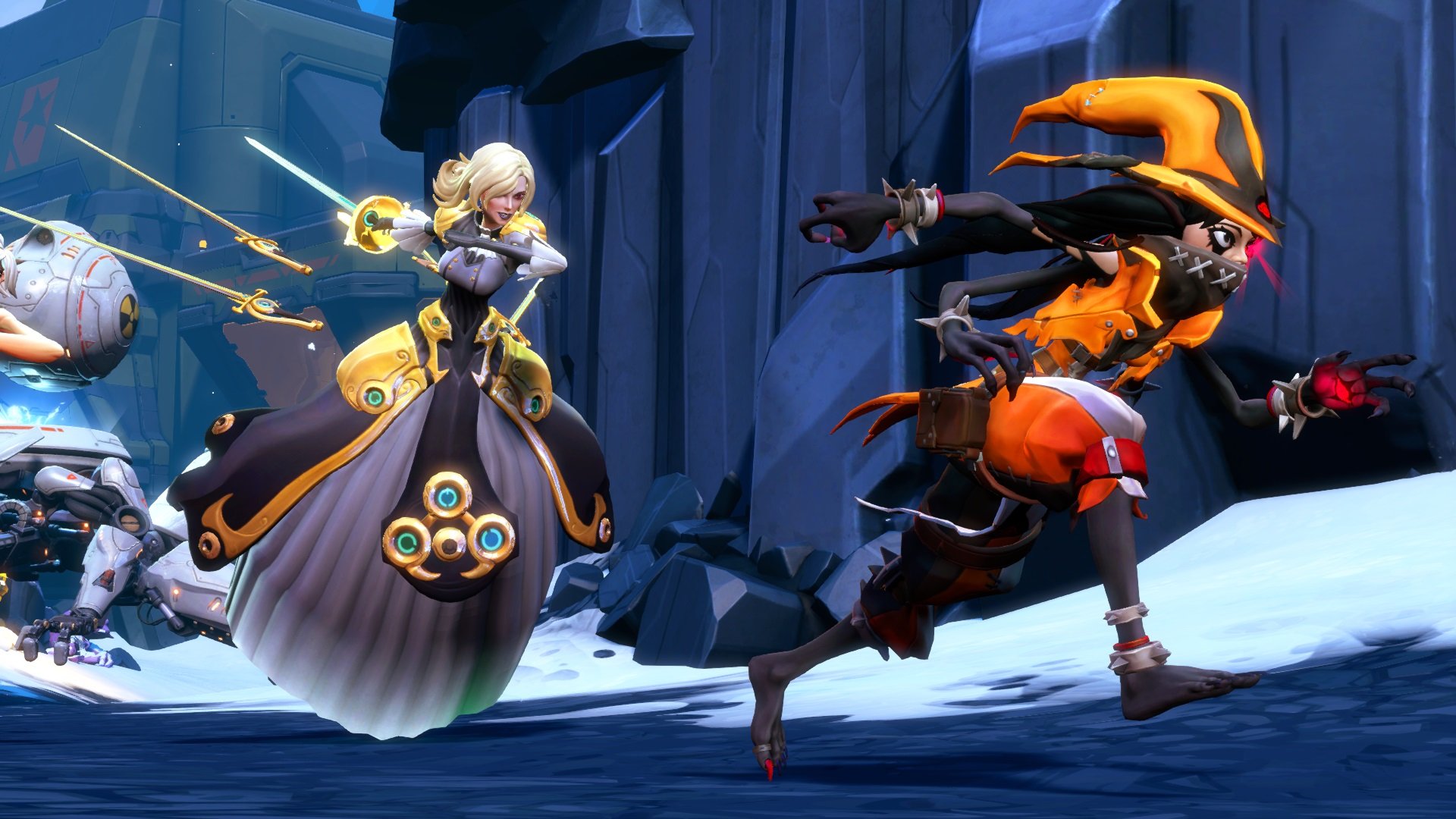
-
battleborn #8
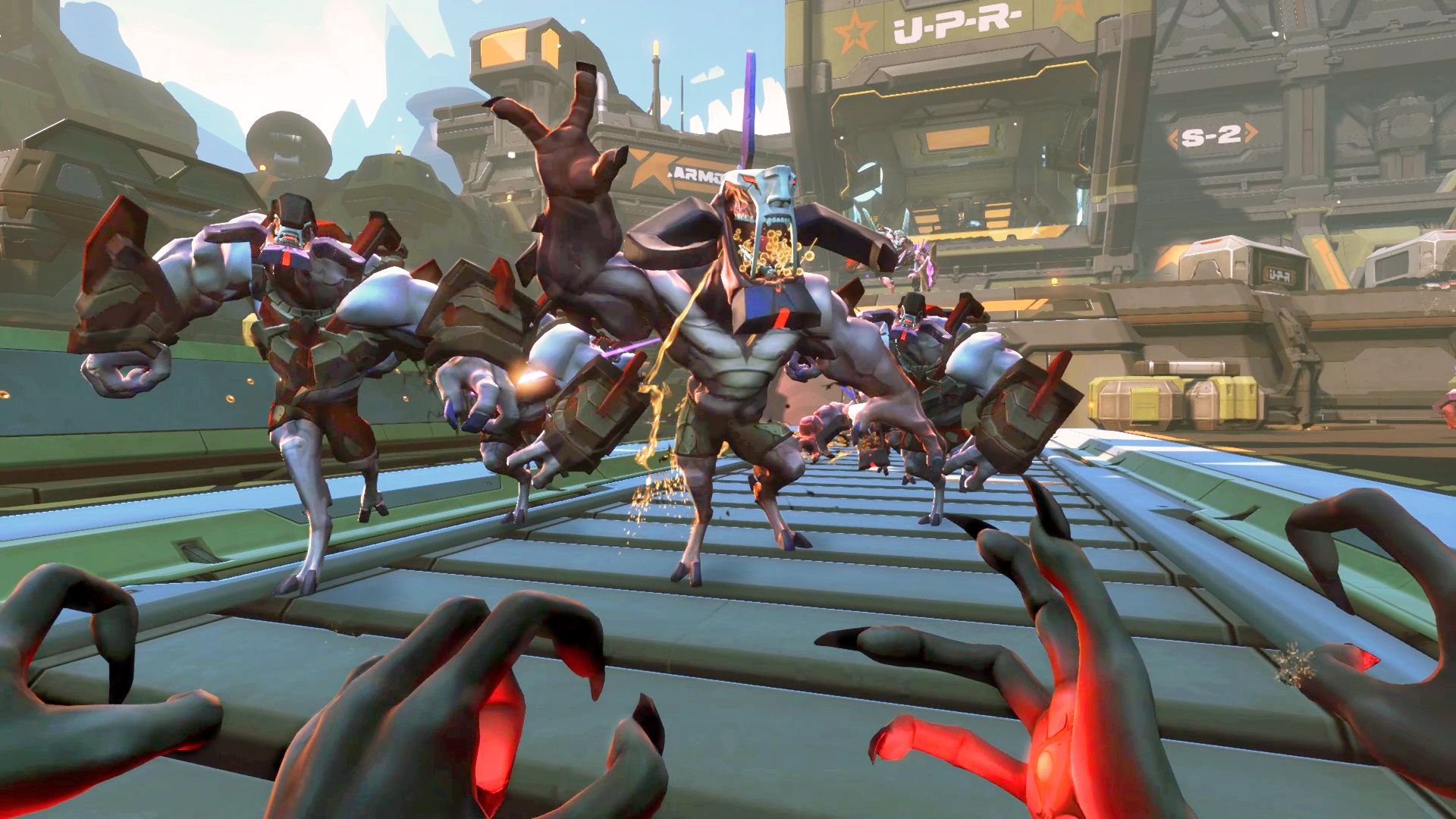
-
battleborn #9
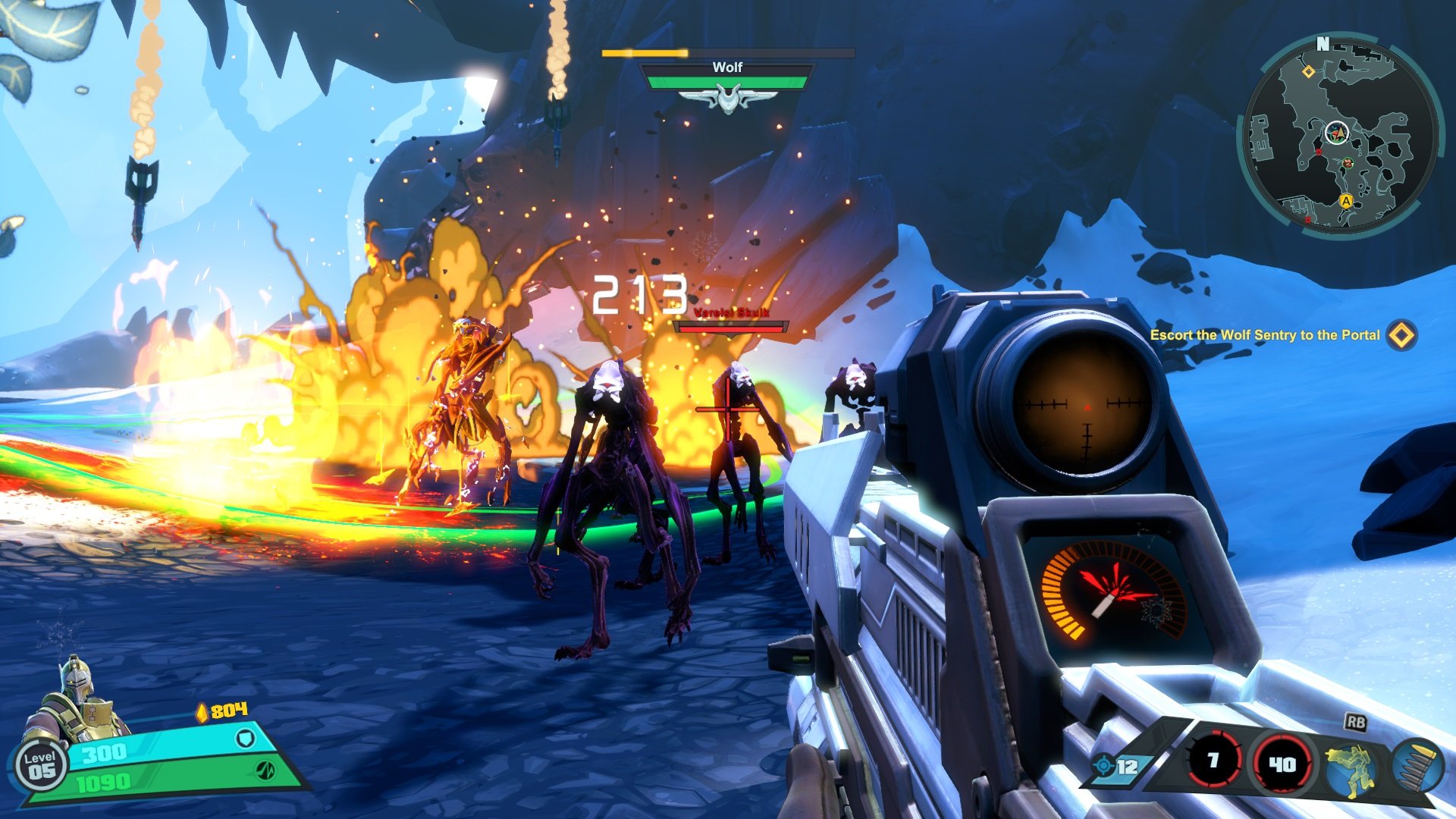
-
battleborn #10
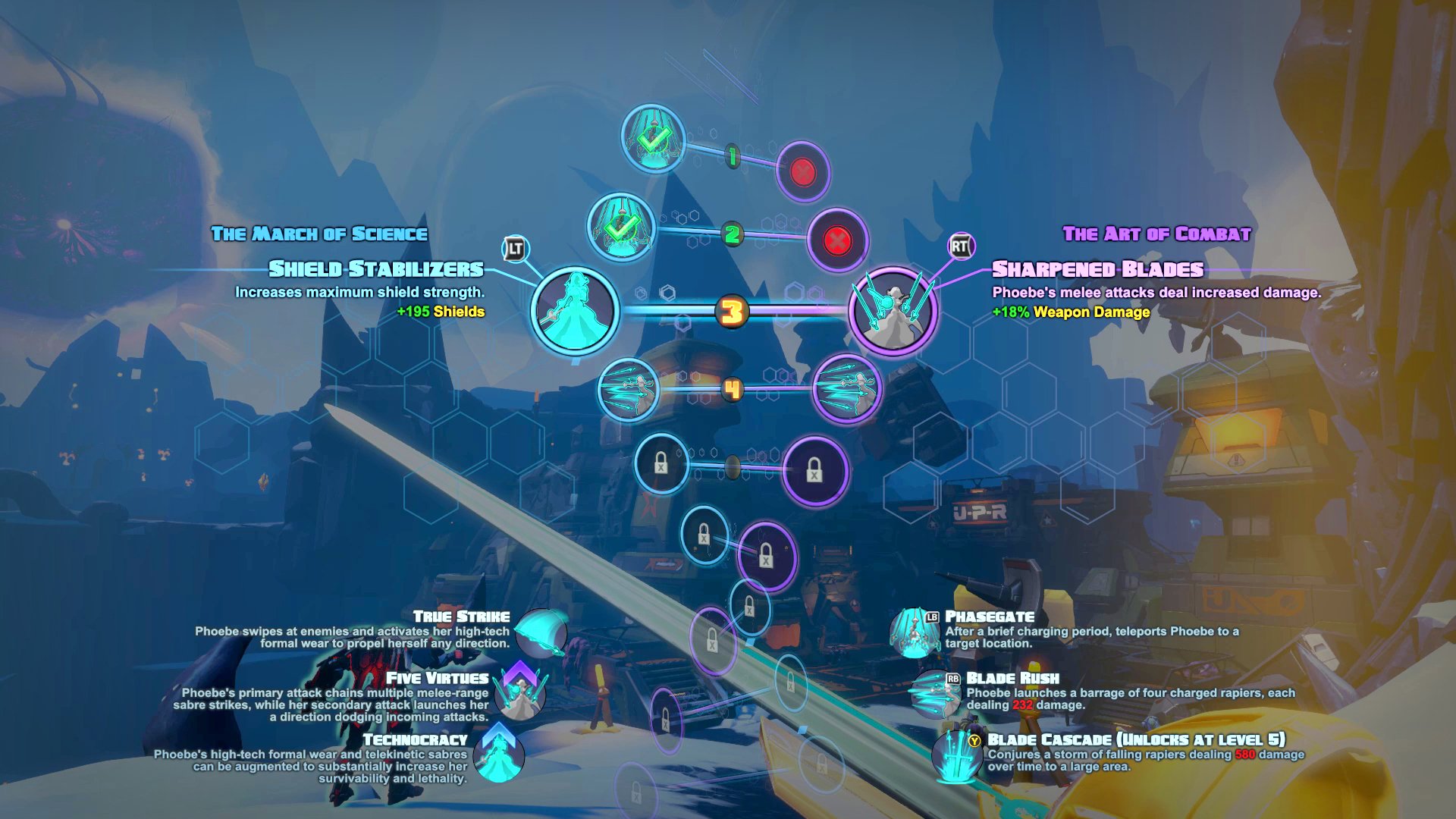
-
battleborn #11
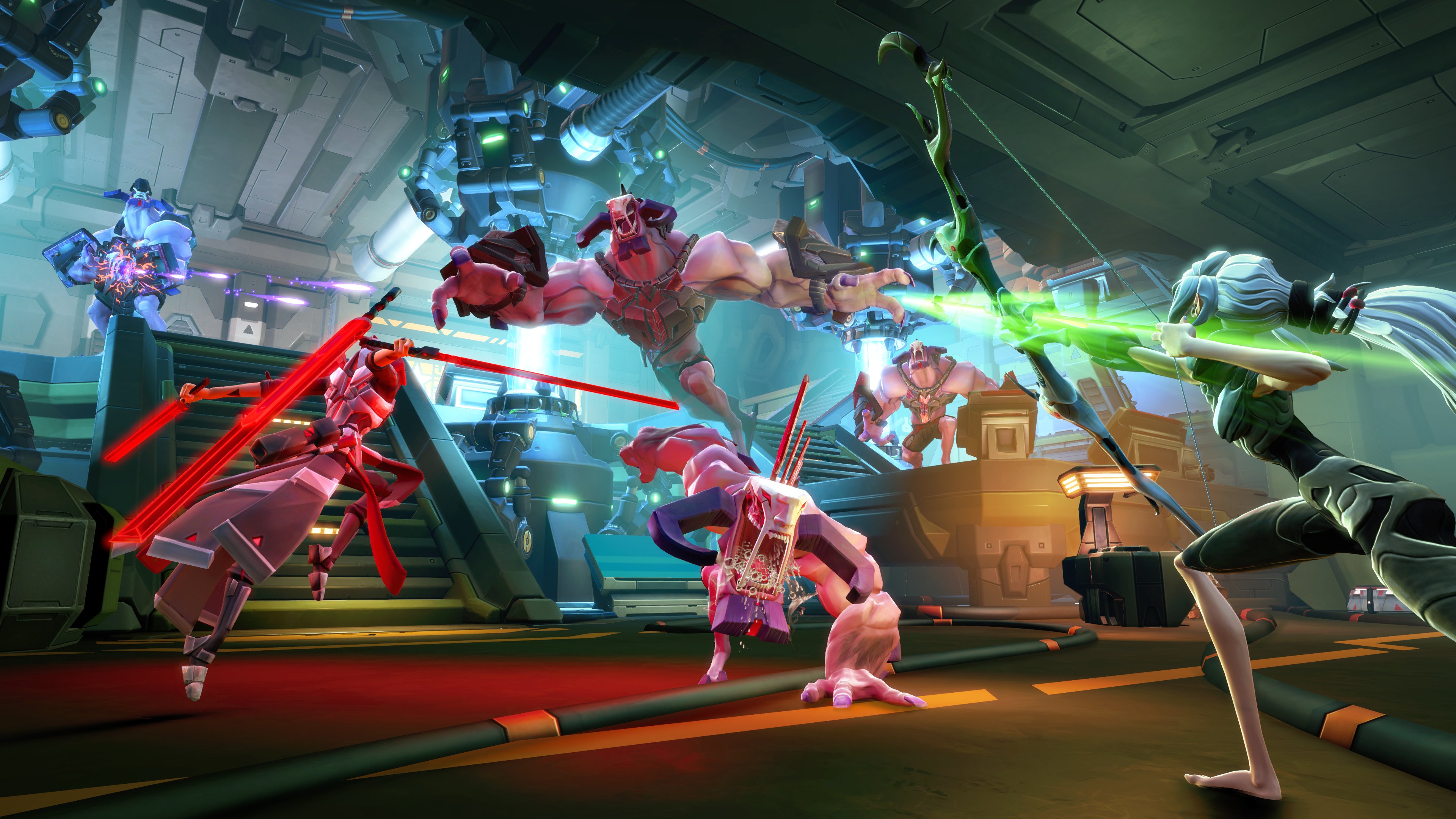
-
battleborn #12
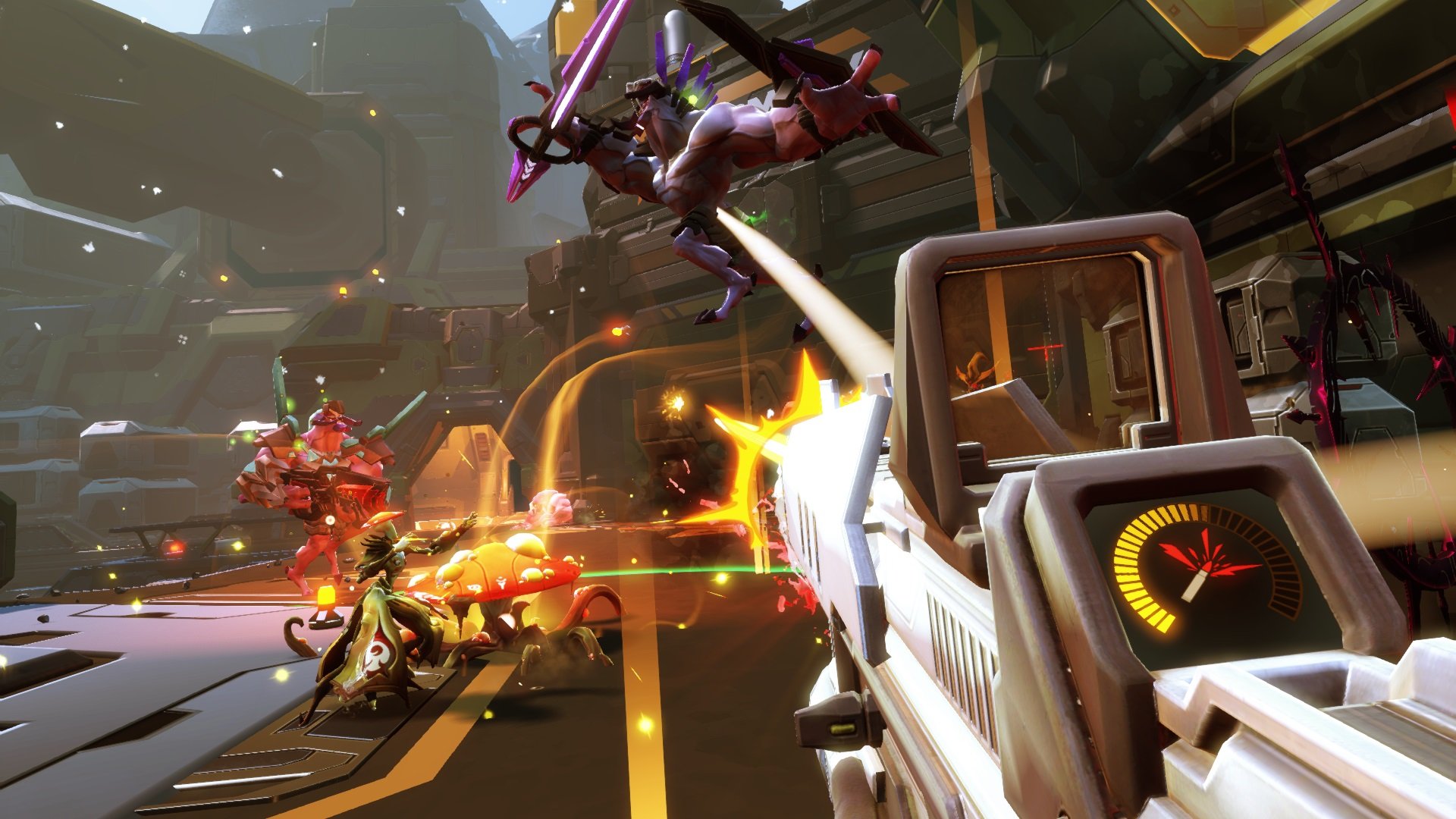
-
battleborn #13
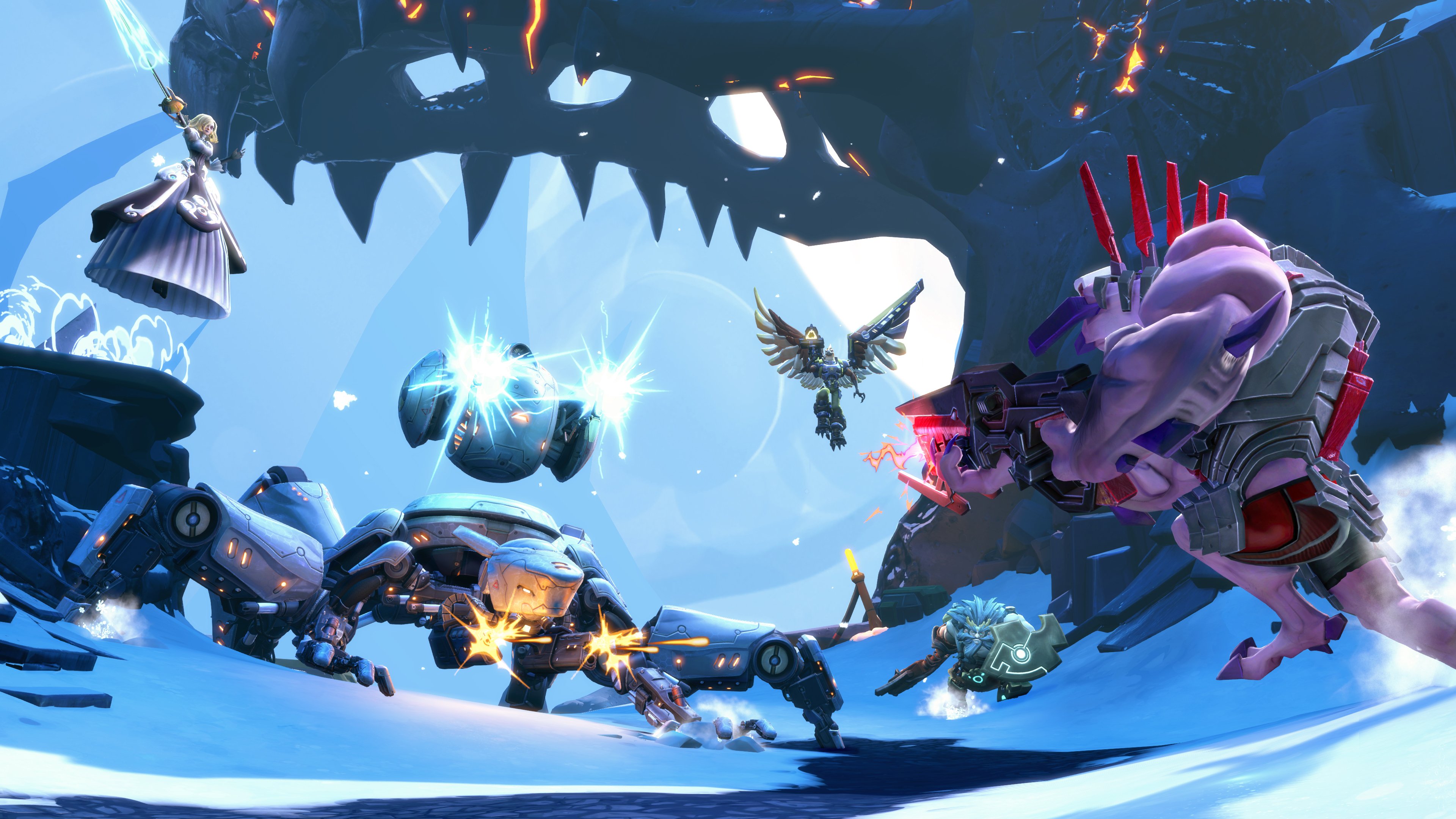
-
battleborn #14
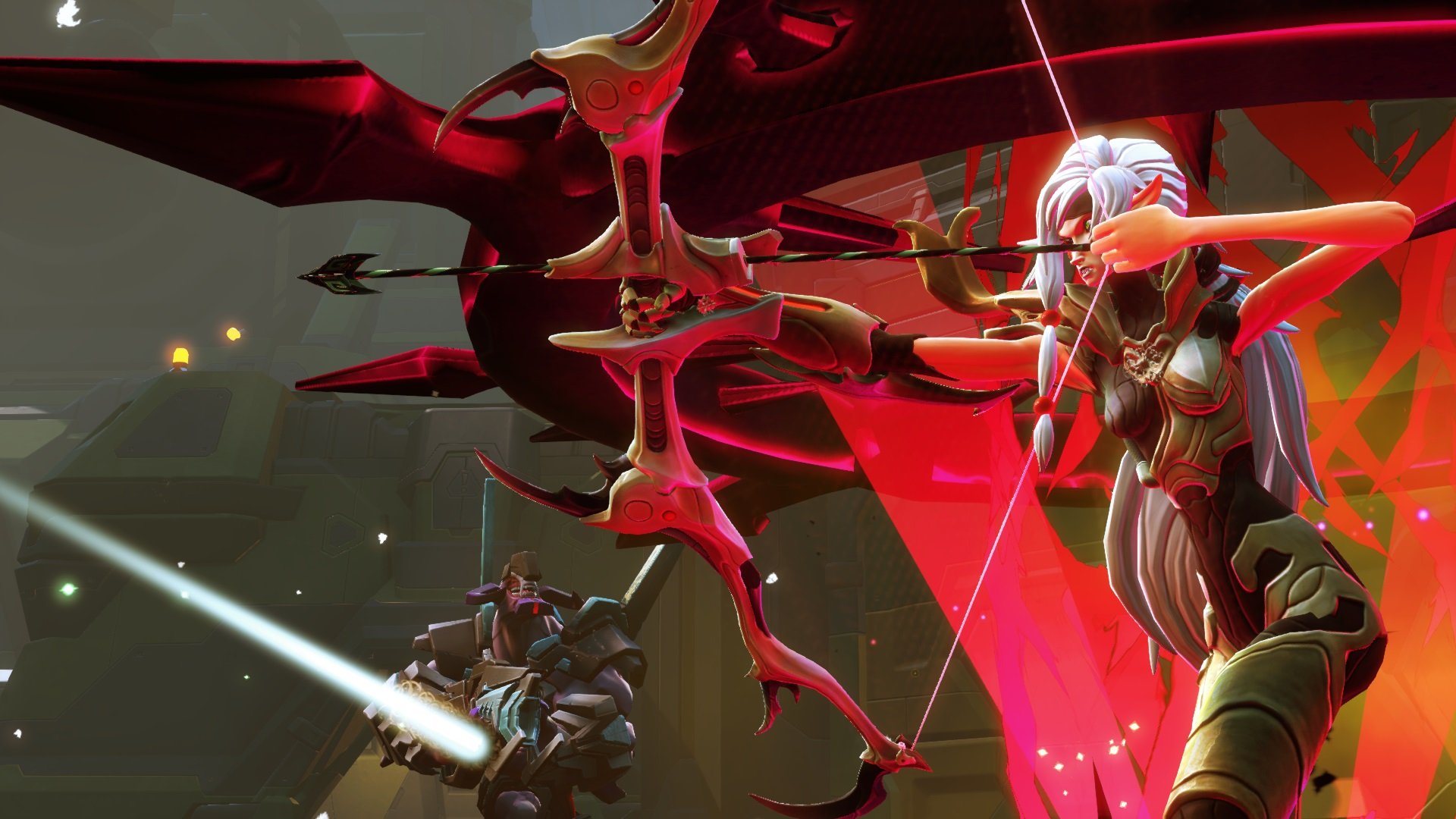
-
battleborn #15
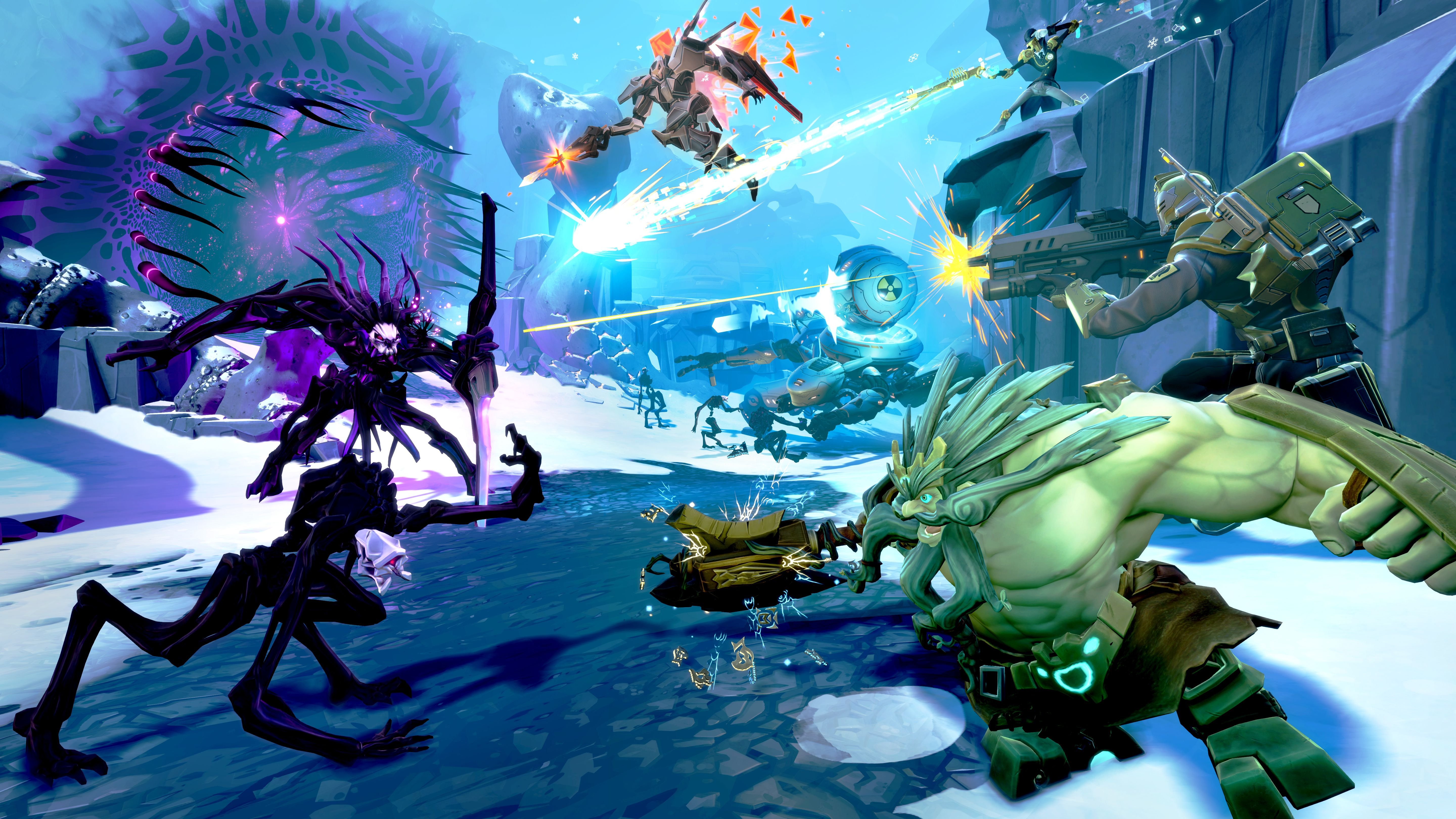
-
battleborn #16
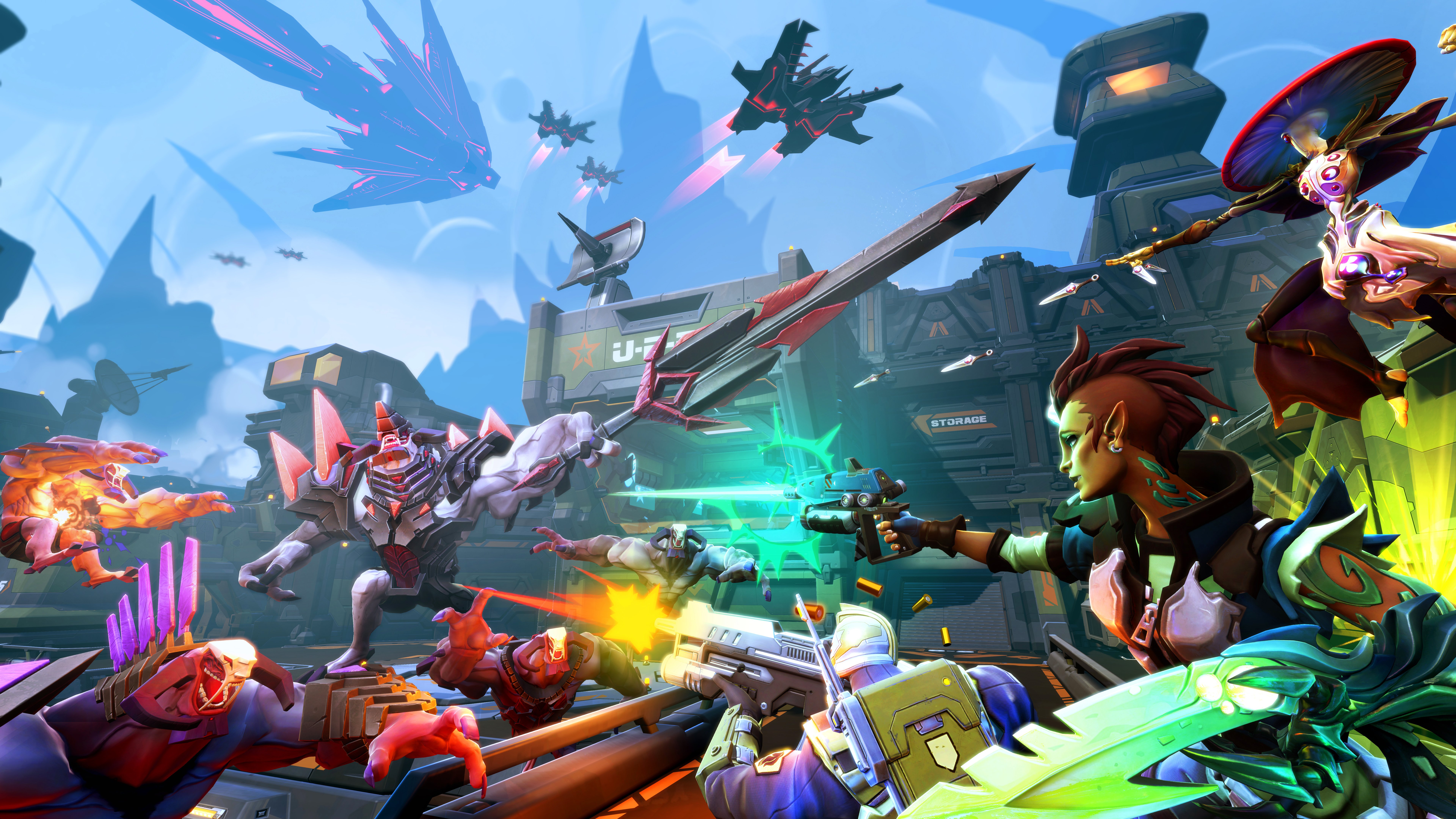
-
battleborn #17
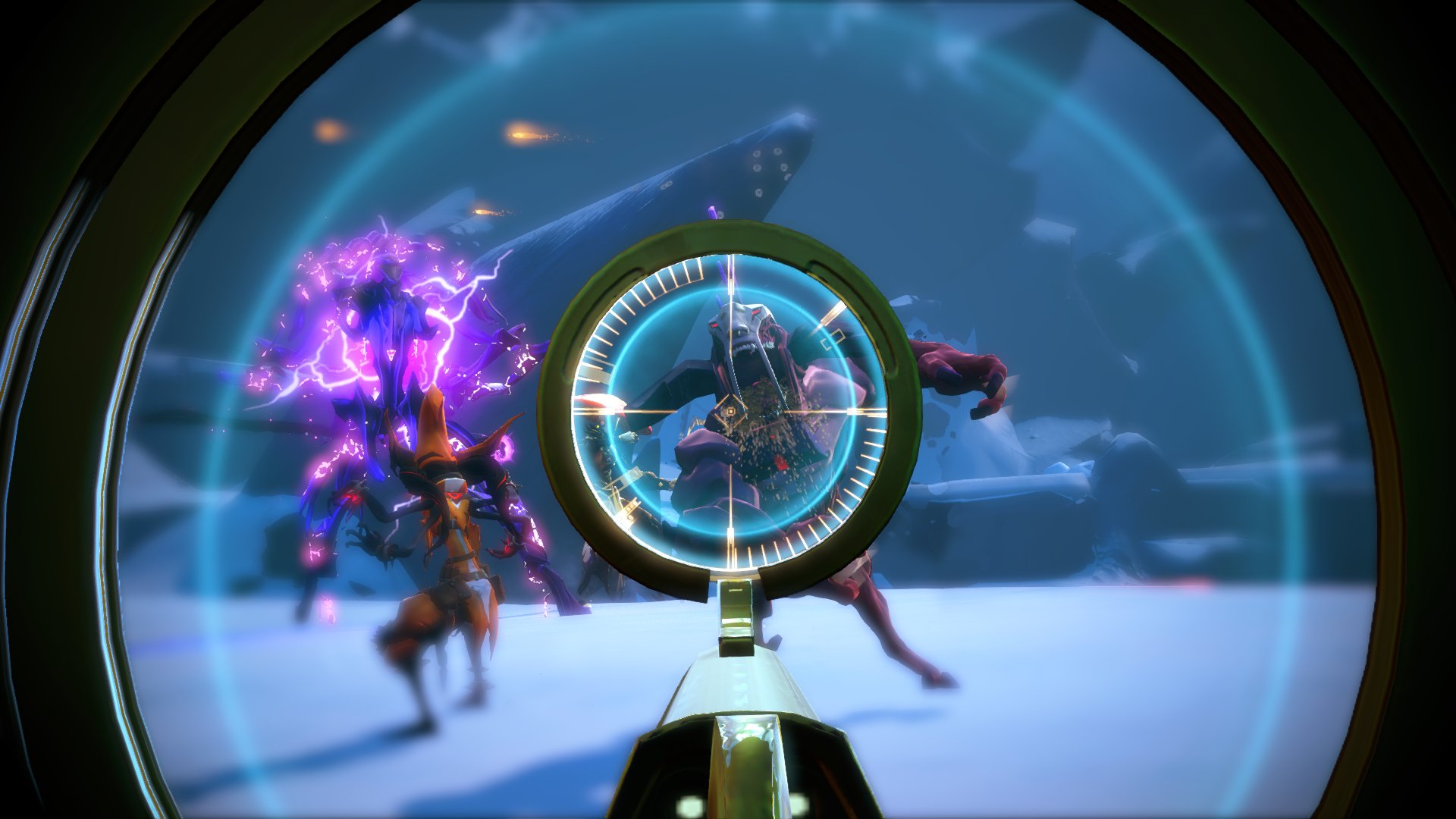
-
battleborn #18
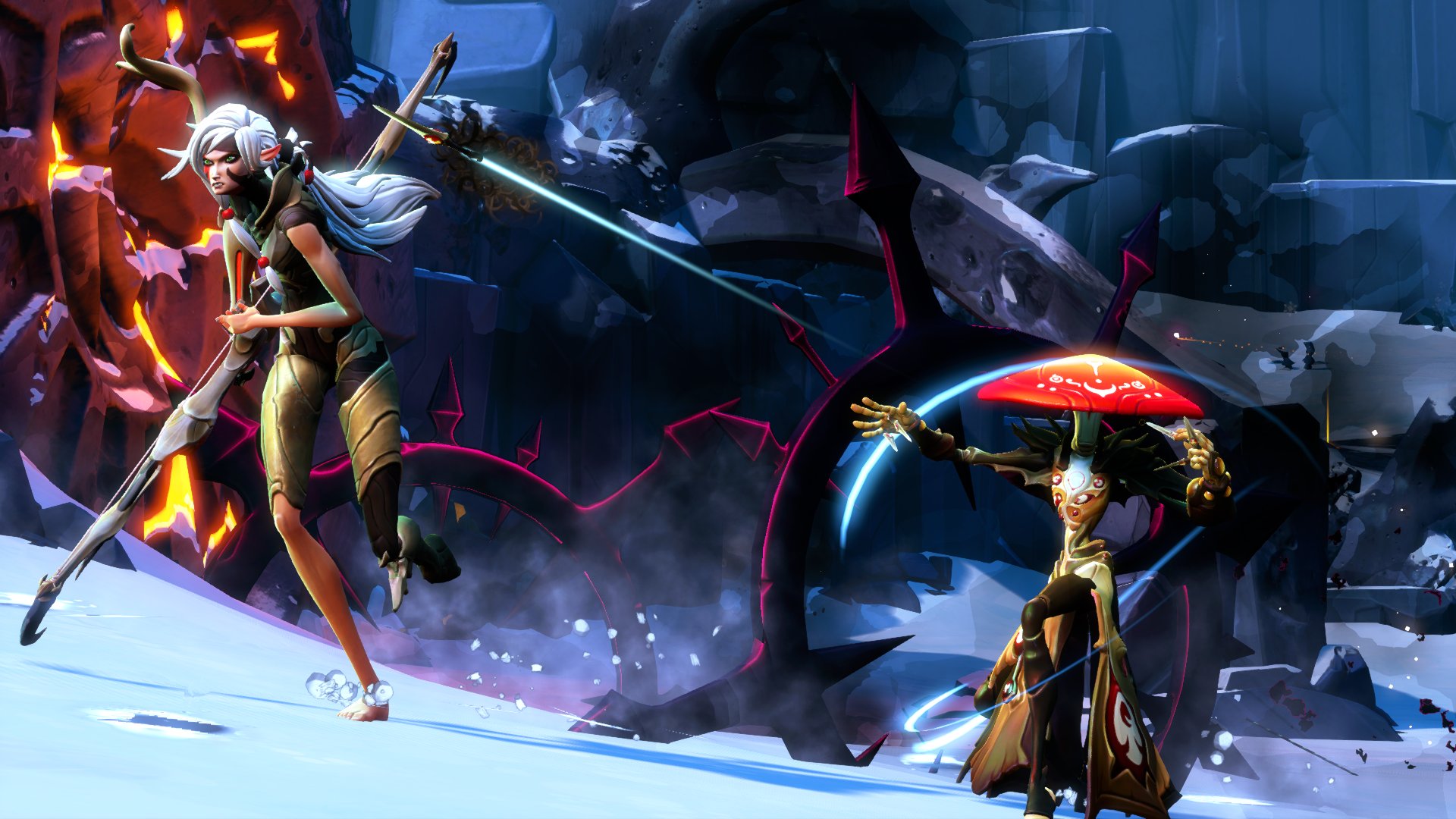
-
battleborn #19
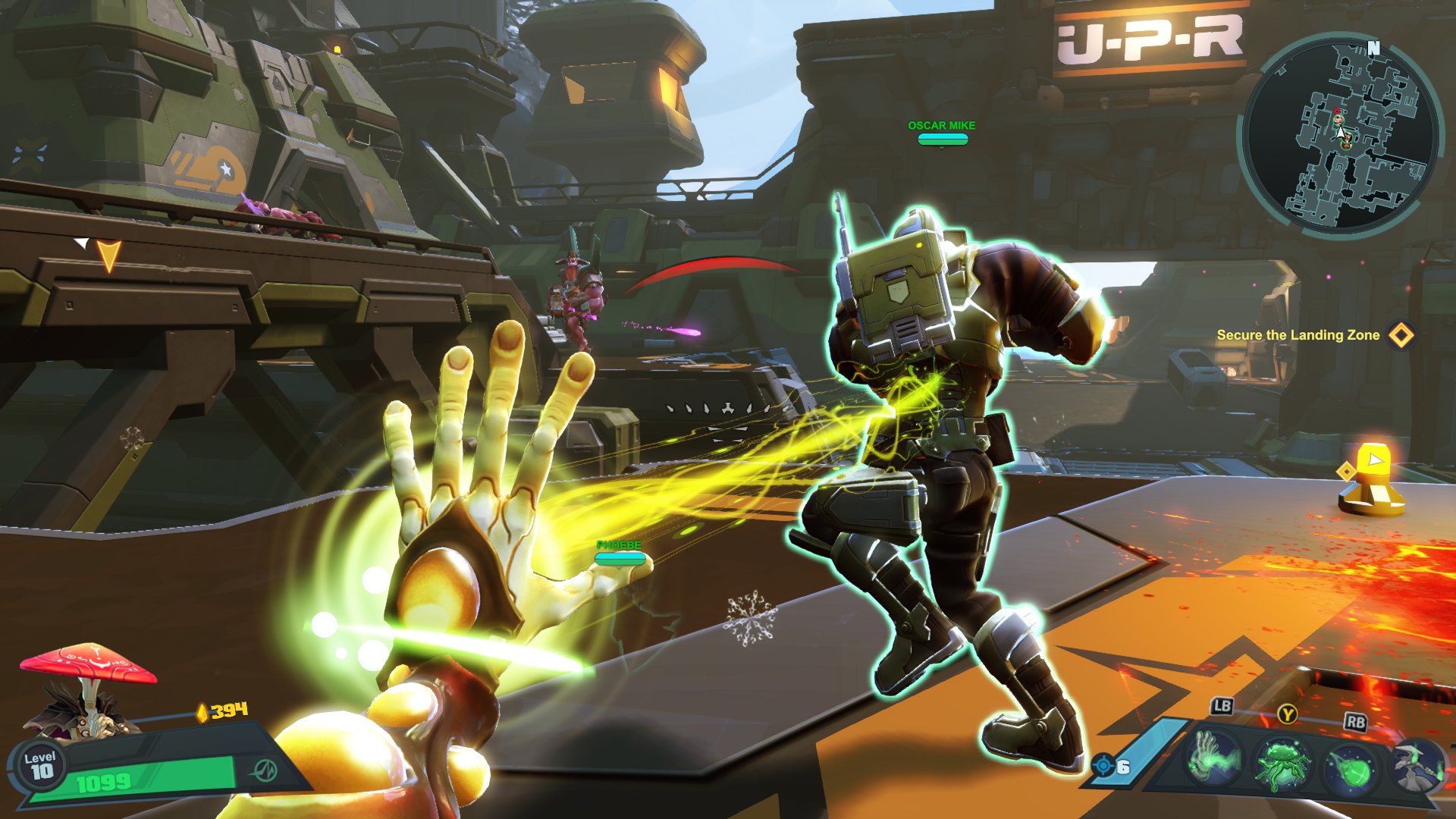
-
battleborn #20
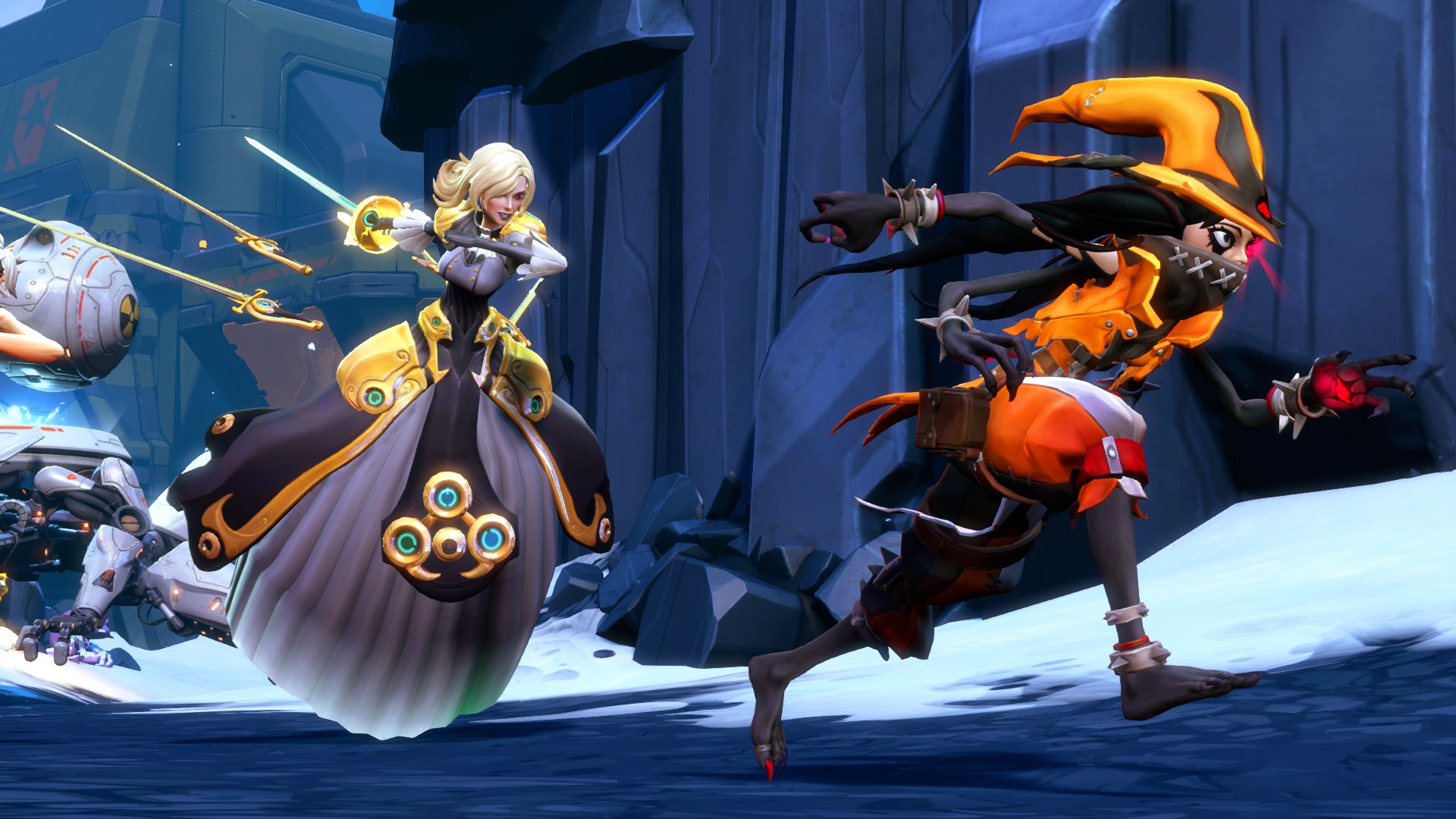
-
battleborn #21
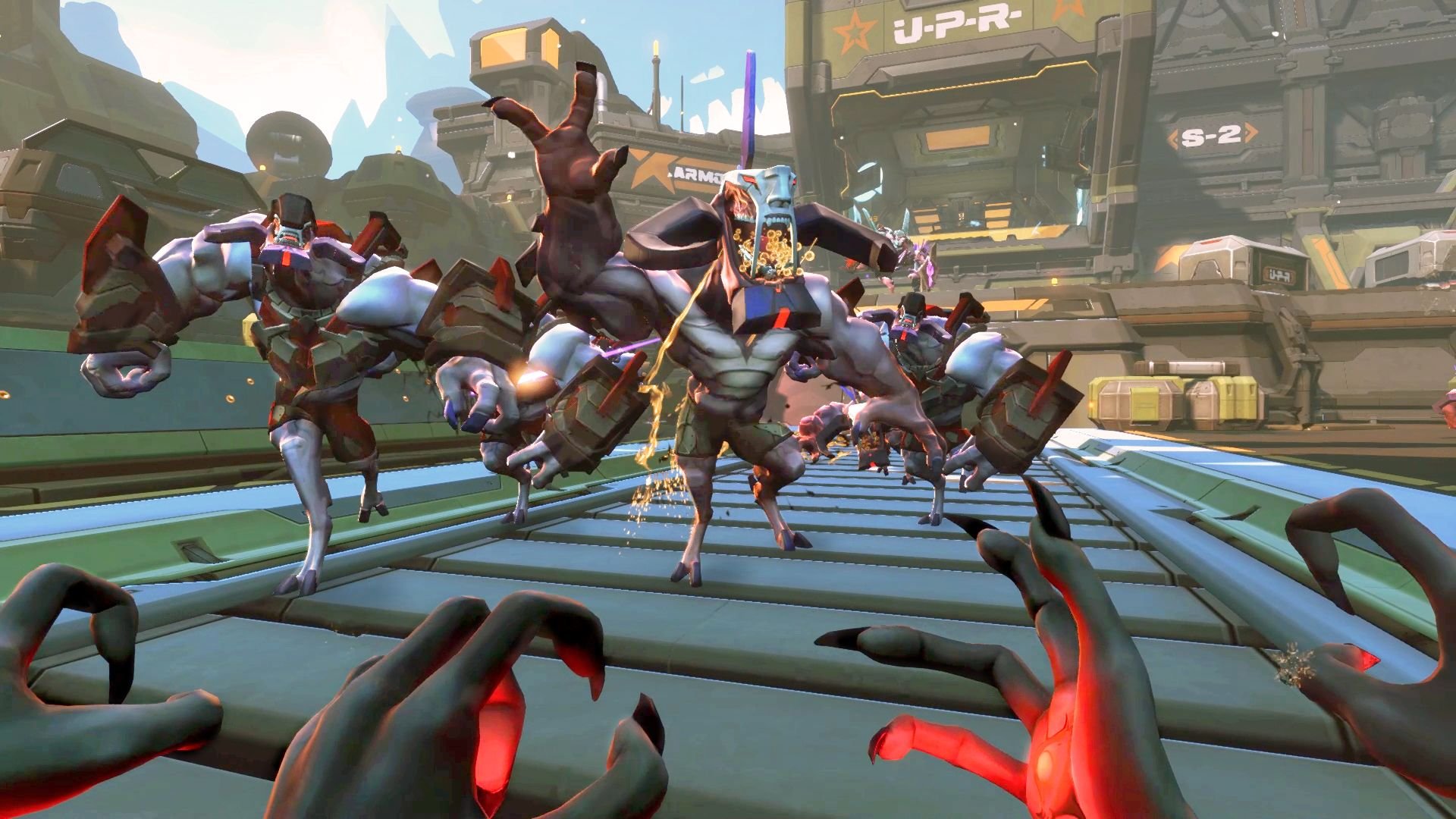
-
battleborn #22
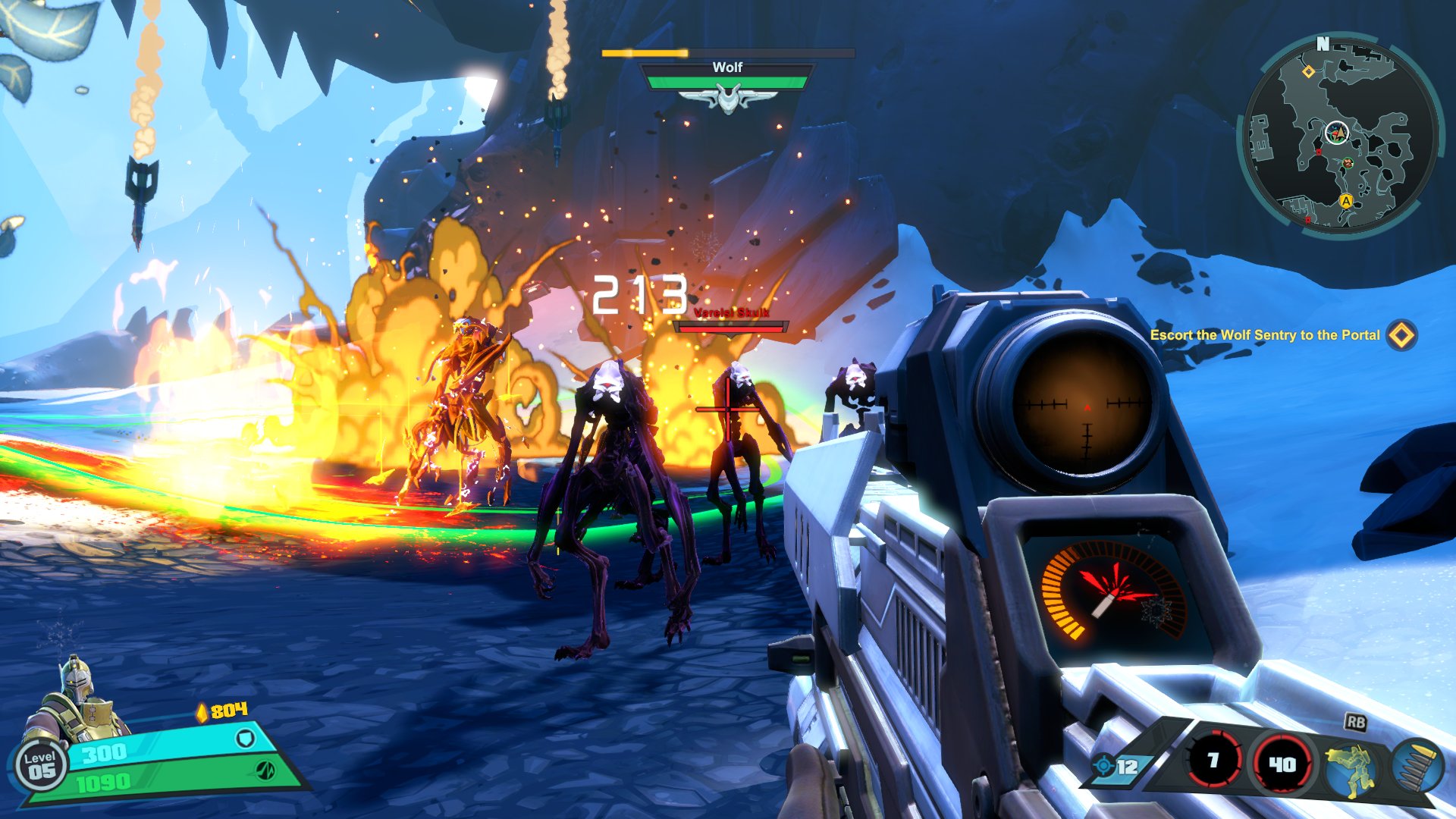
-
battleborn #23
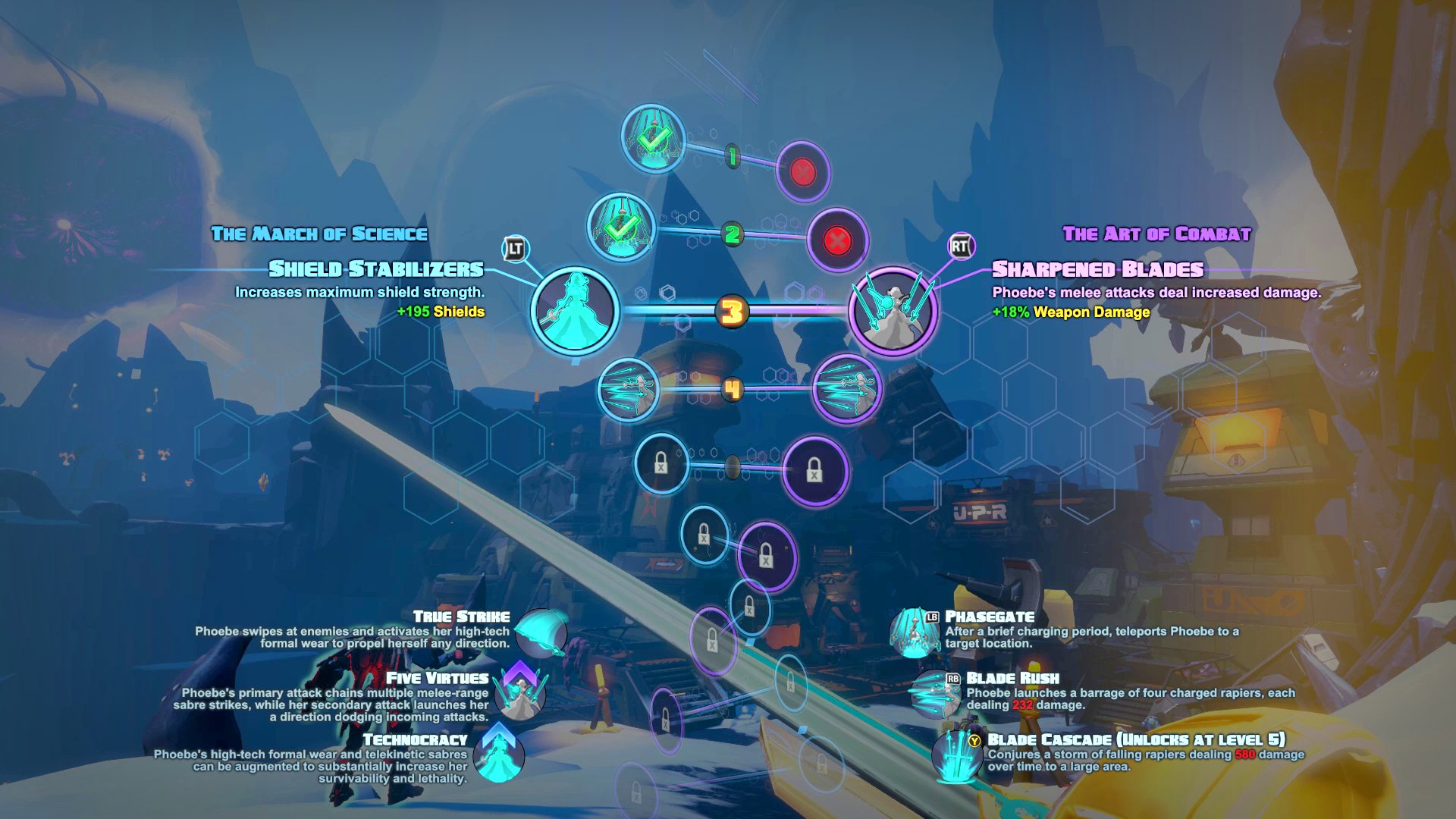
-
battleborn #24
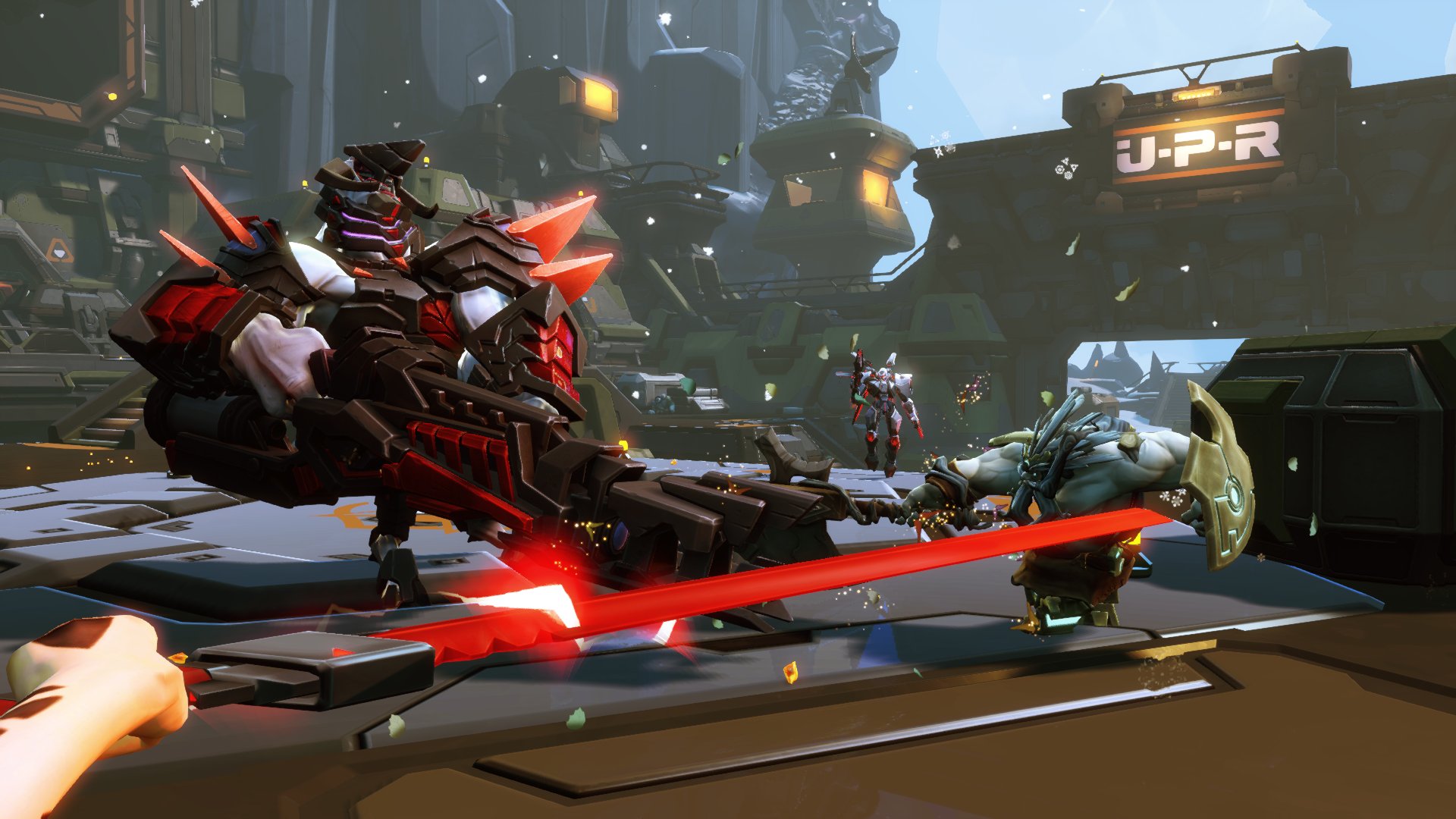
-
battleborn #25
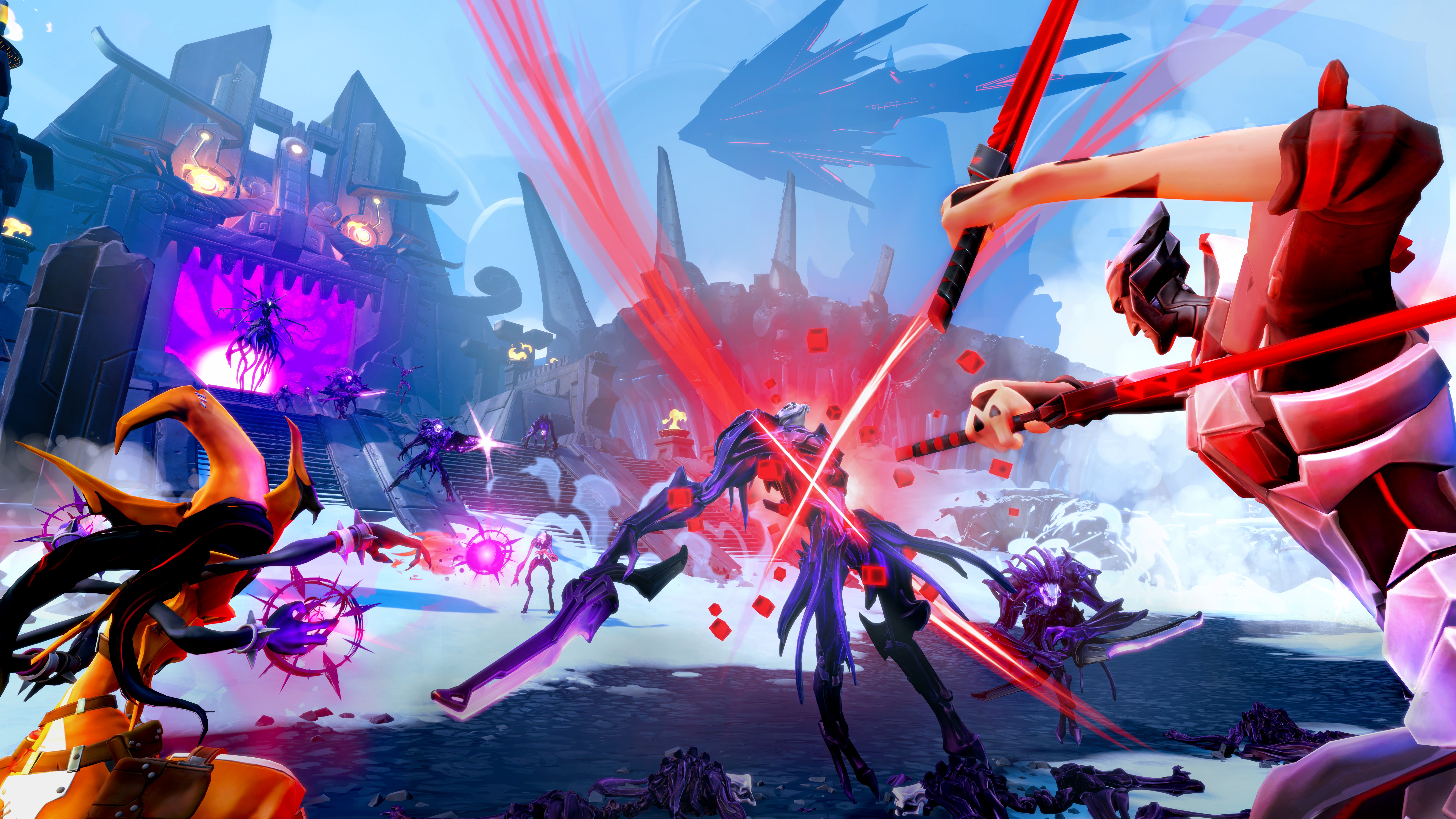
-
battleborn #26
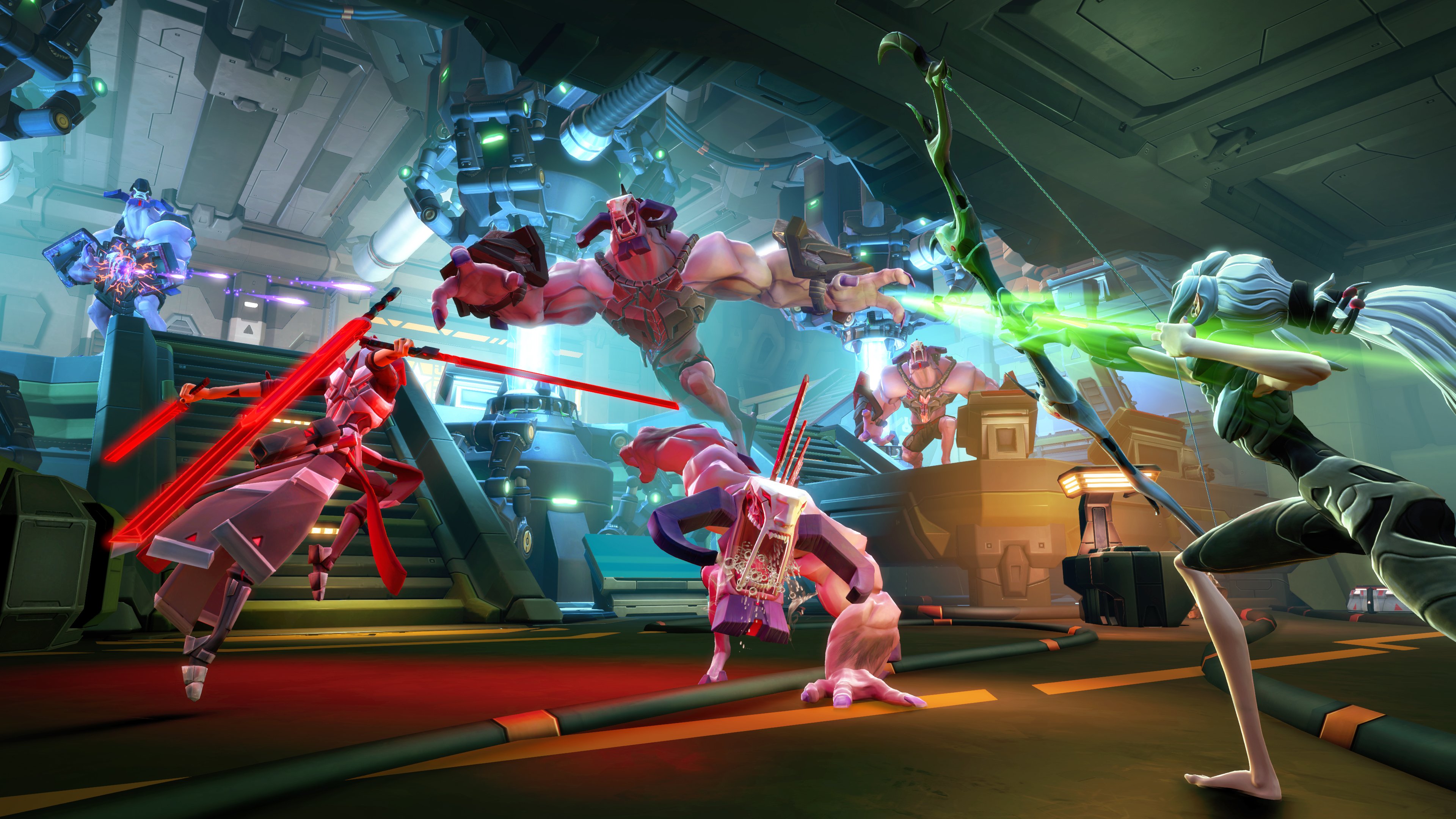
-
battleborn #27
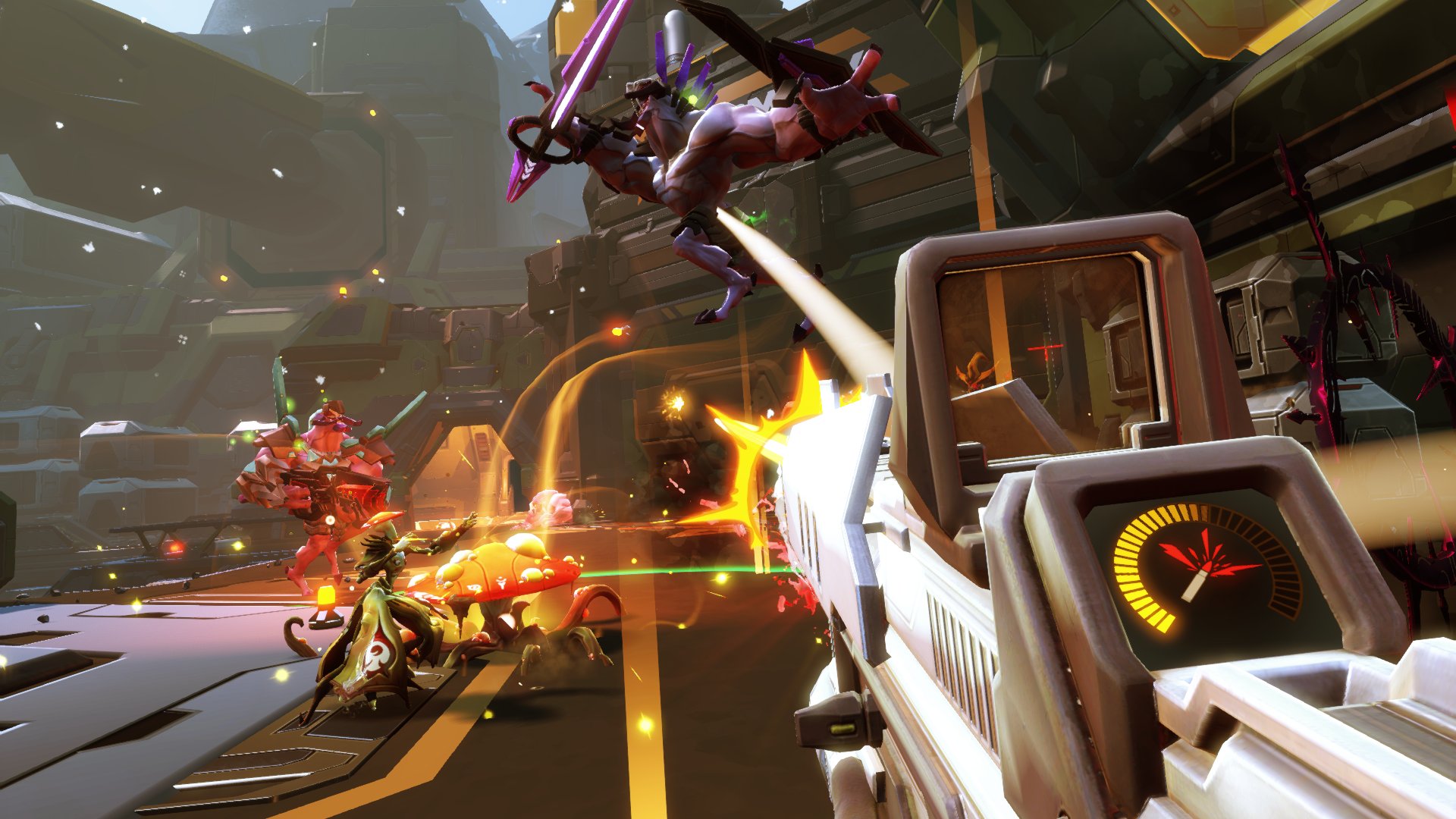
-
battleborn #28
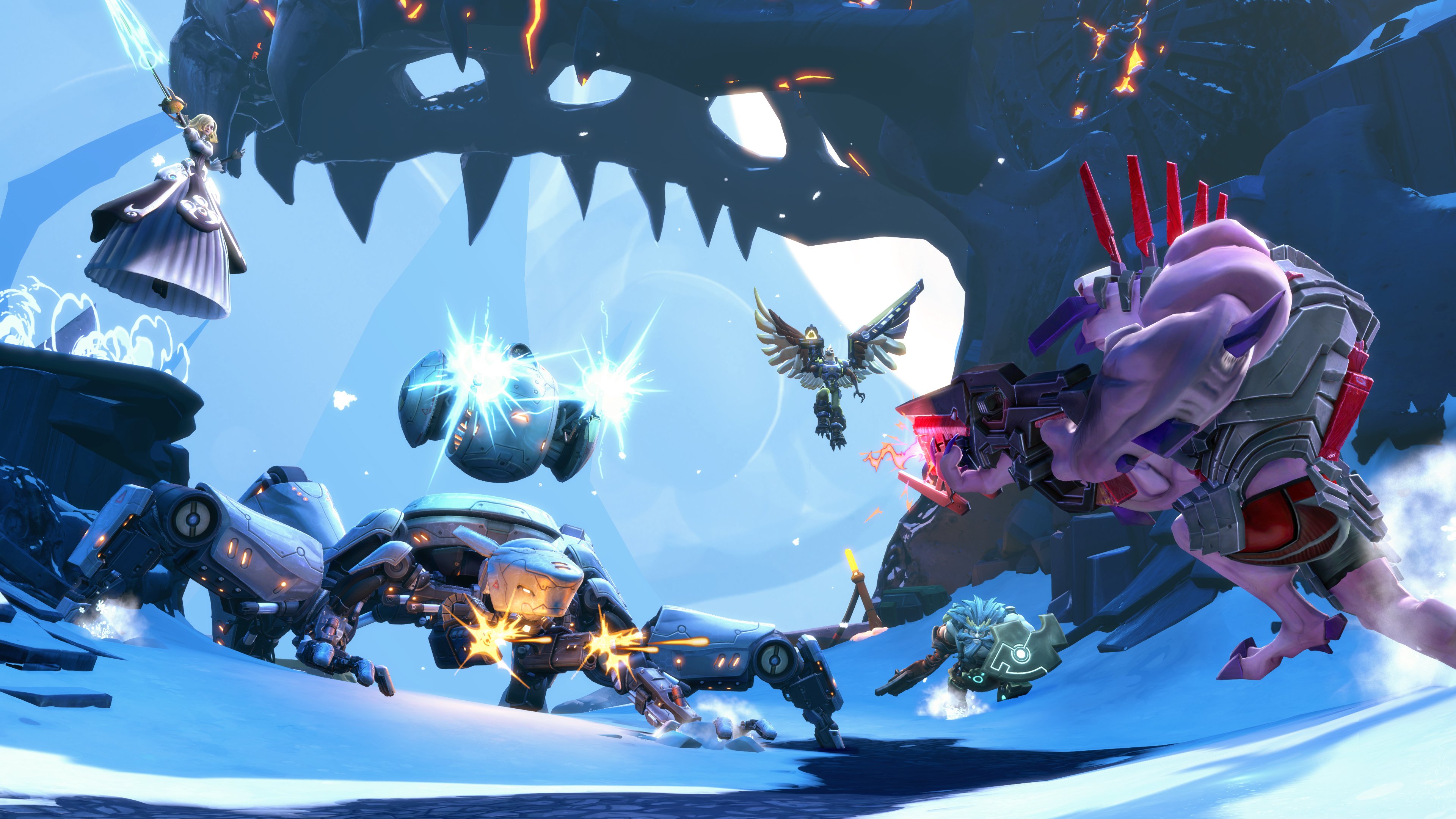
-
battleborn #29
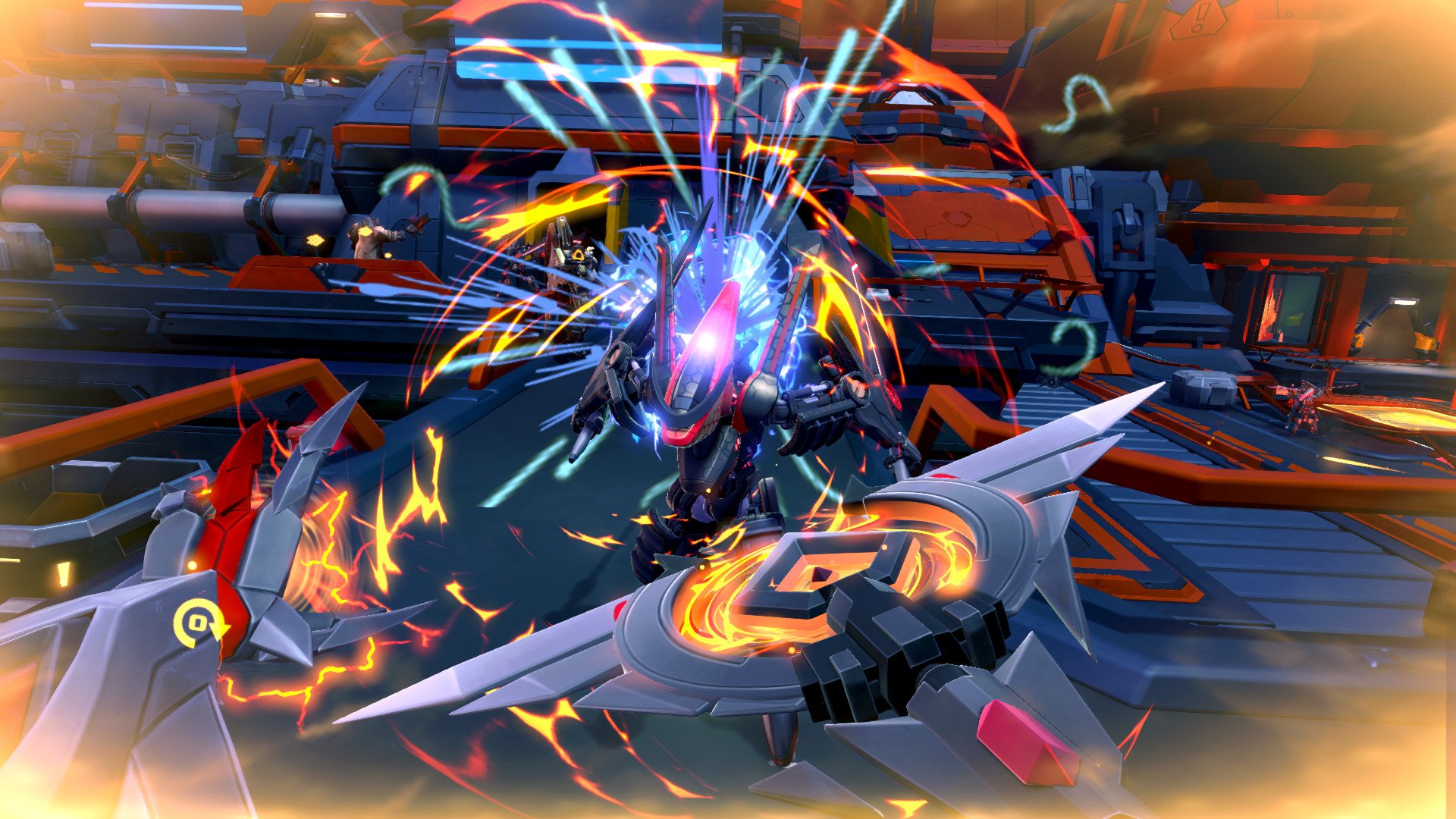
-
battleborn #30
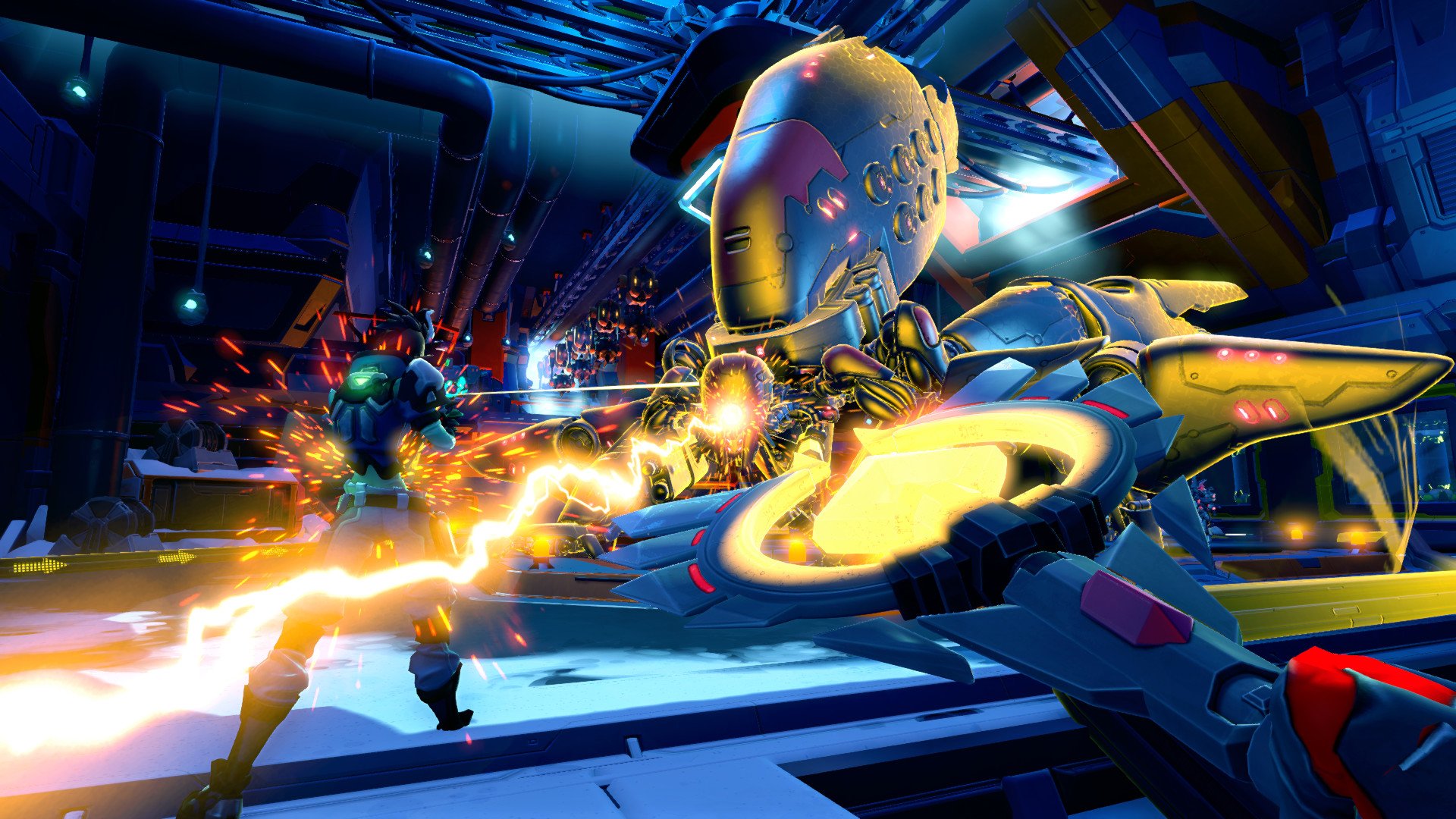
-
battleborn #31
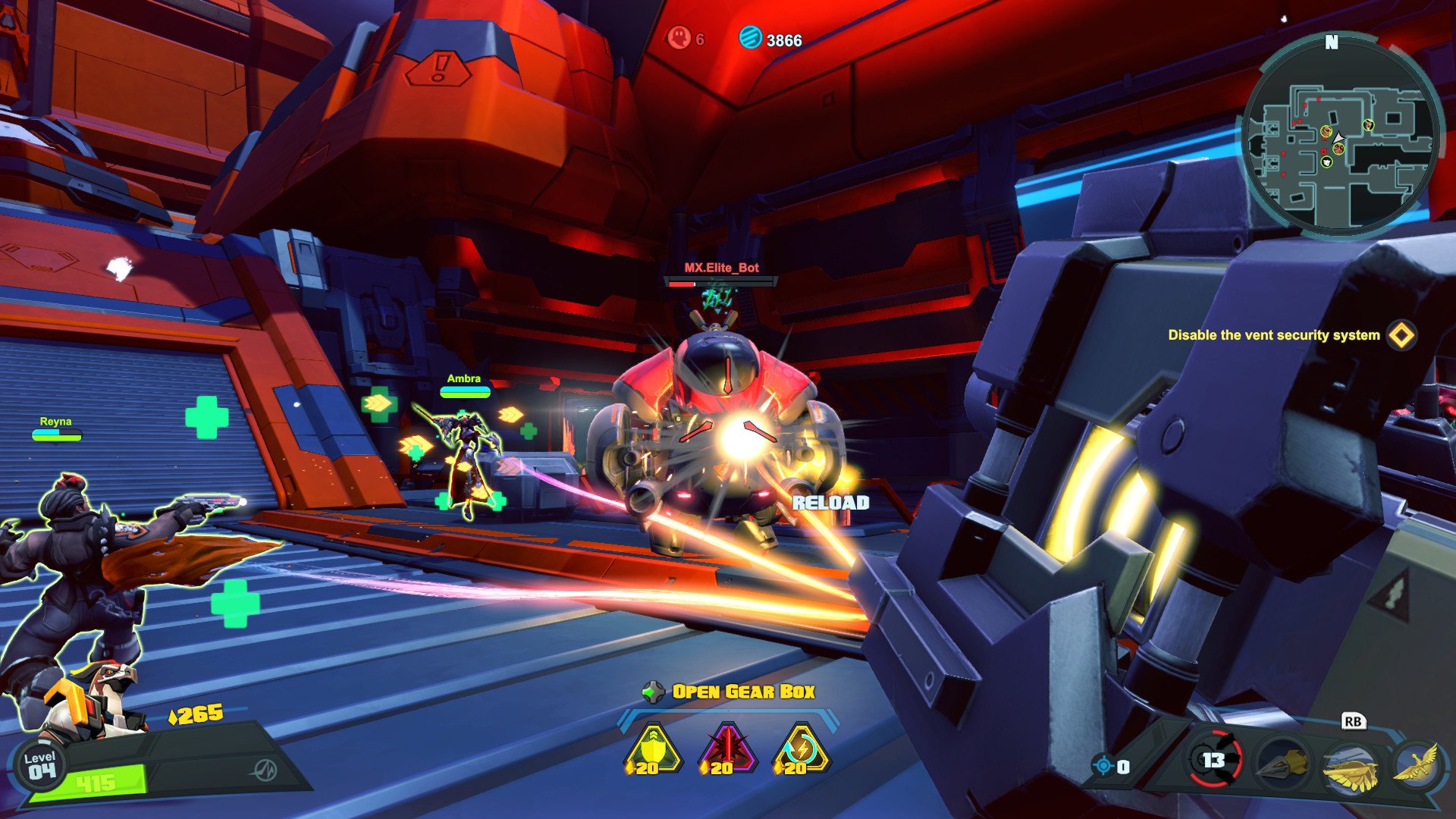
-
battleborn #32
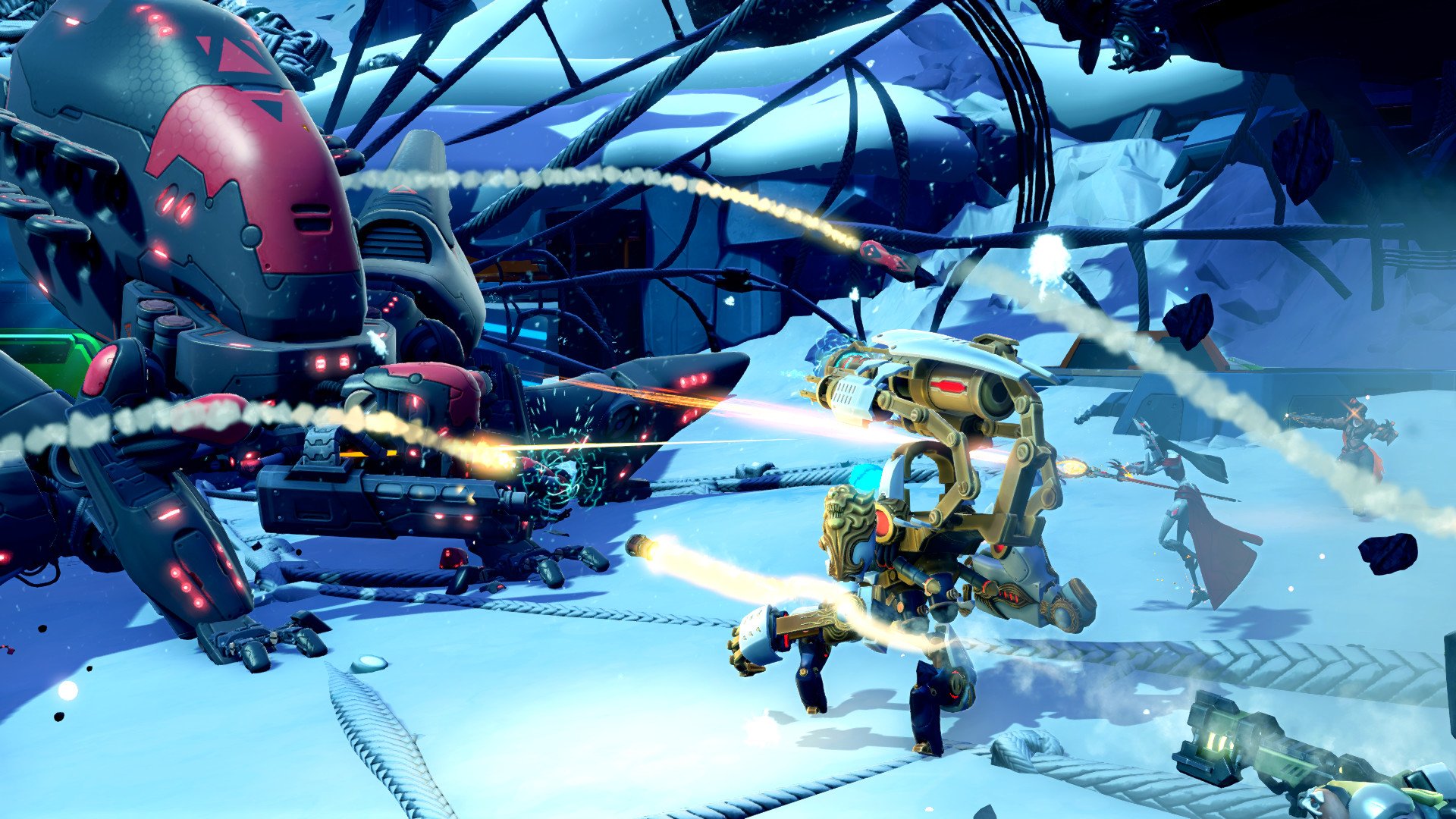
-
battleborn #33
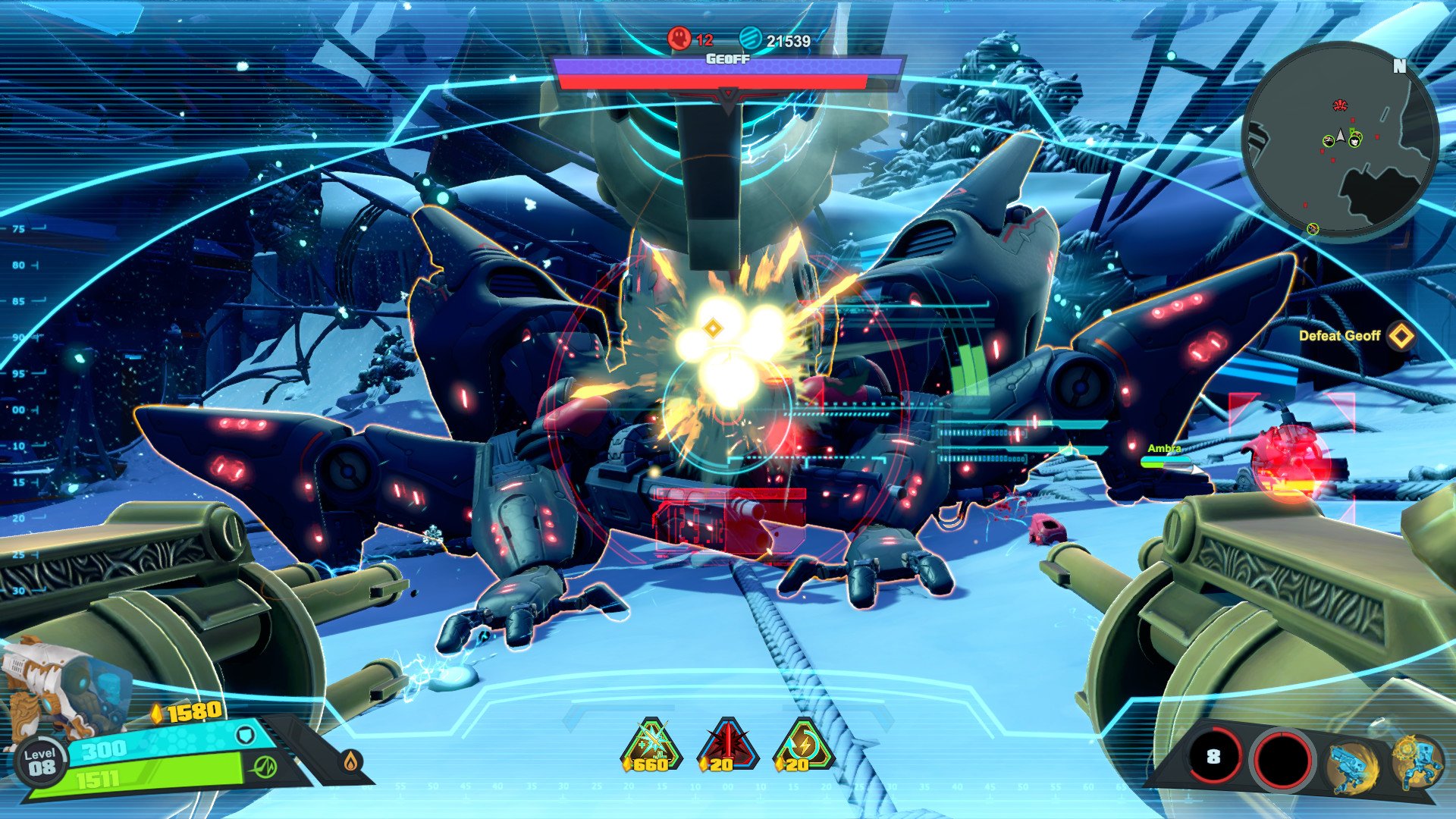
-
battleborn #34

-
battleborn #35
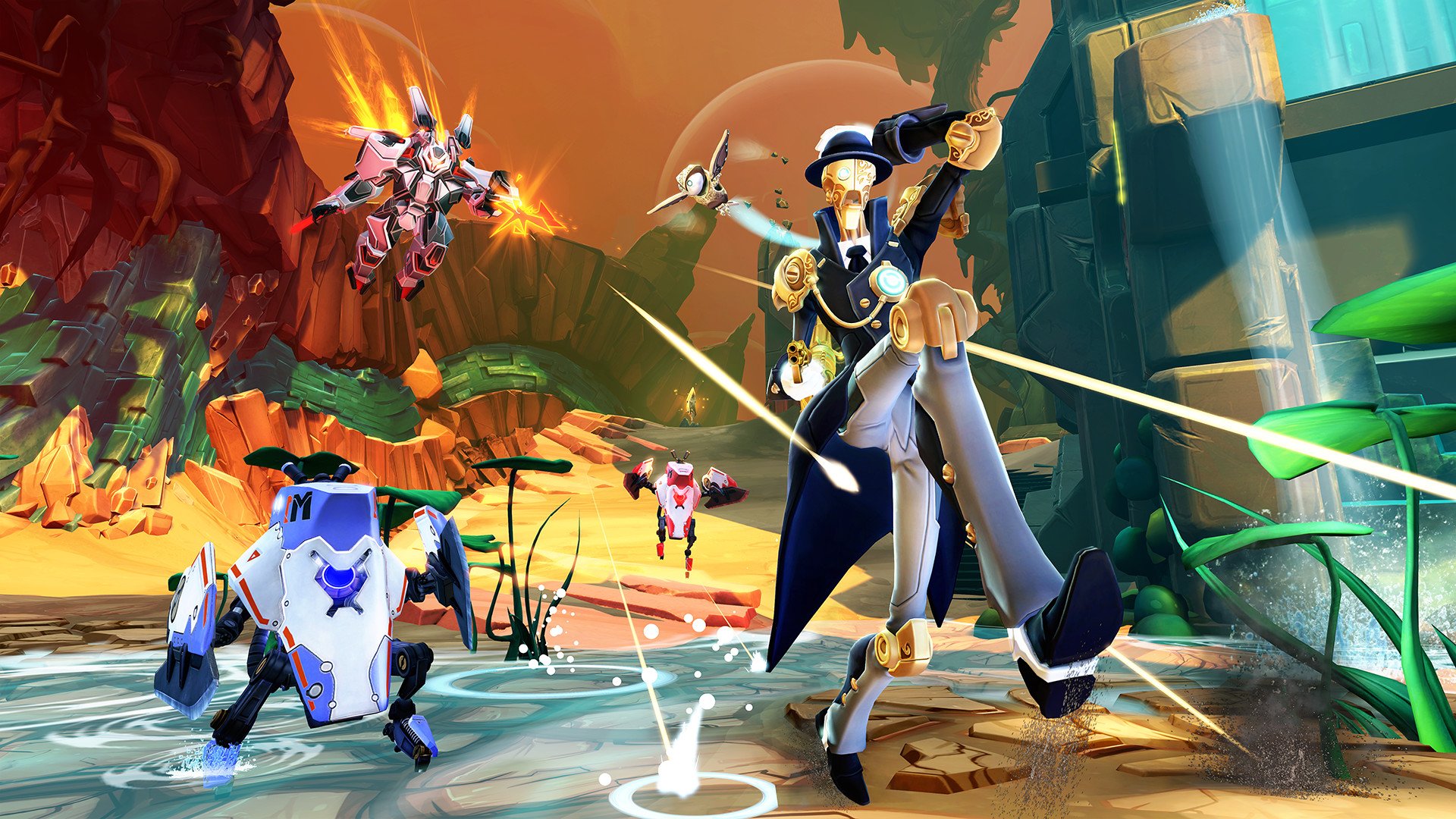
-
battleborn #36
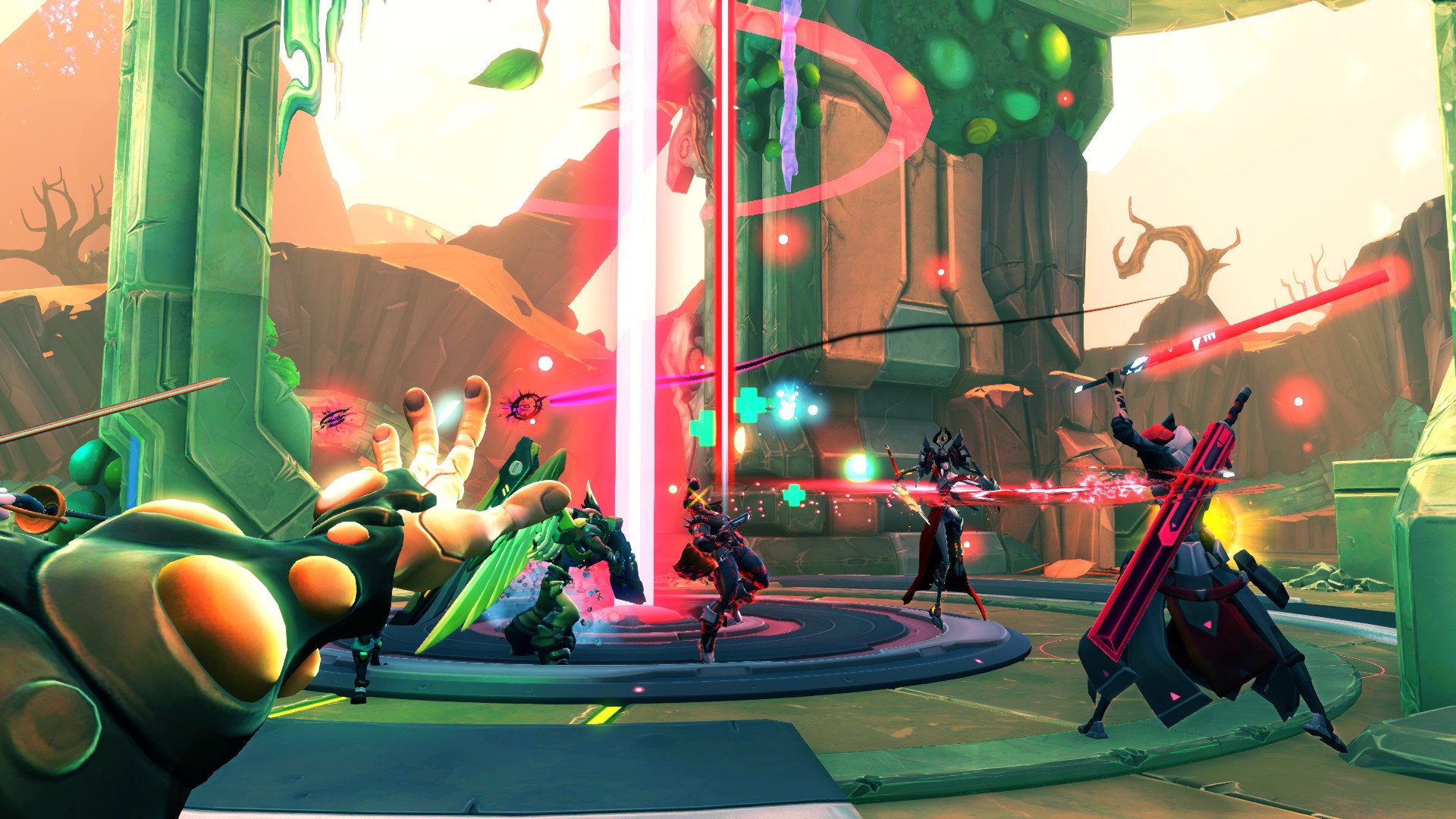
-
battleborn #37
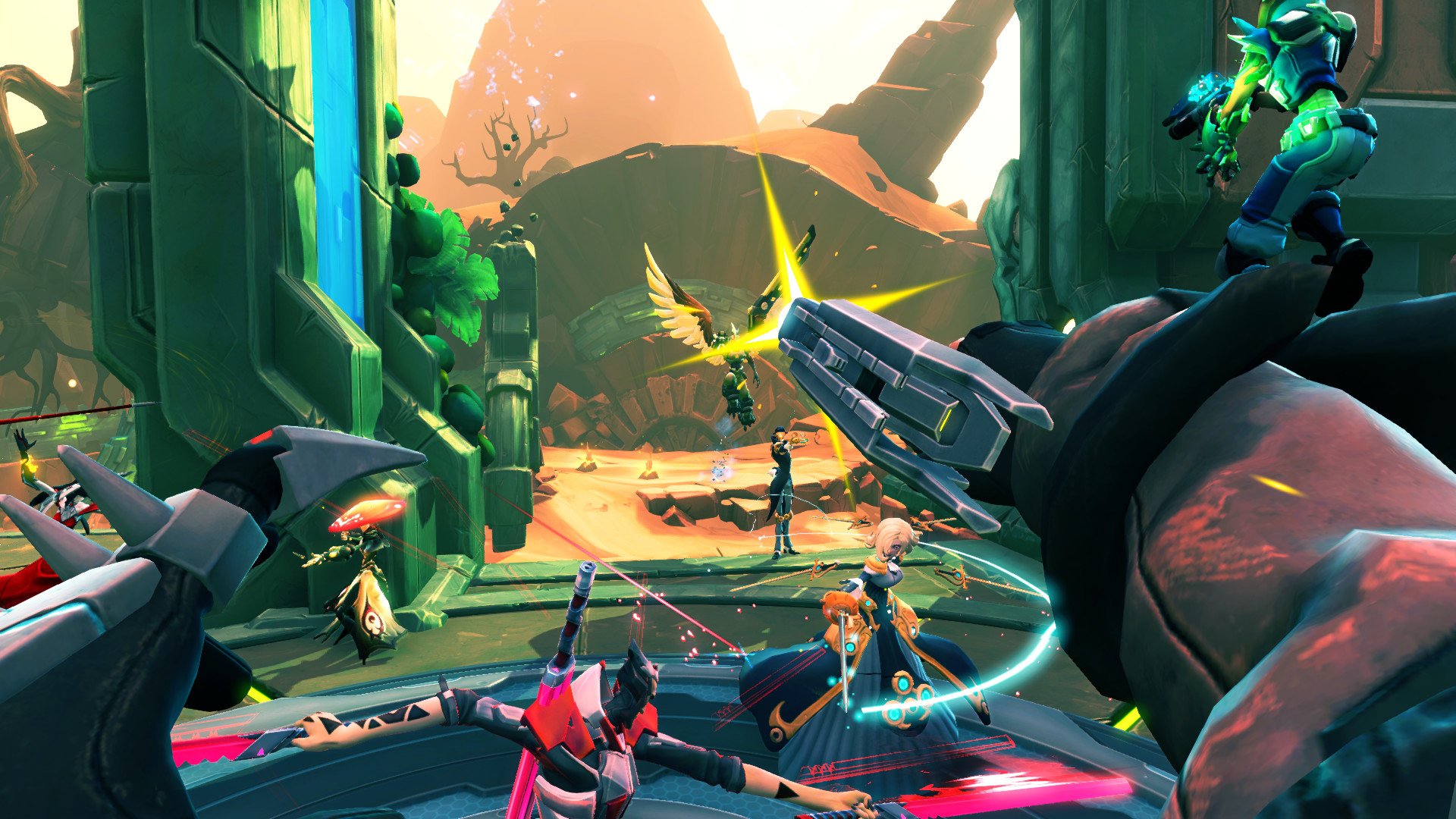
-
battleborn #38
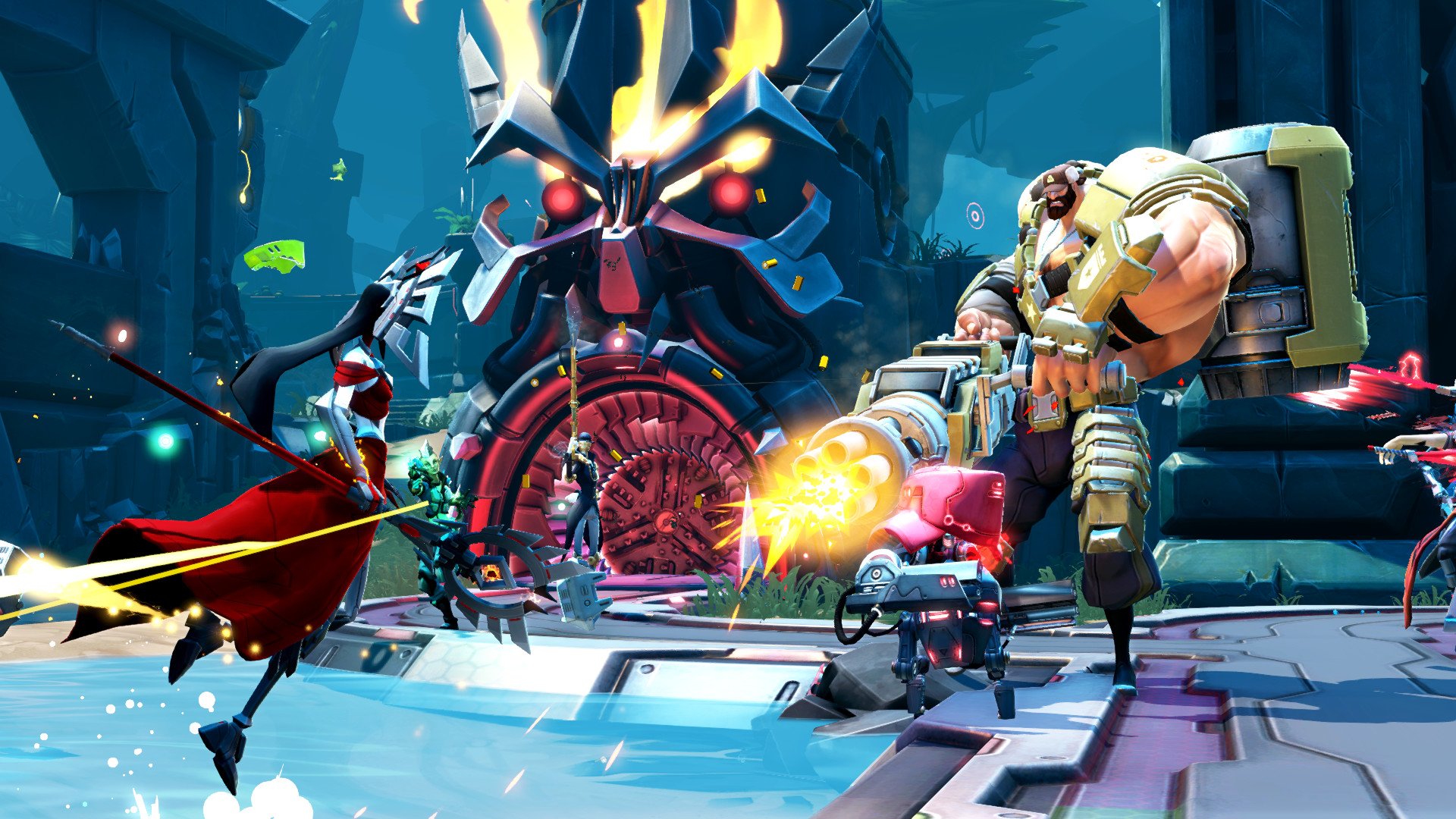
-
battleborn #39
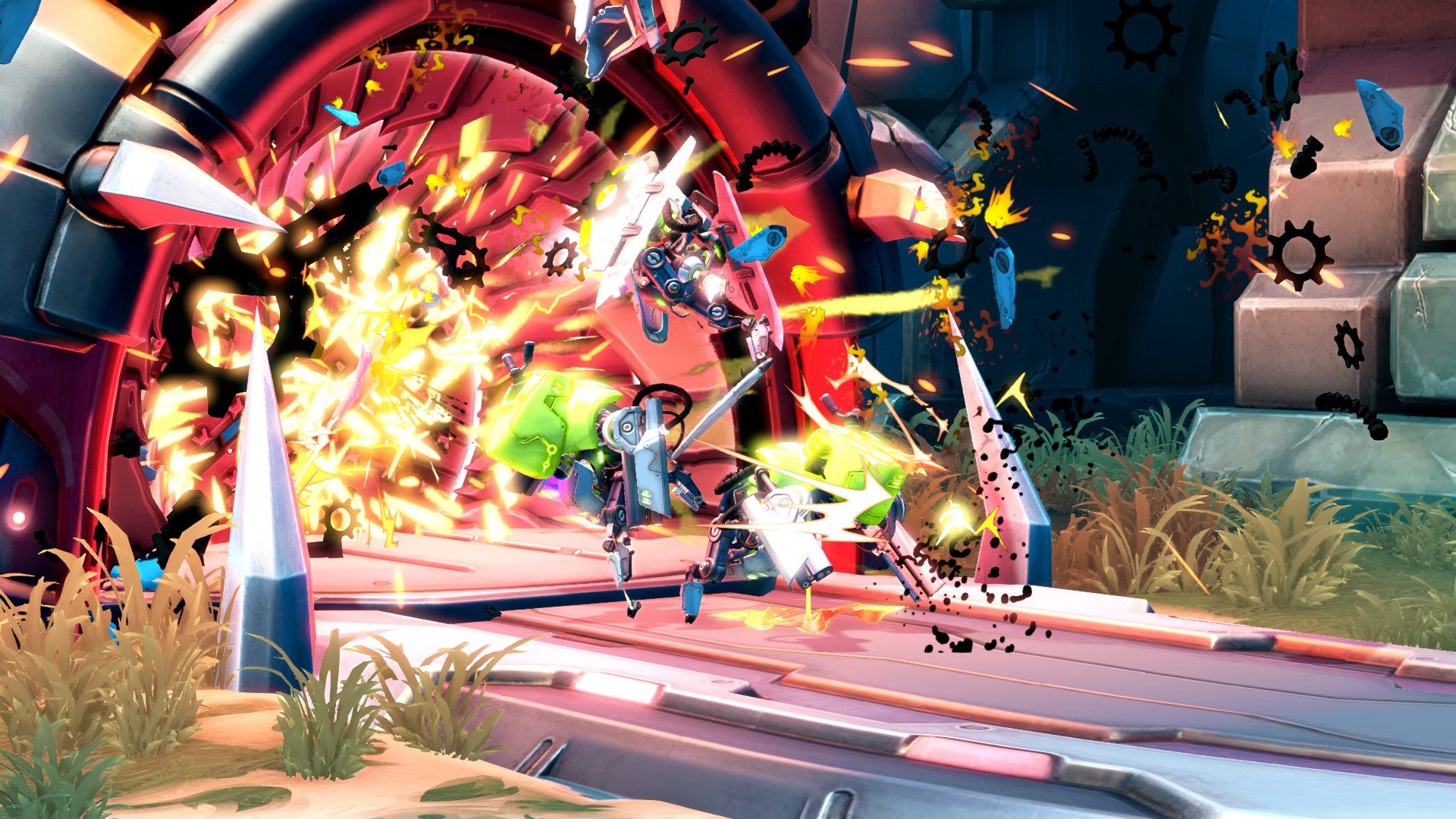
-
battleborn #40
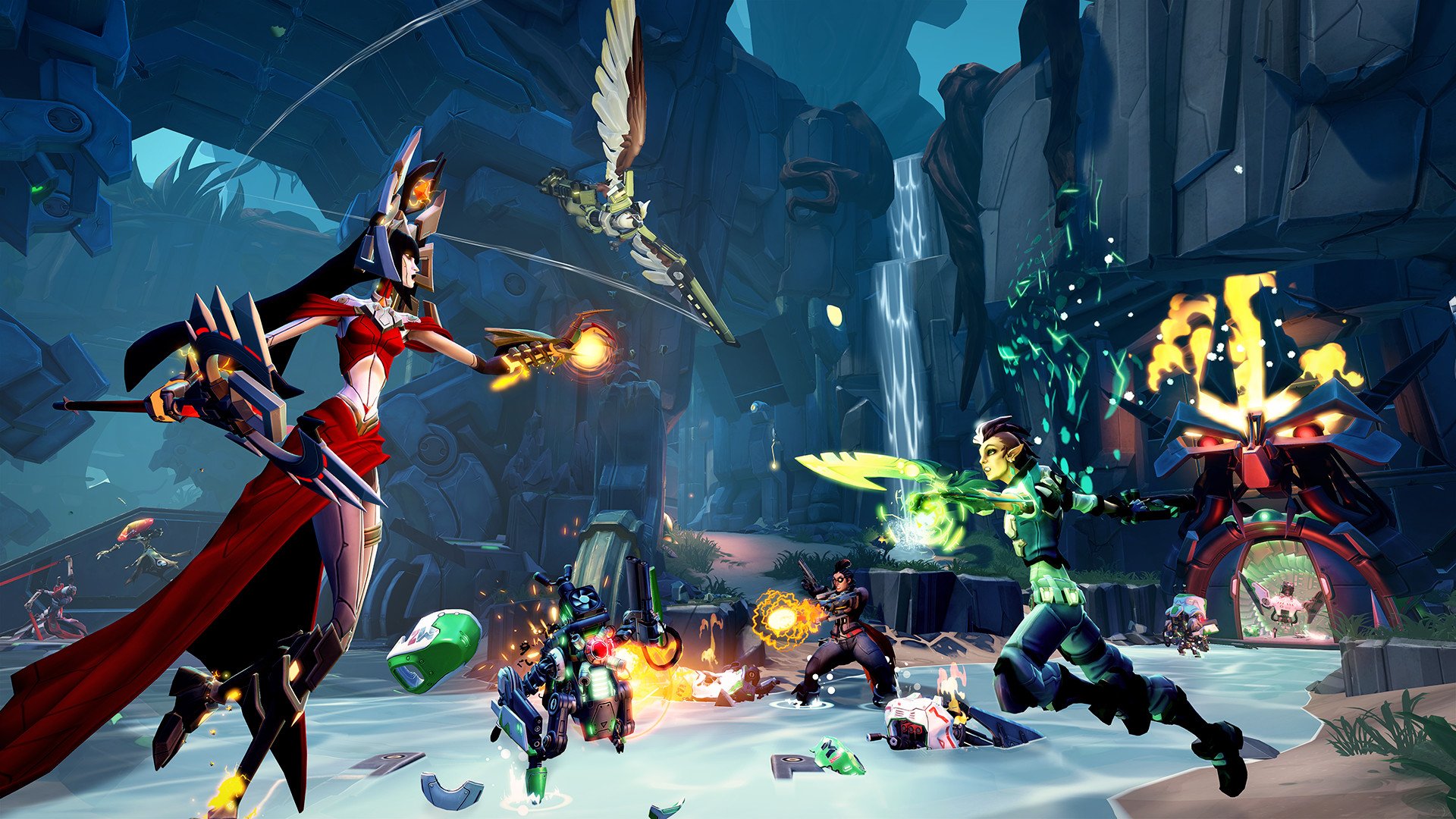
-
battleborn #41
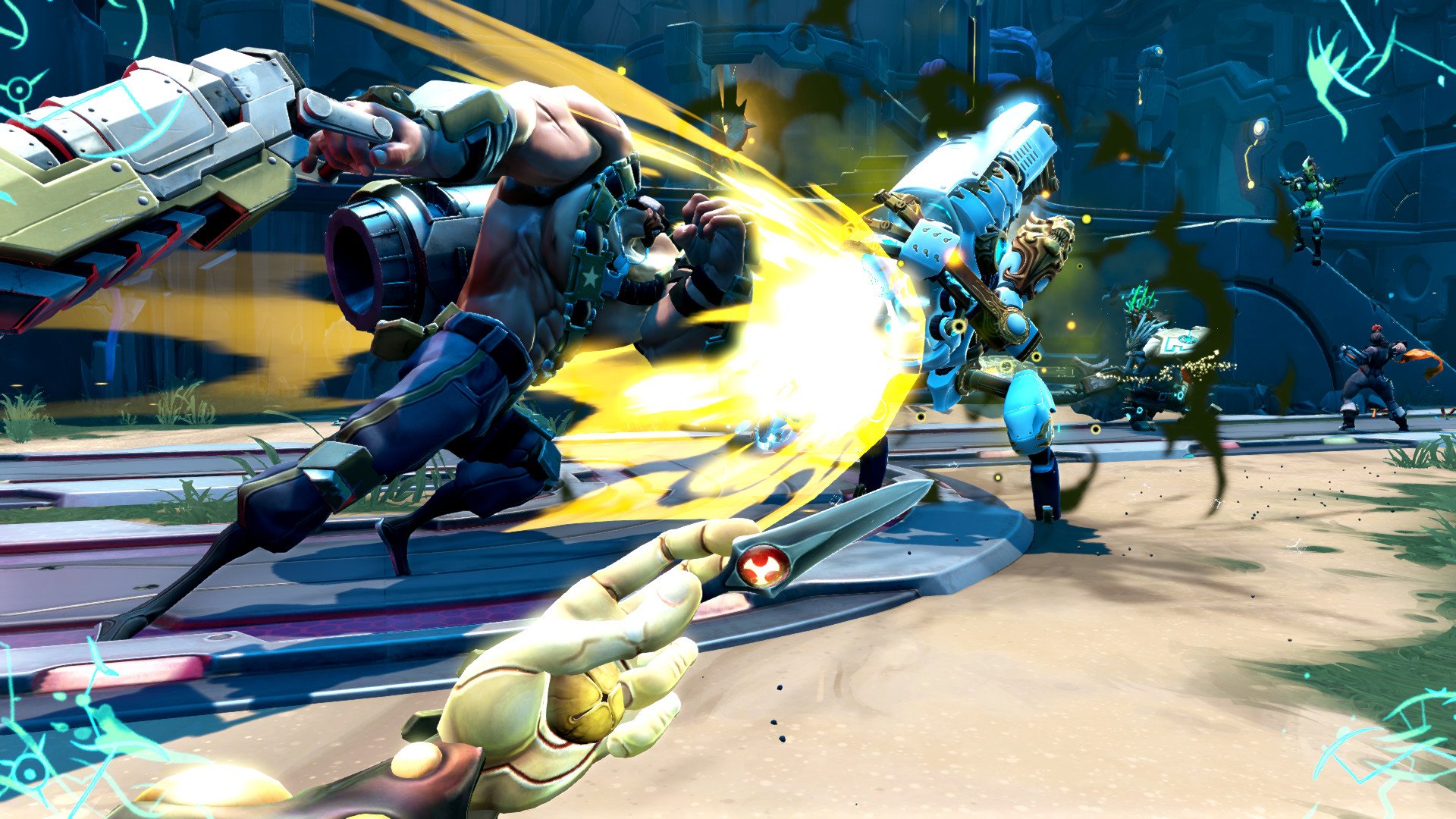
-
battleborn #42
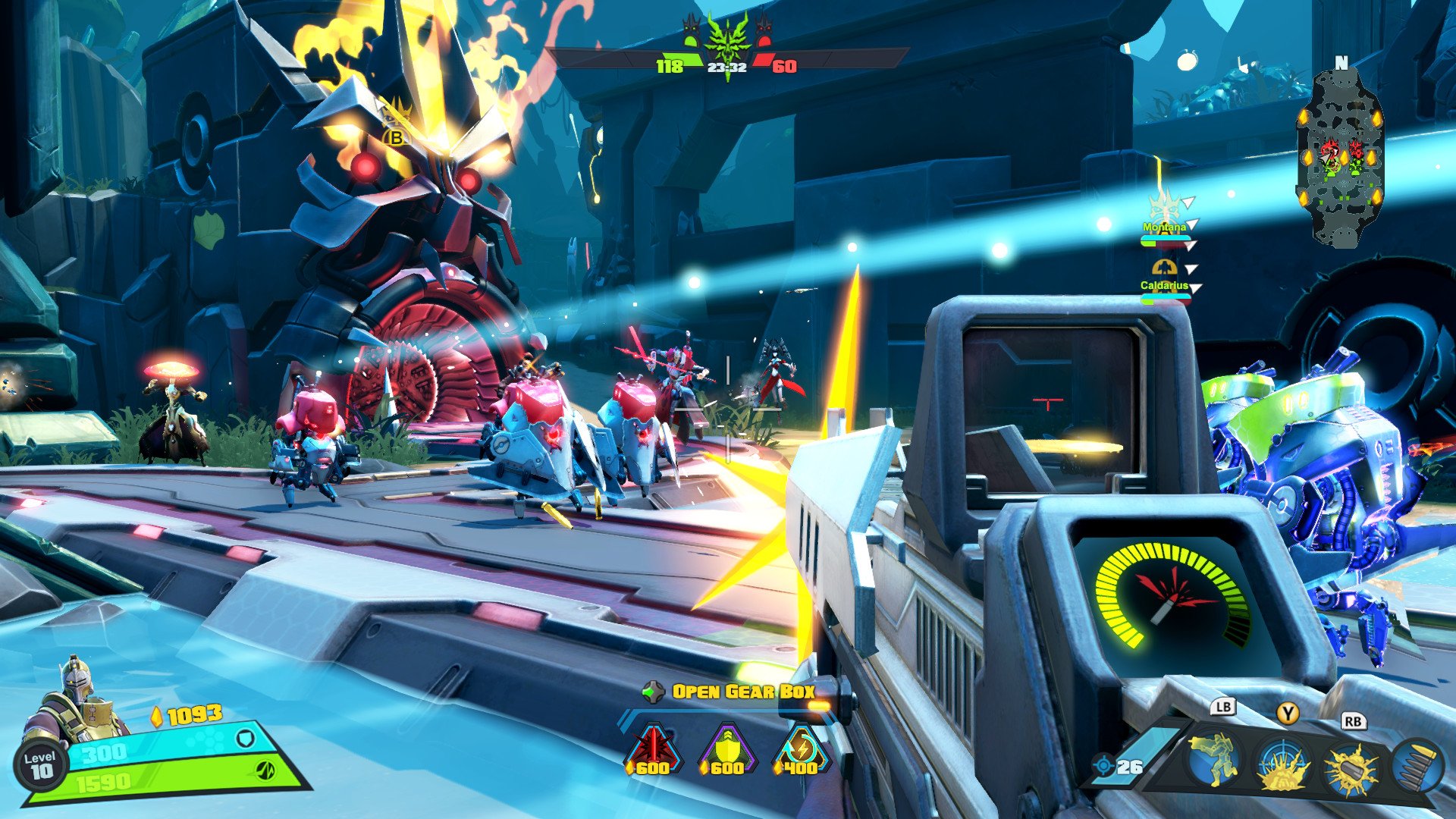
-
battleborn #43
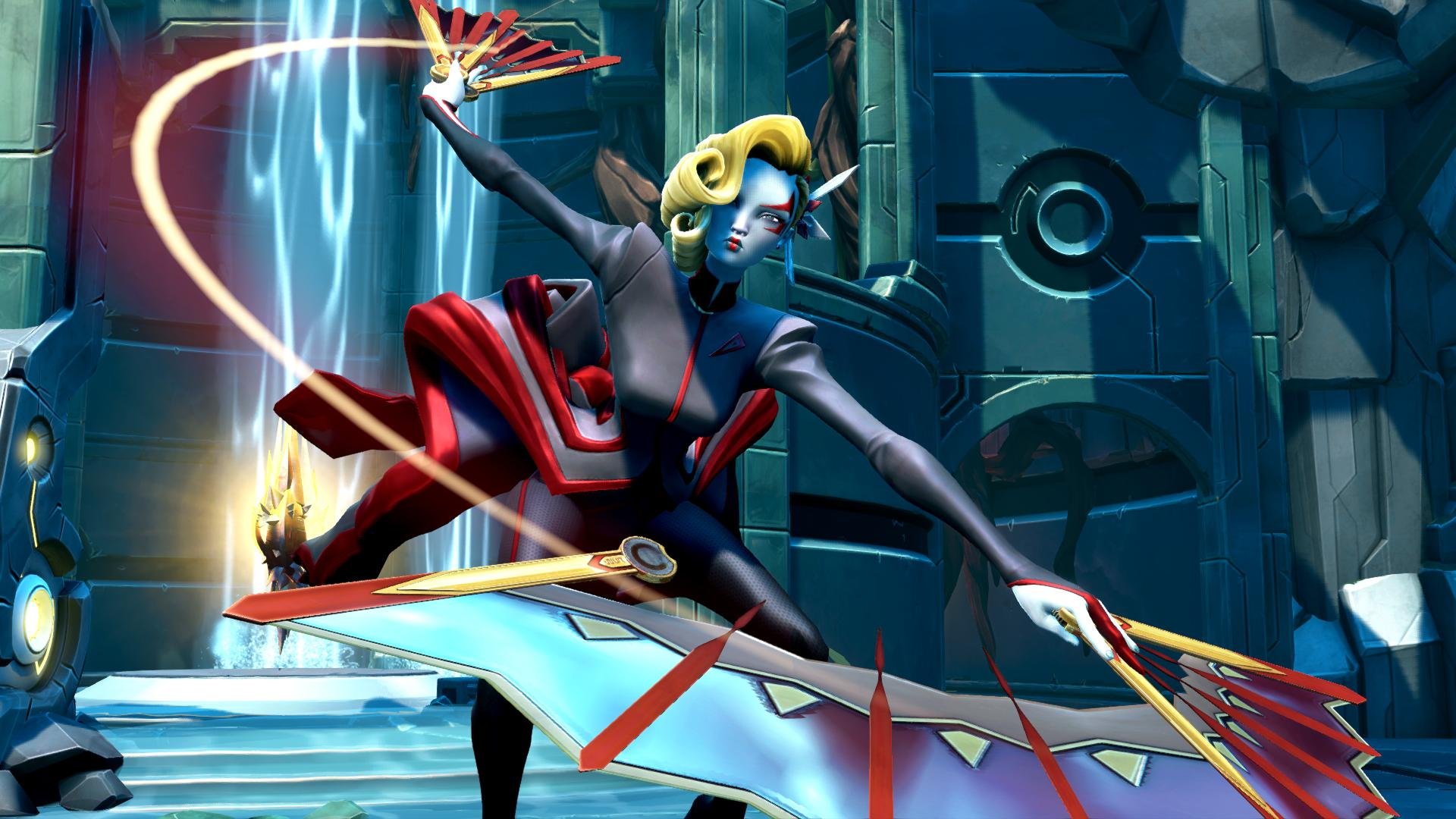
-
battleborn #44
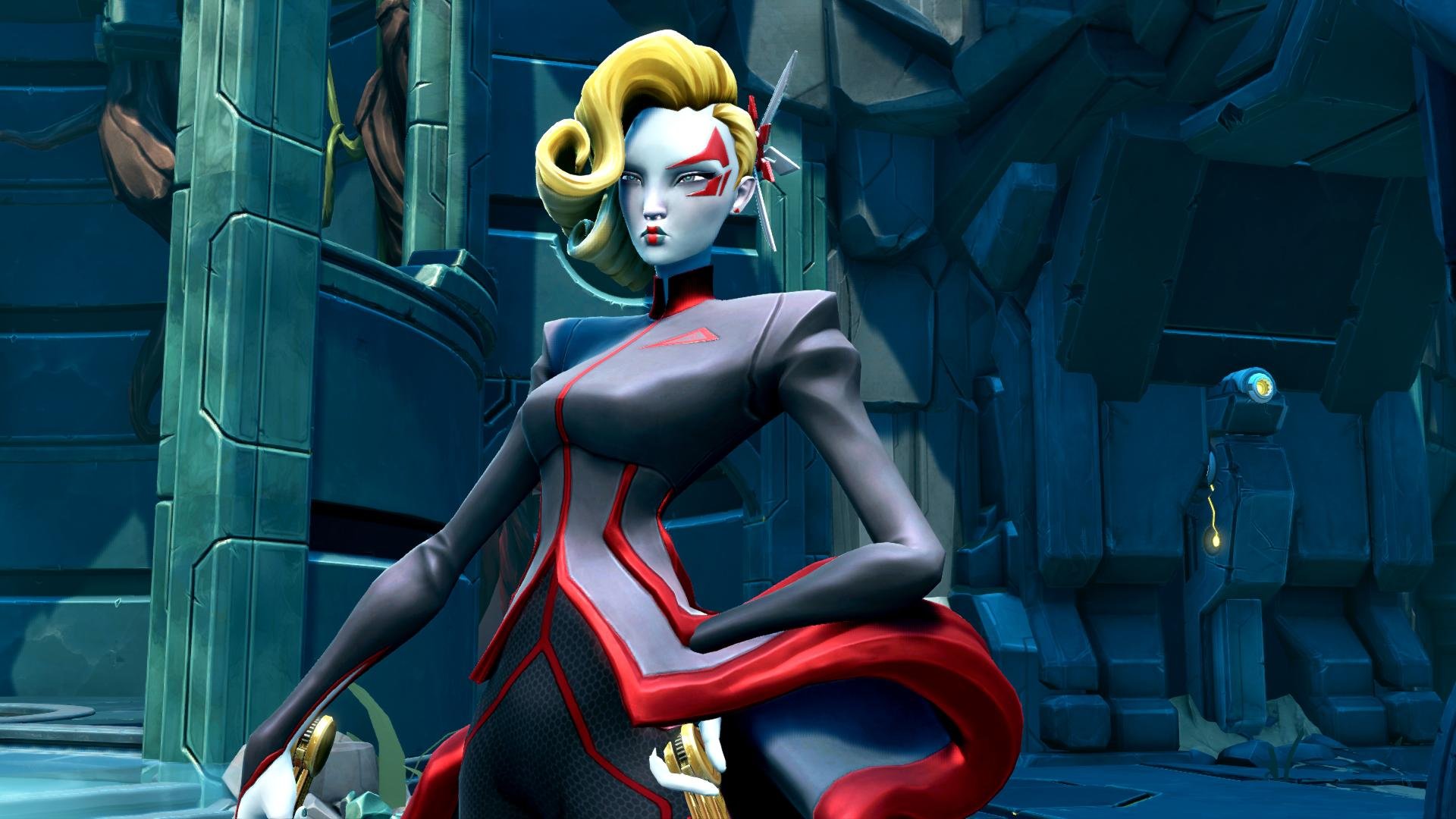
-
battleborn #45
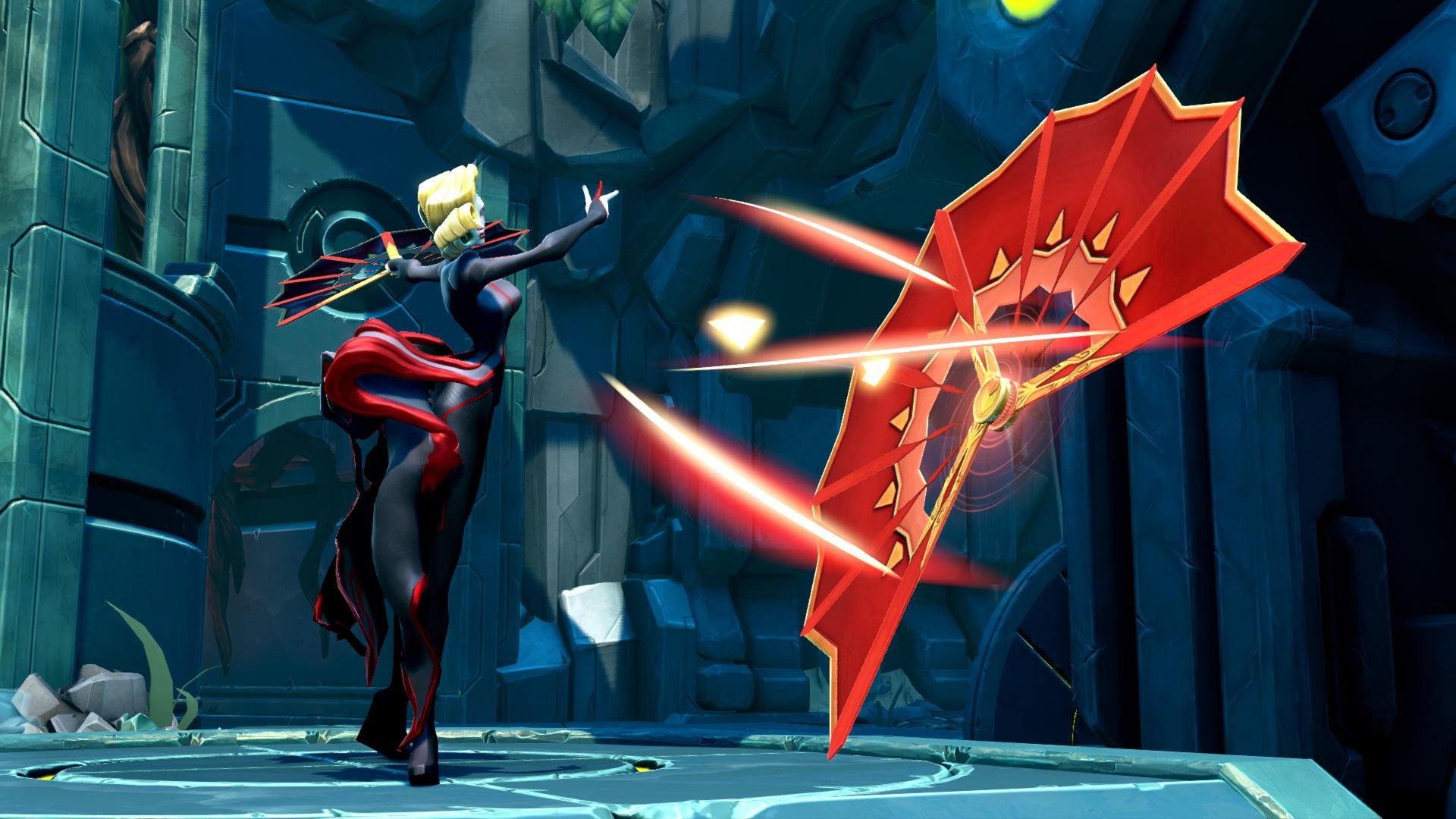
-
battleborn #46
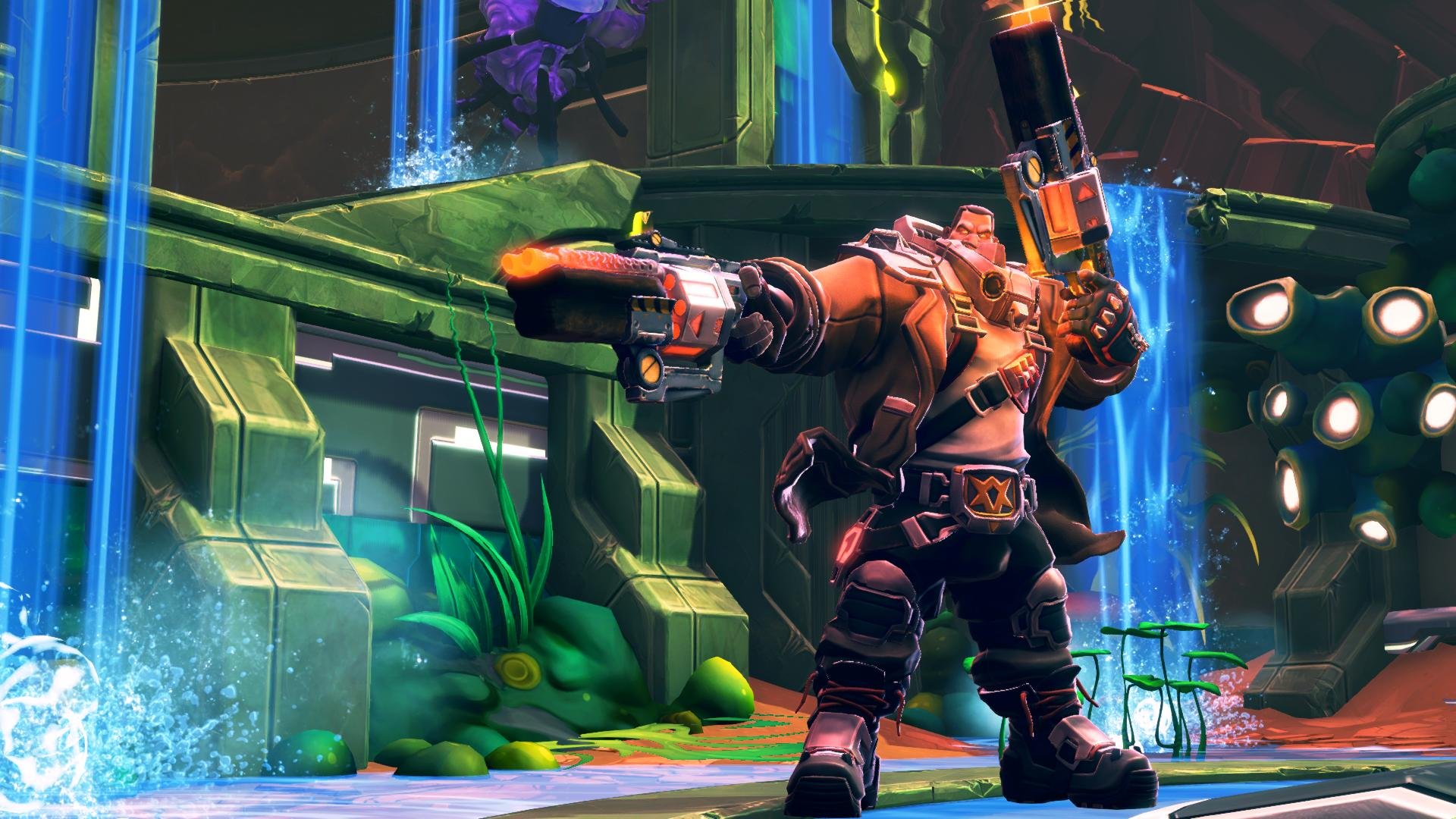
-
battleborn #47
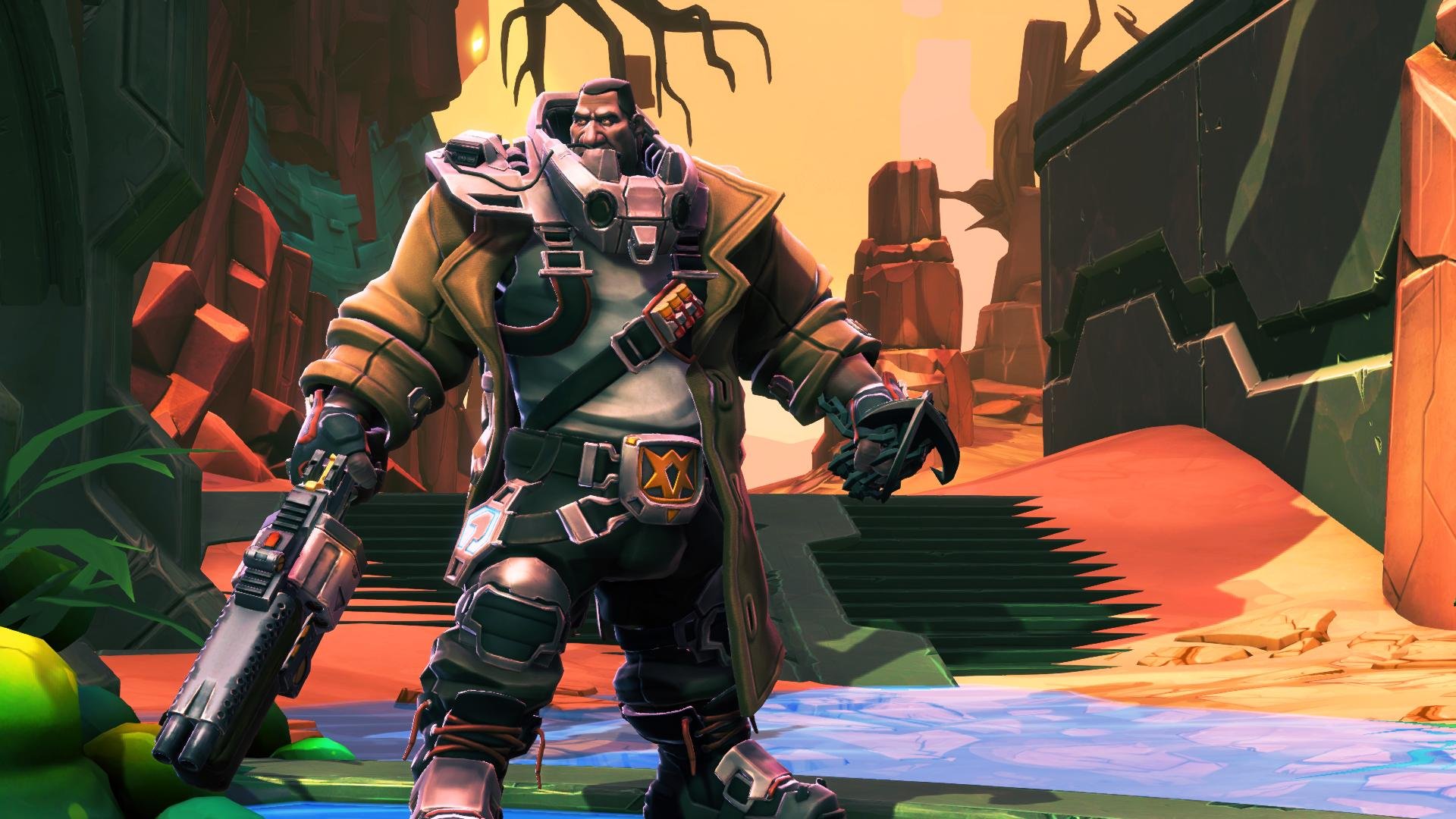
-
battleborn #48
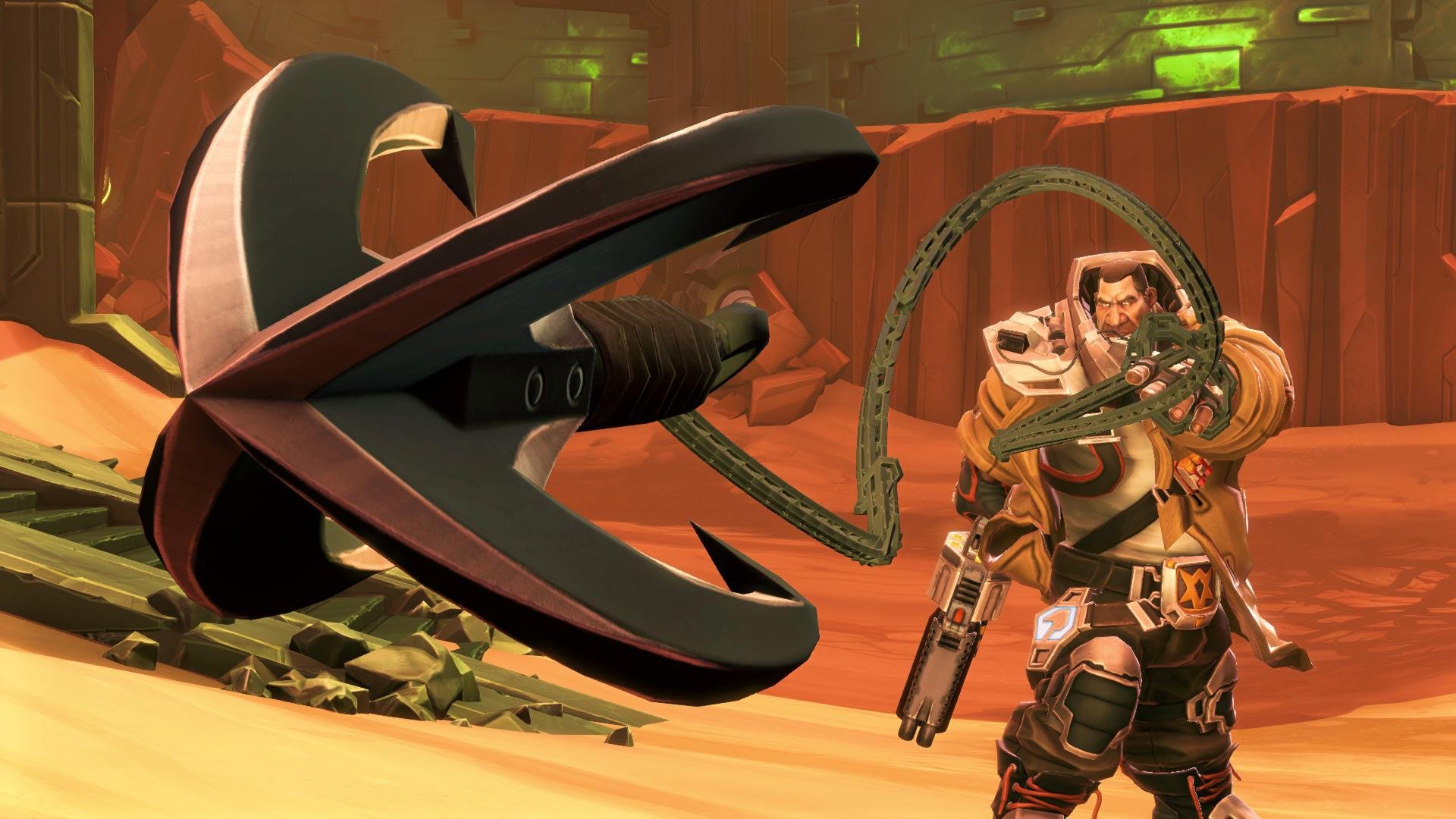
-
battleborn #49
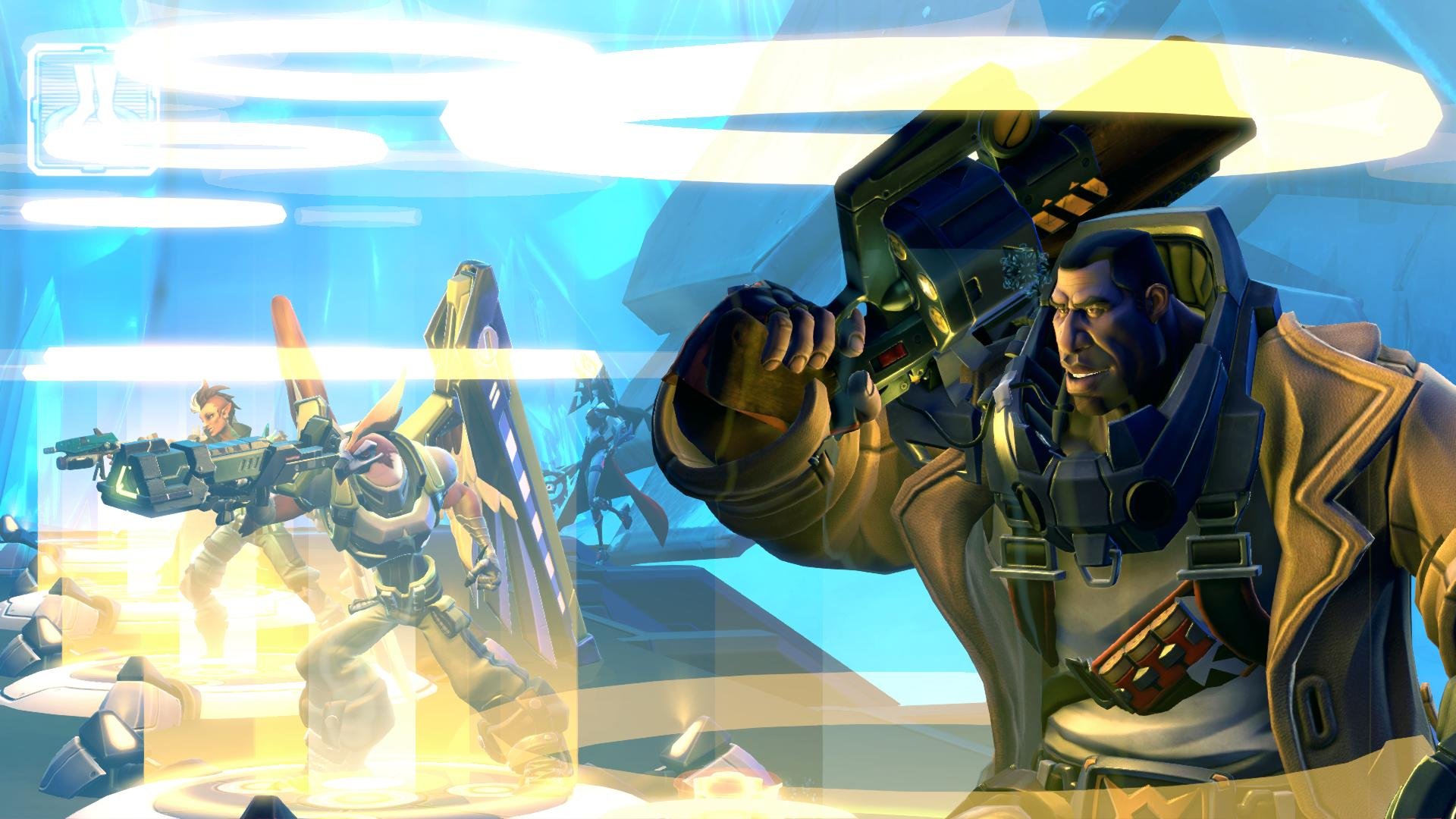
-
battleborn #50
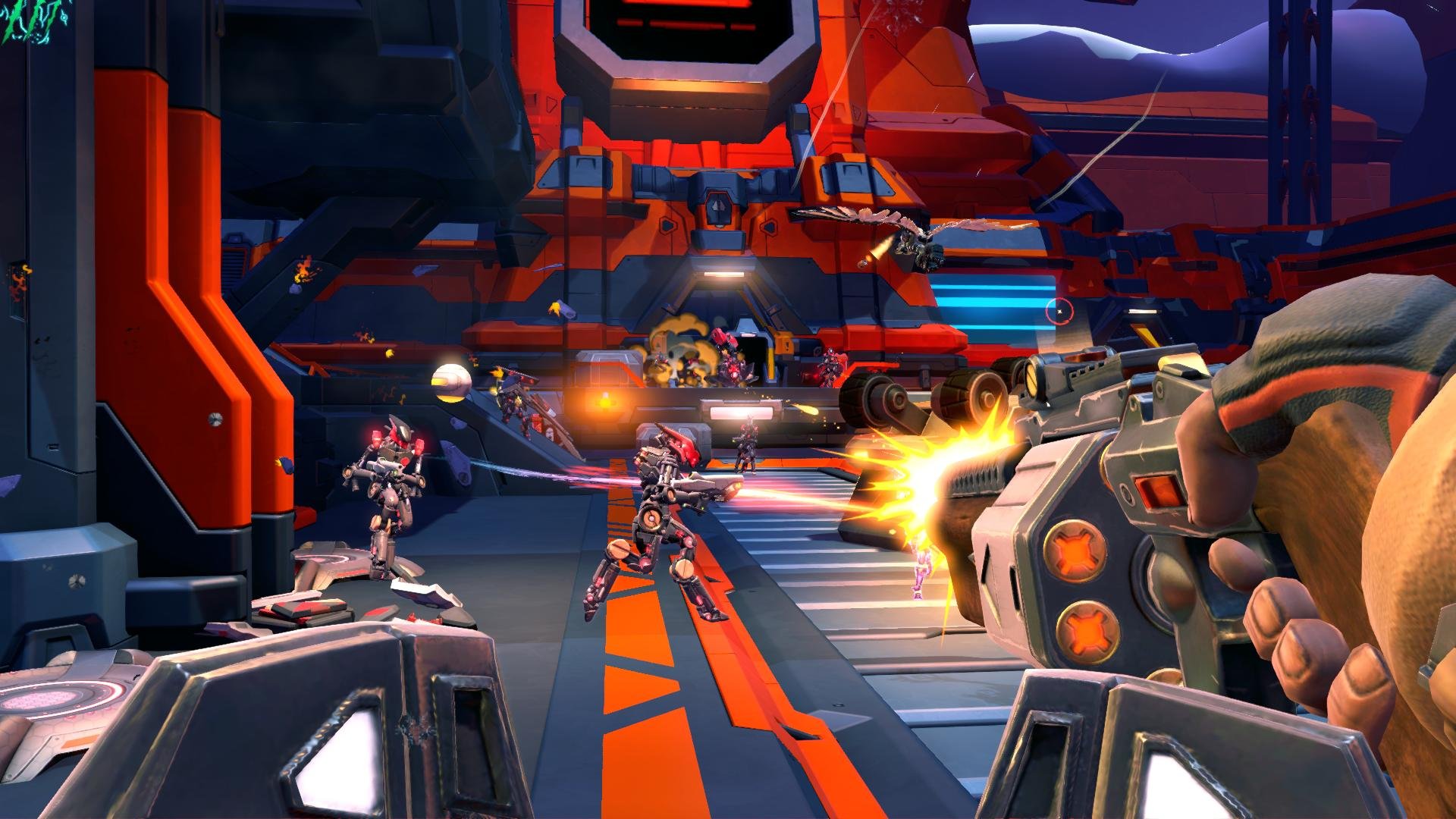
-
battleborn #51
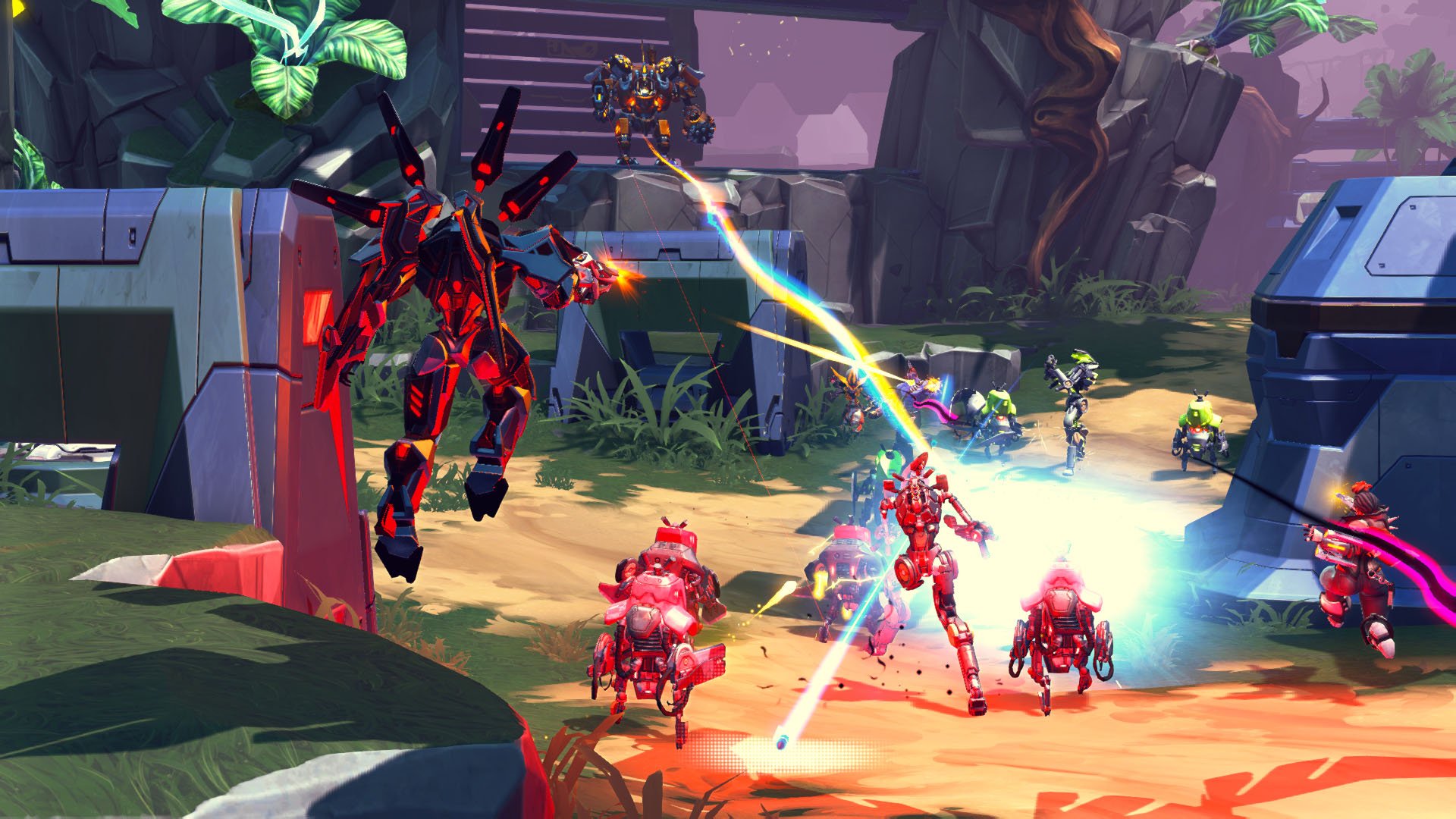
-
battleborn #52
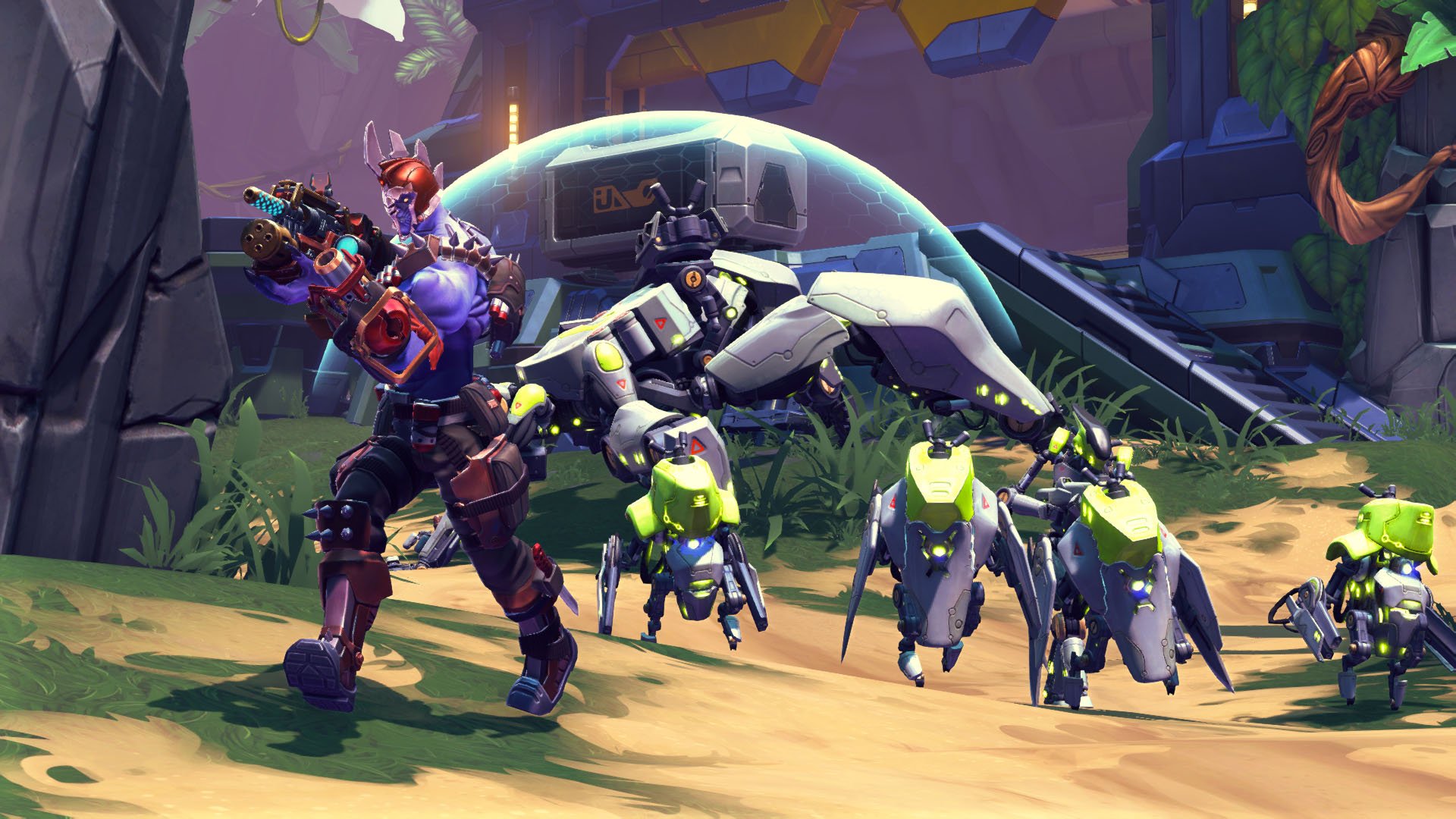
-
battleborn #53
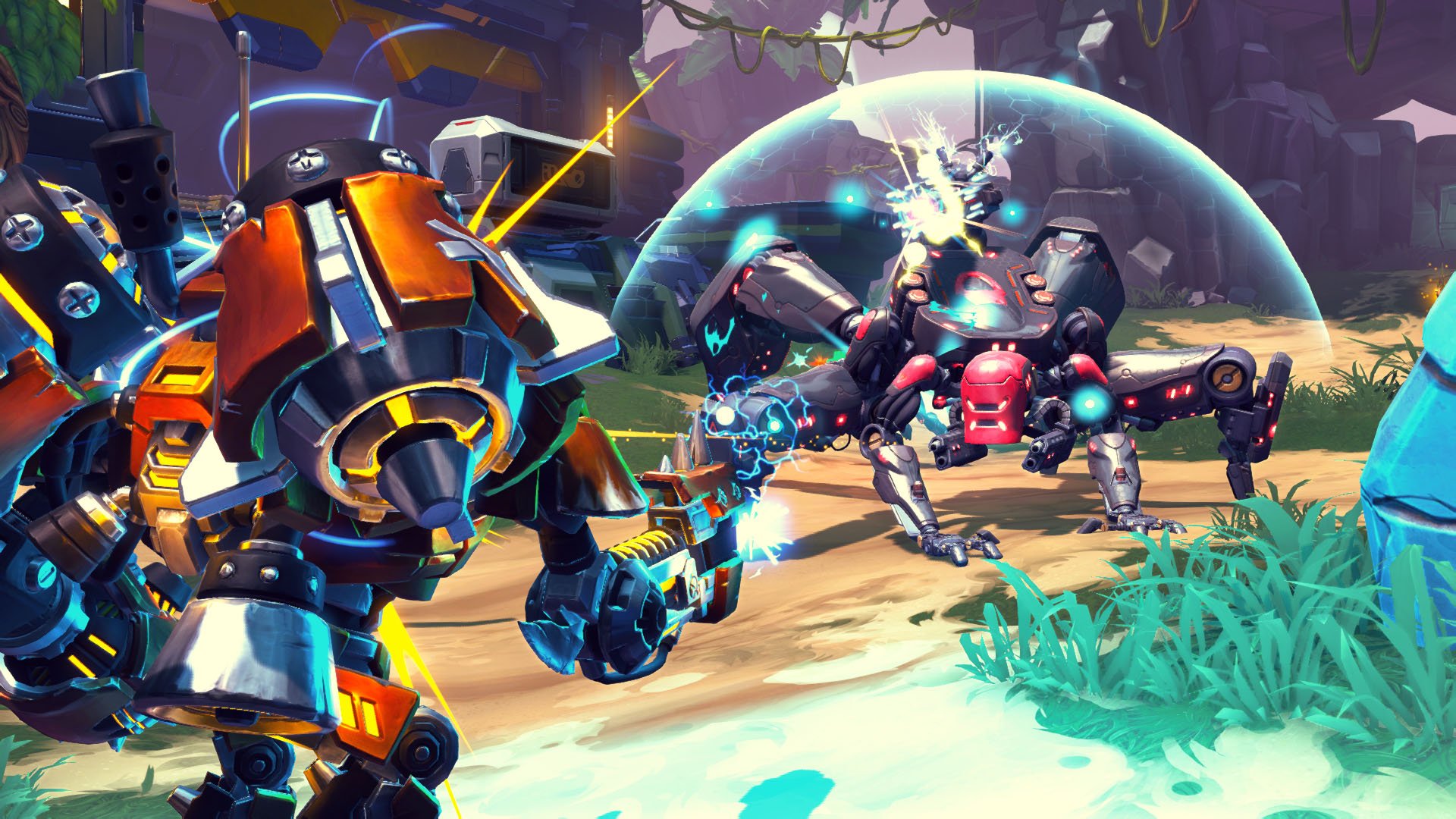
-
battleborn #54
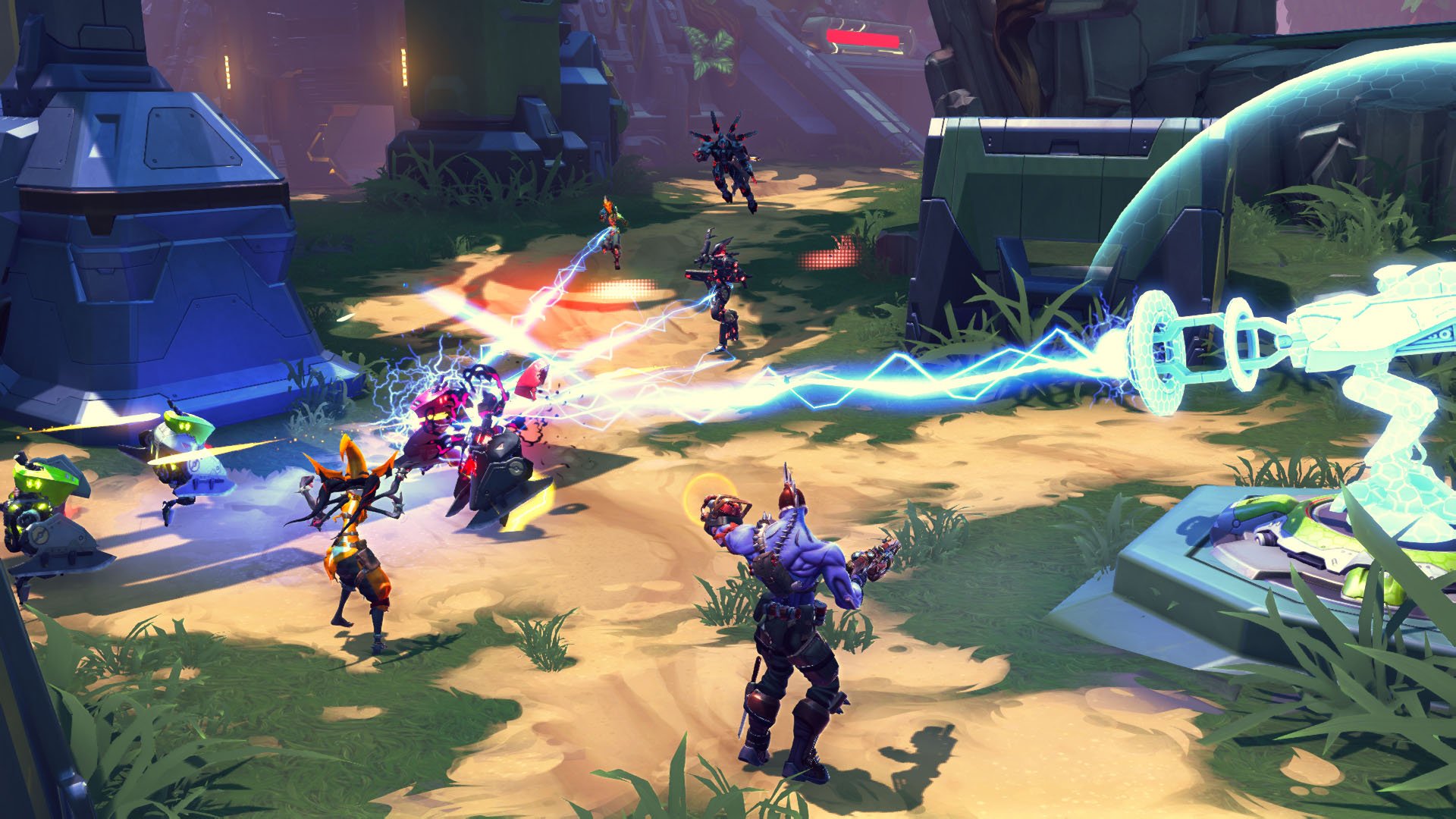
-
battleborn #55
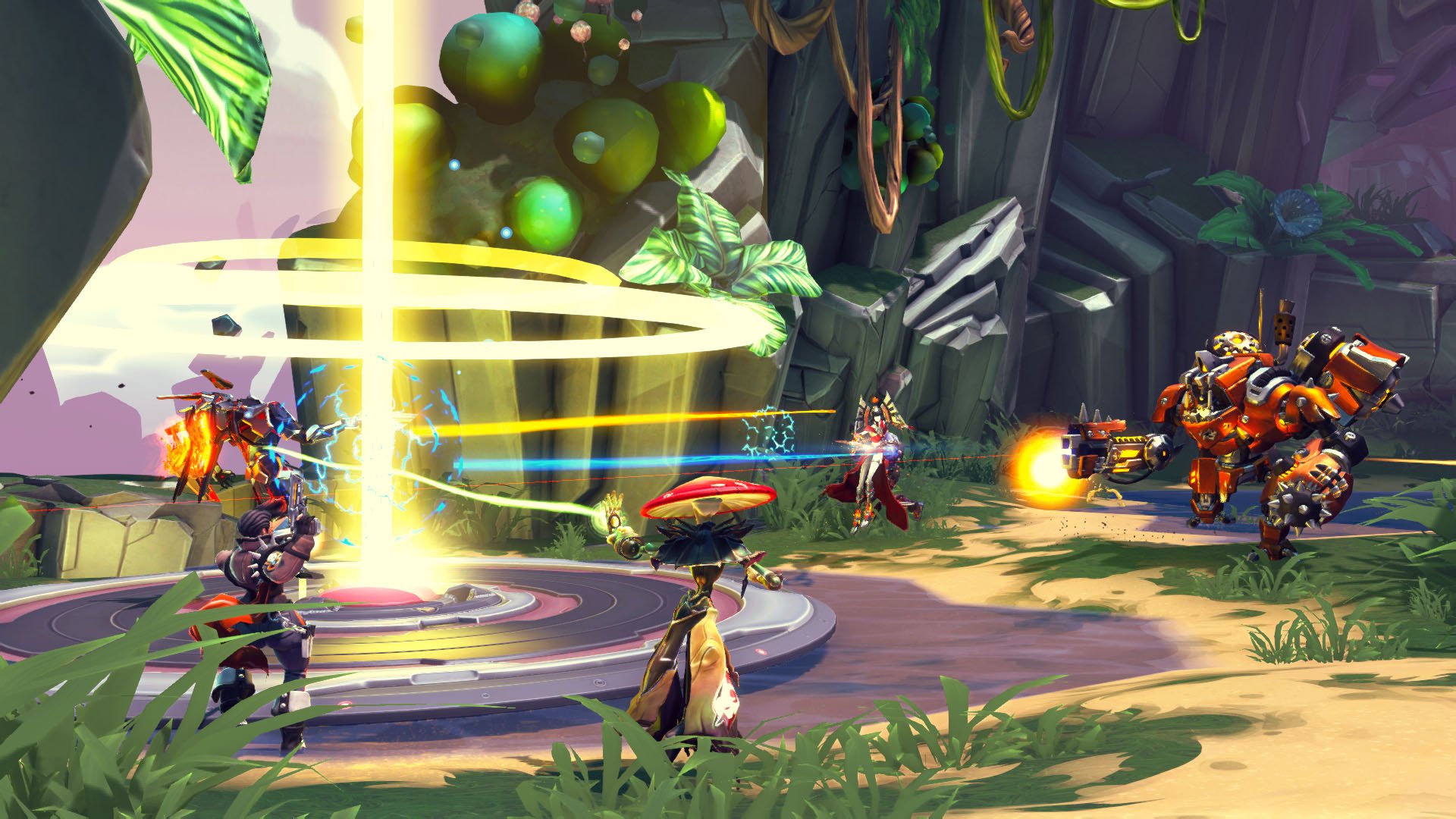
-
battleborn #56
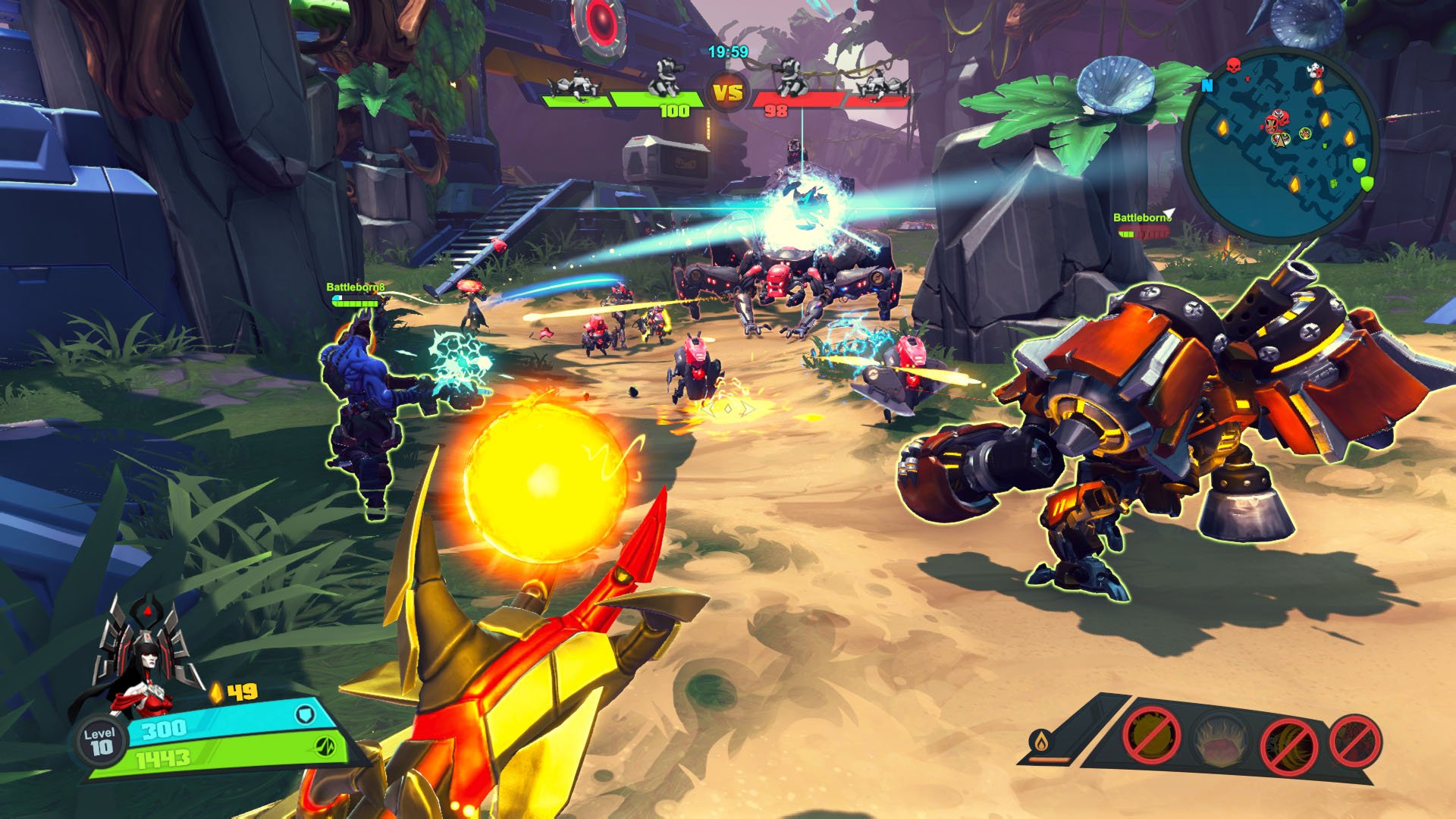
-
battleborn #57
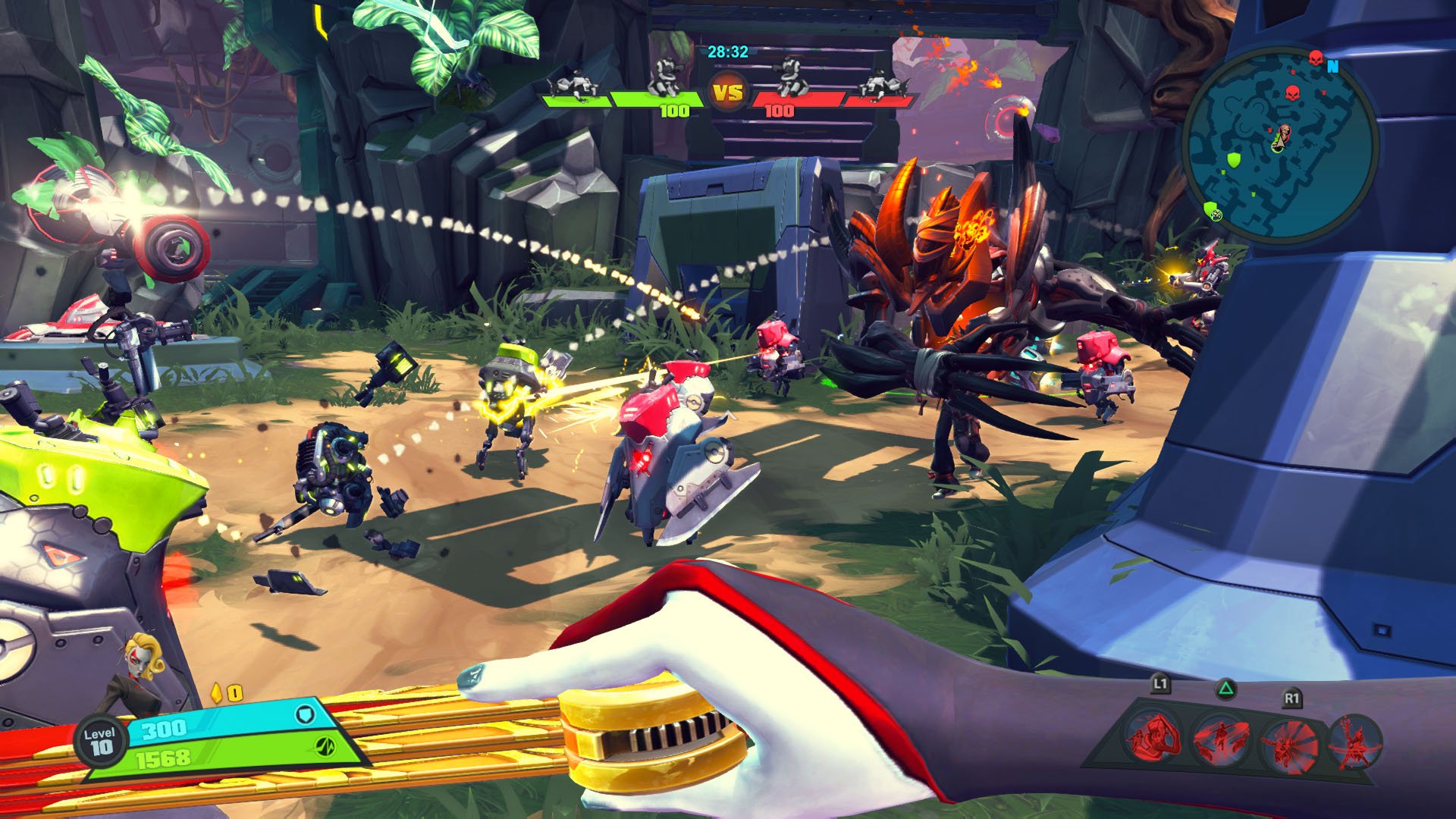
-
battleborn #58
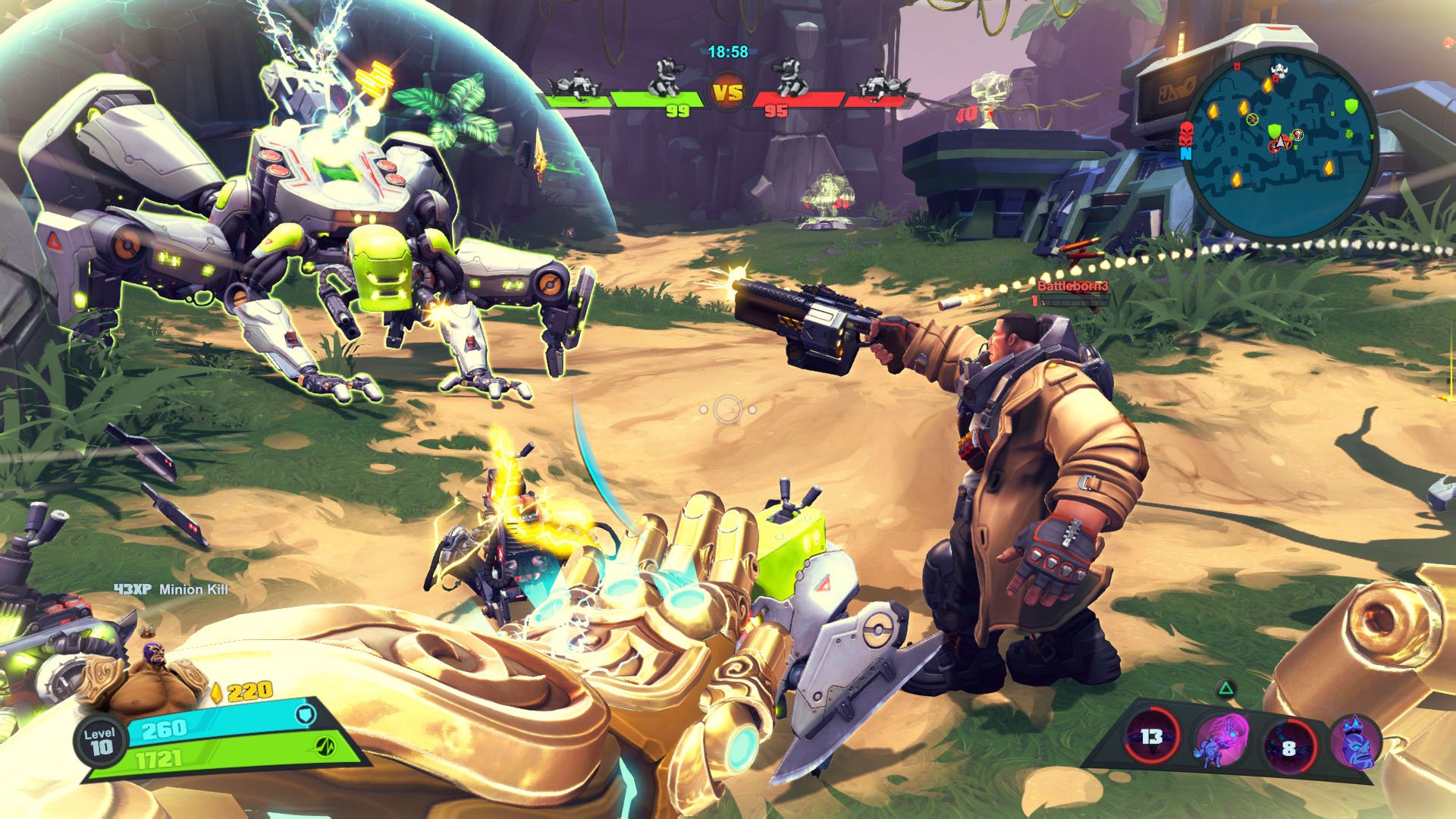
-
battleborn #59
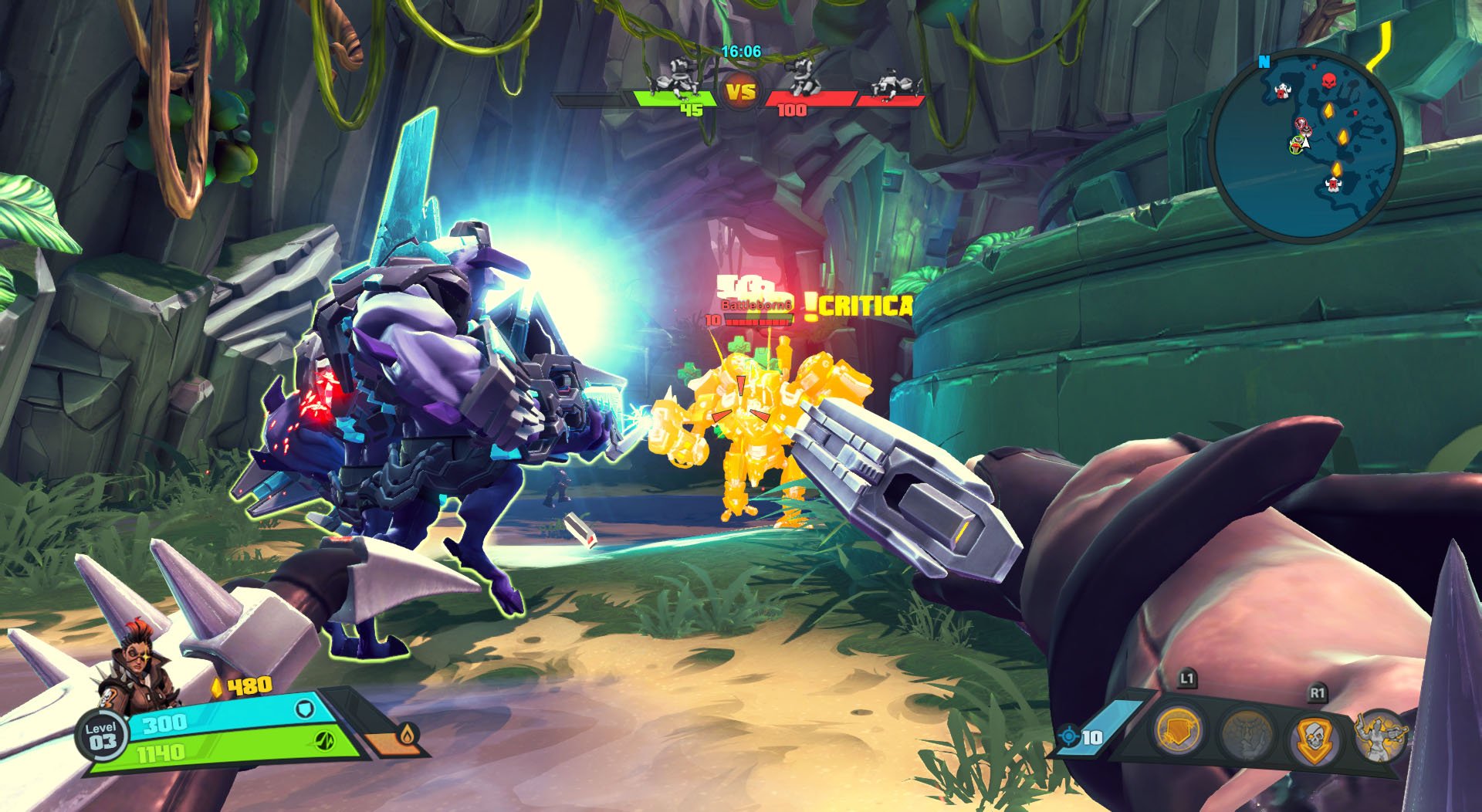
-
battleborn #60
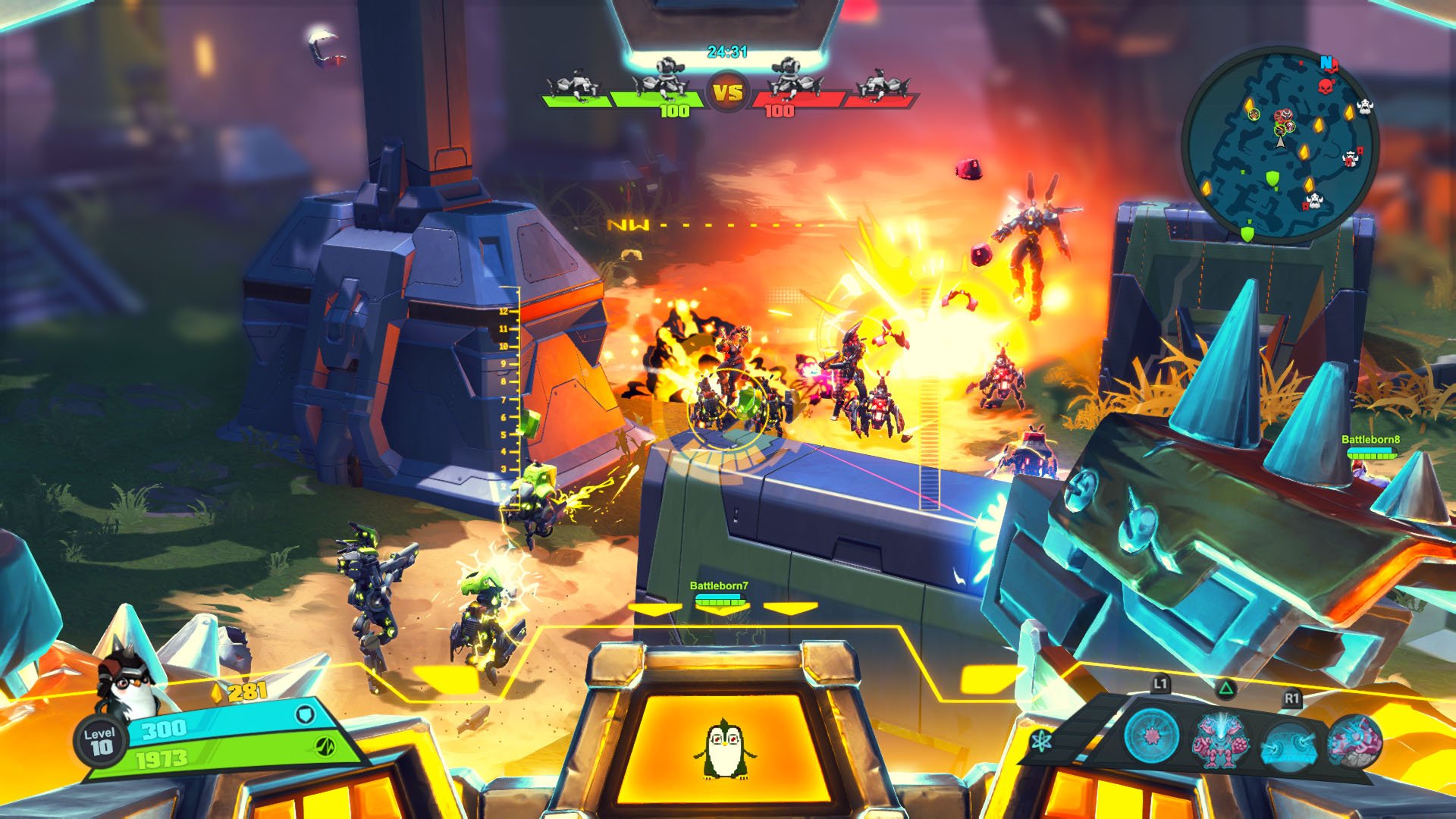
-
battleborn #61
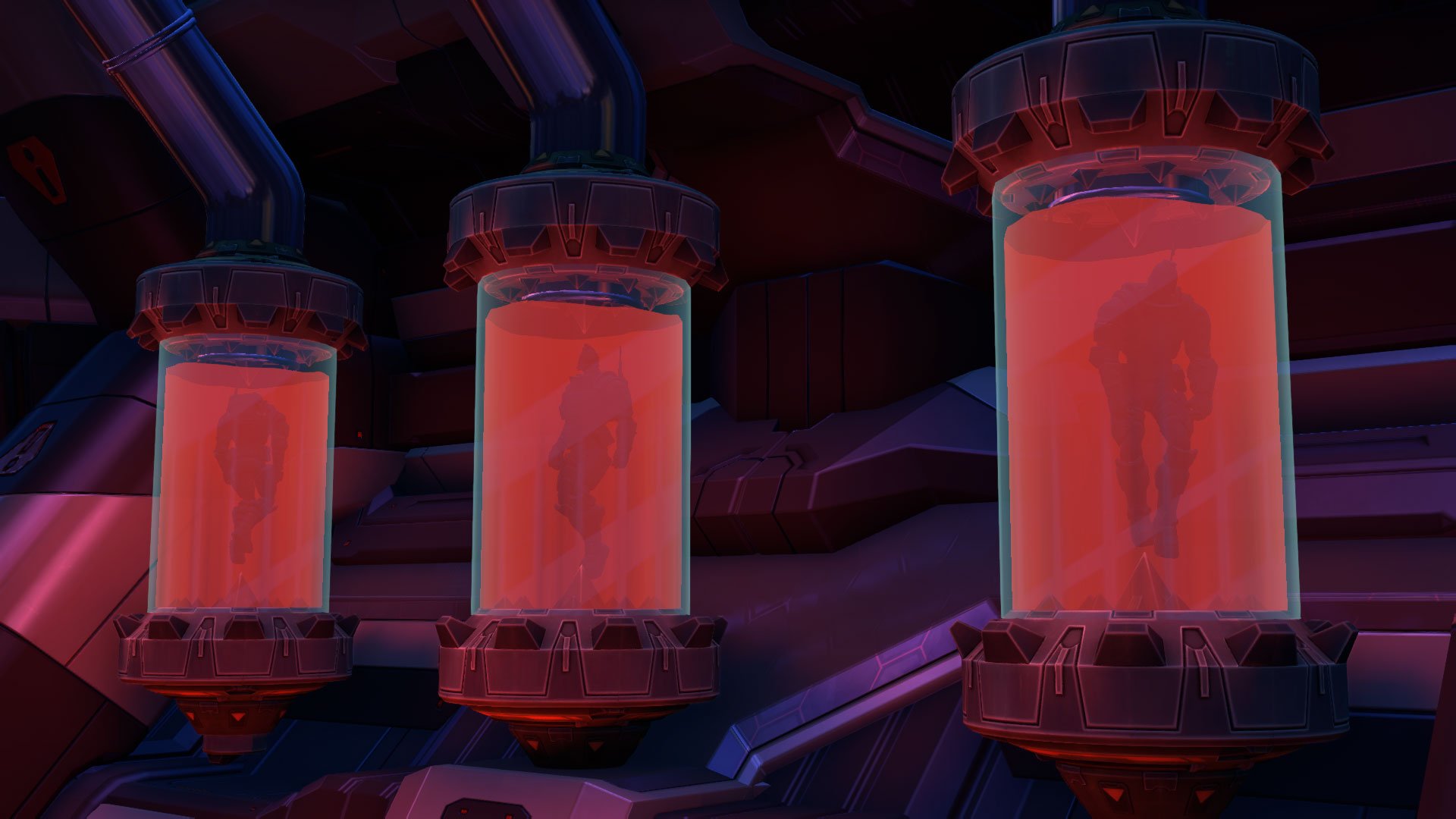
-
battleborn #62
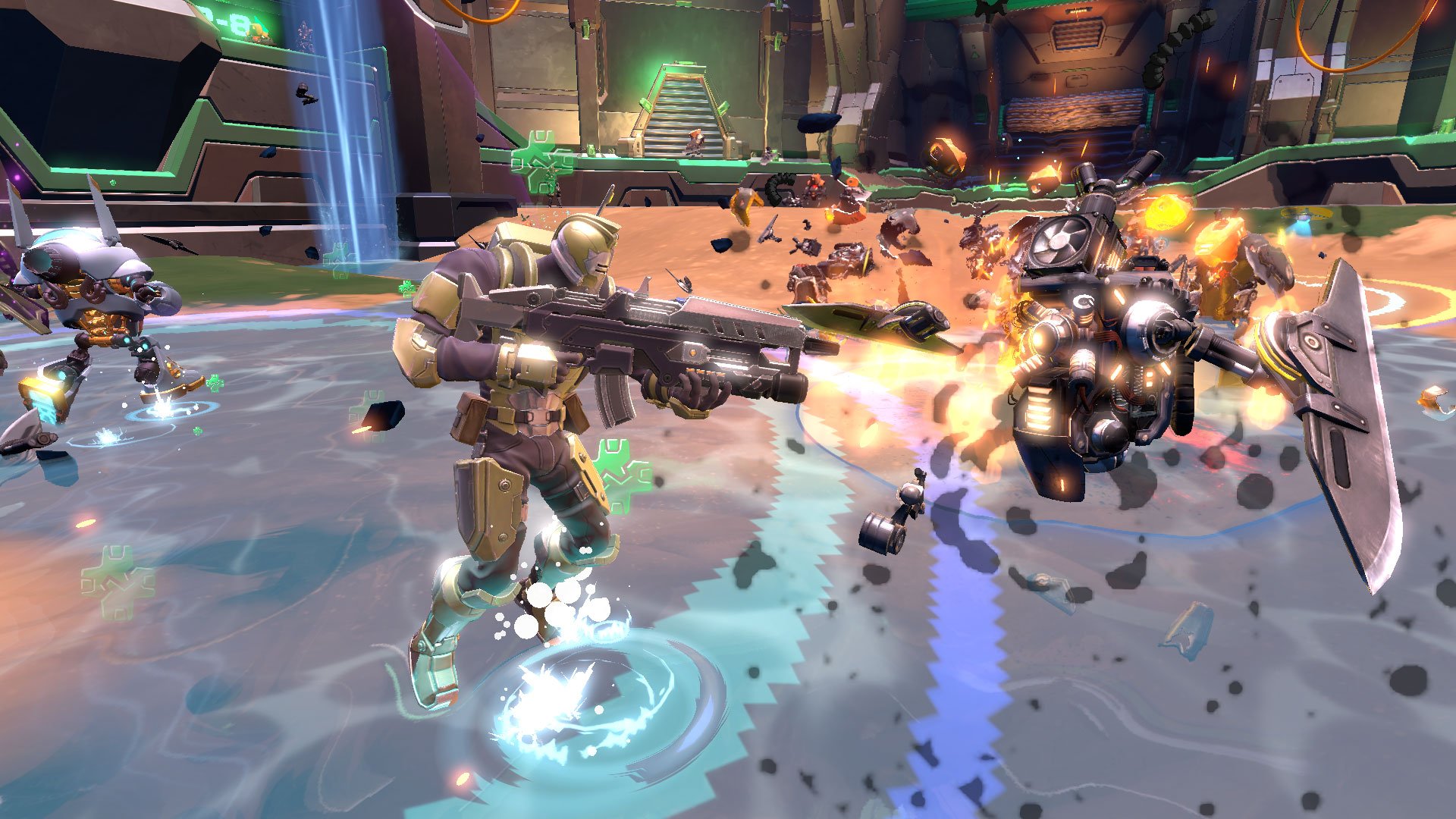
-
battleborn #63
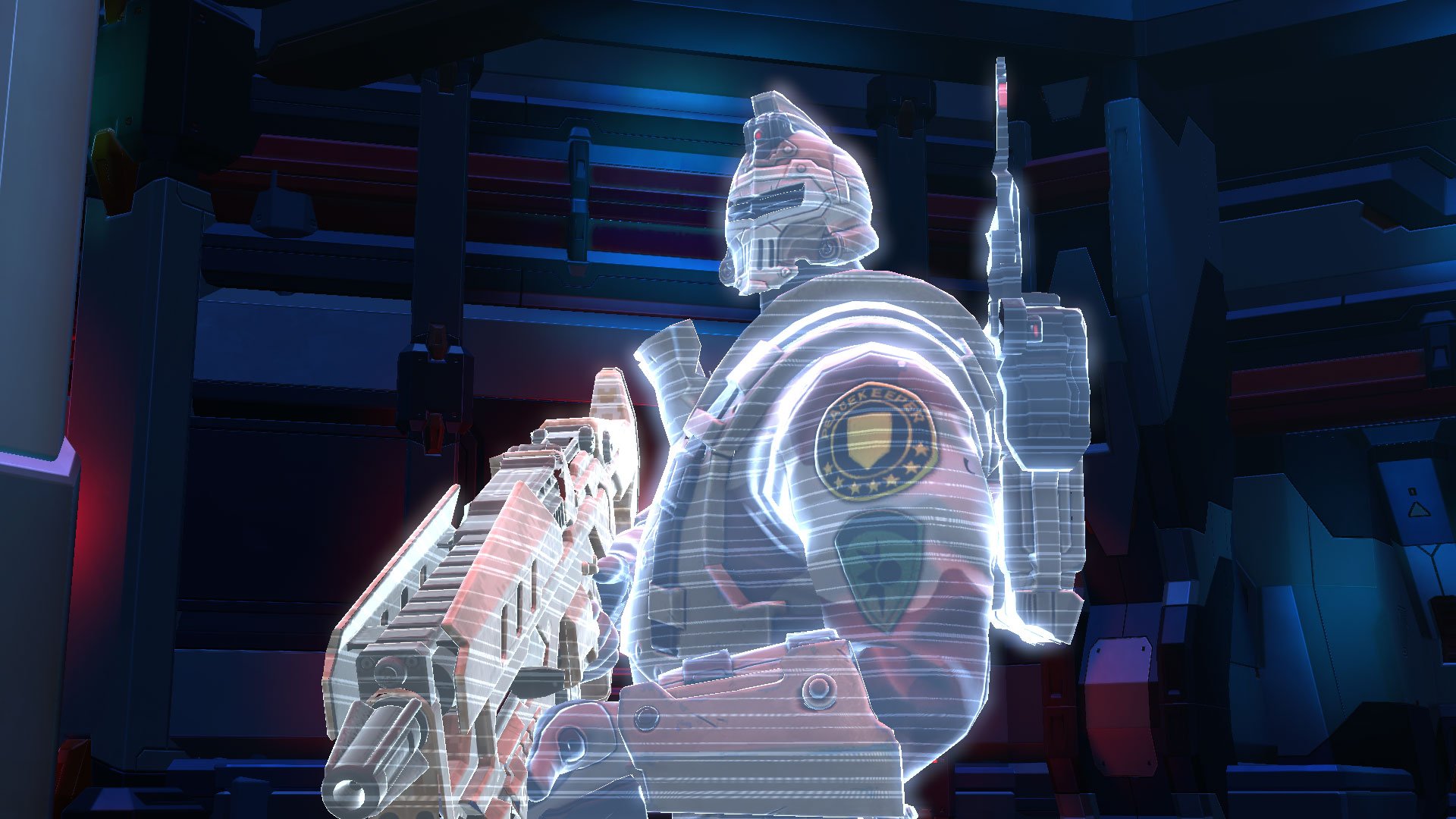
-
battleborn #64
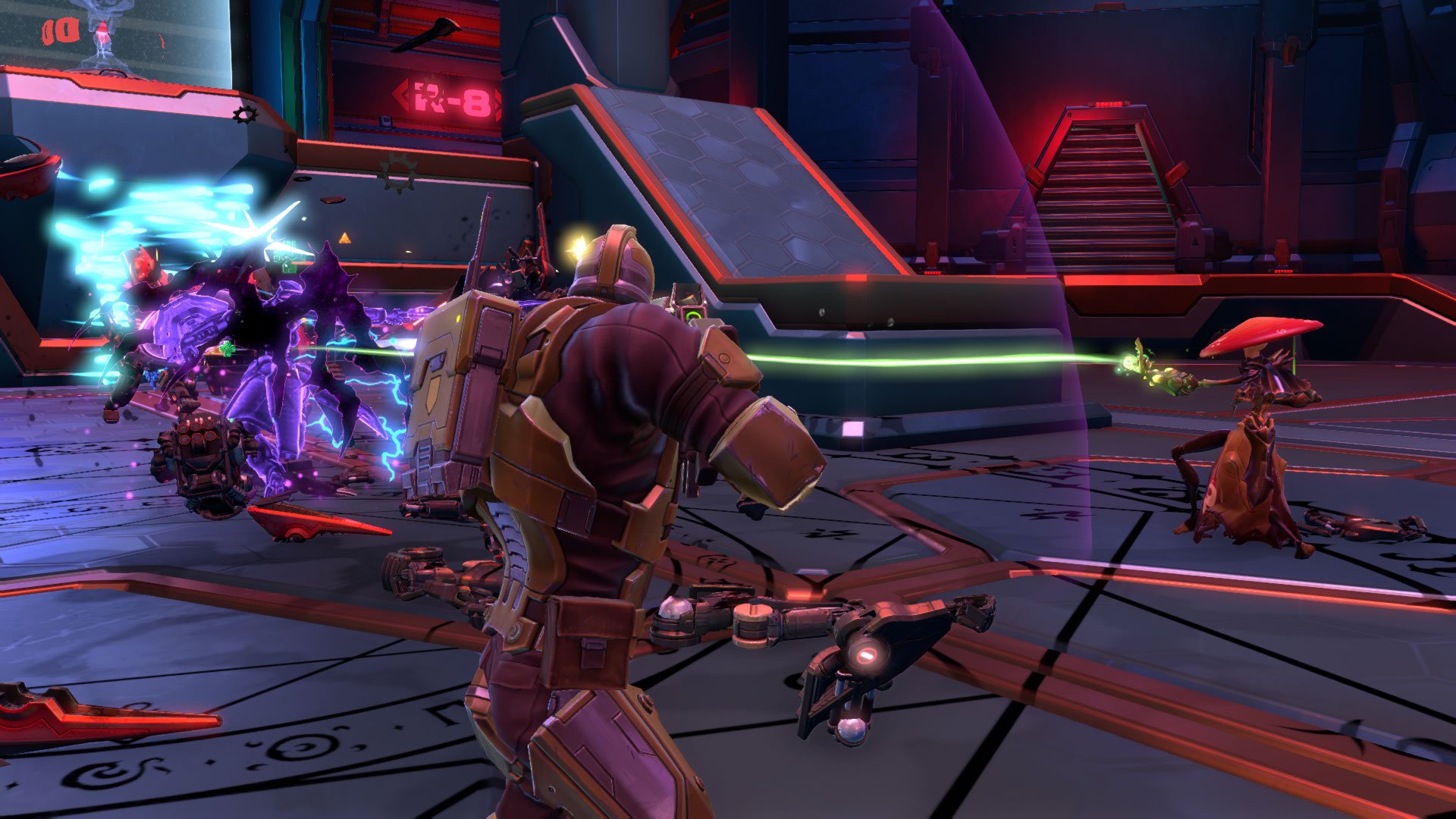
-
battleborn #65
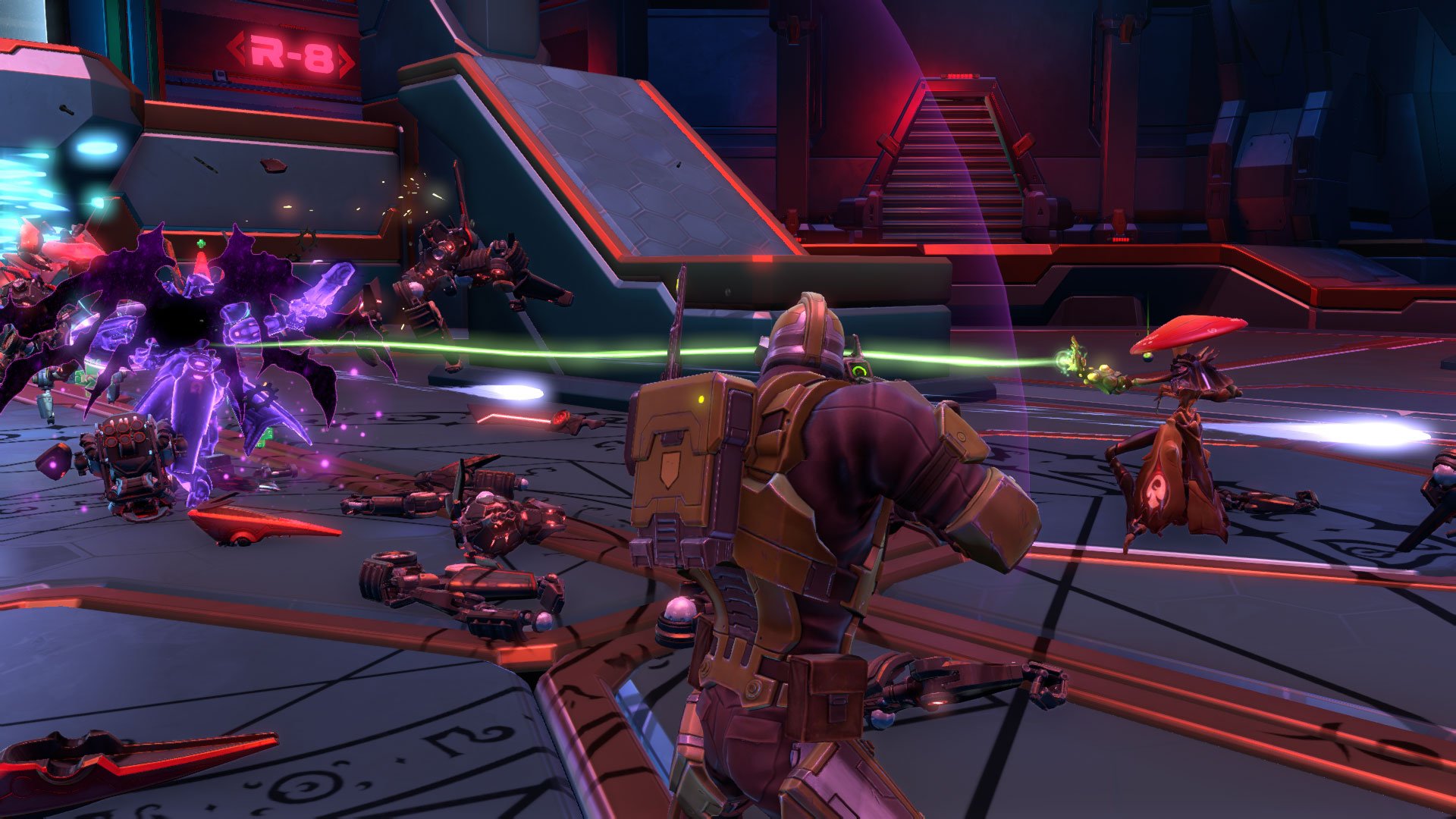
-
battleborn #66
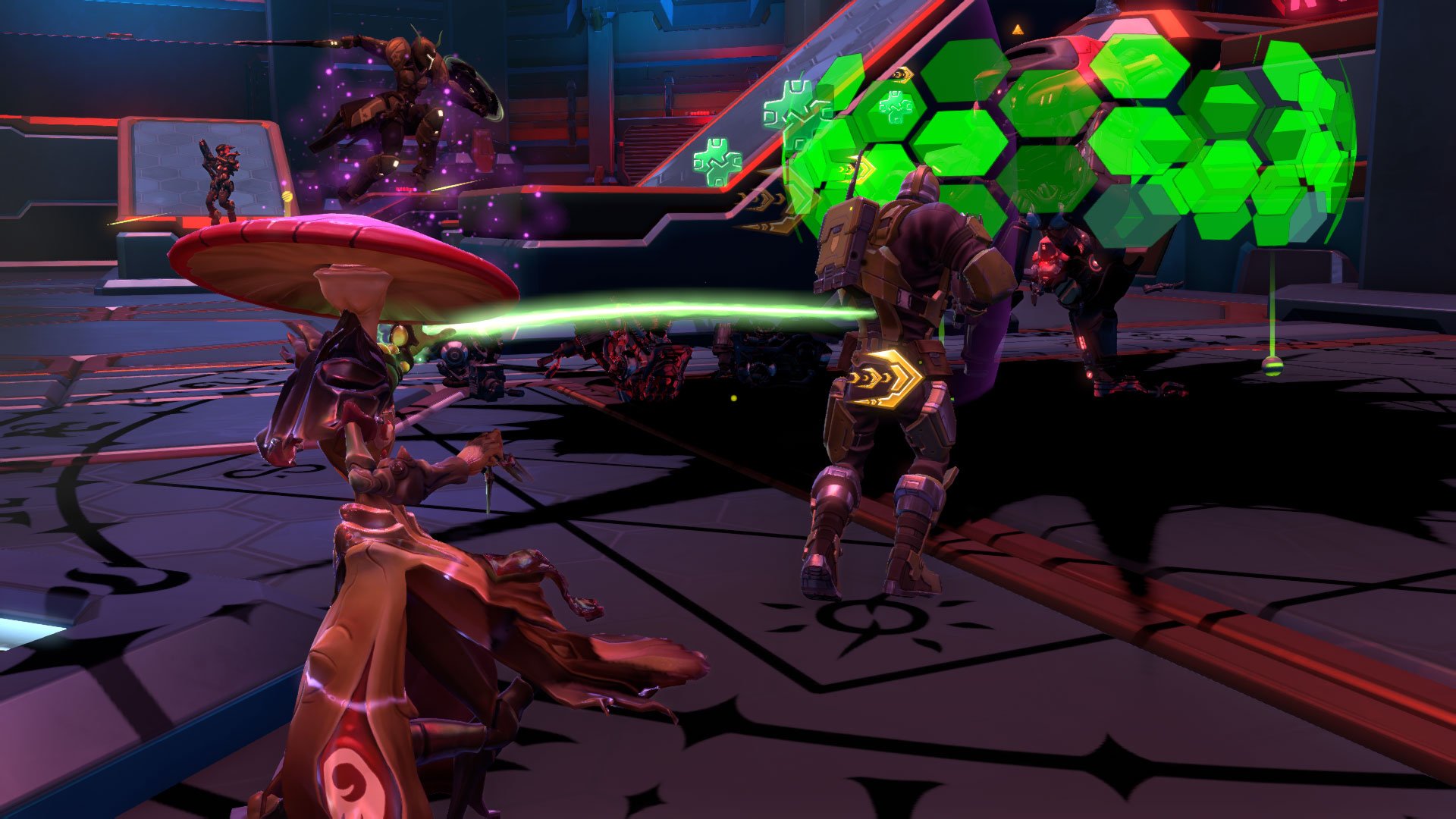
-
battleborn #67
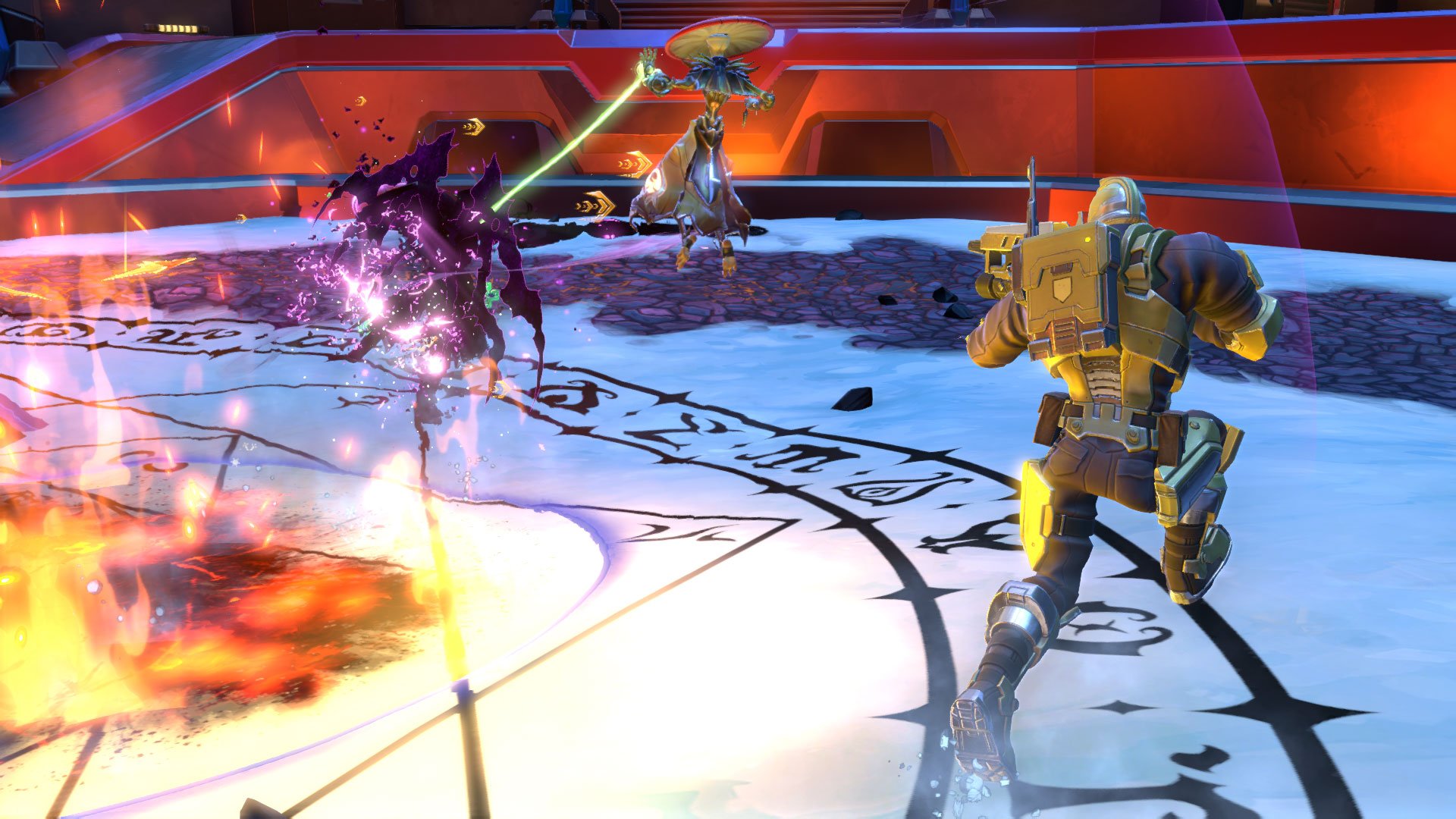
-
battleborn #68
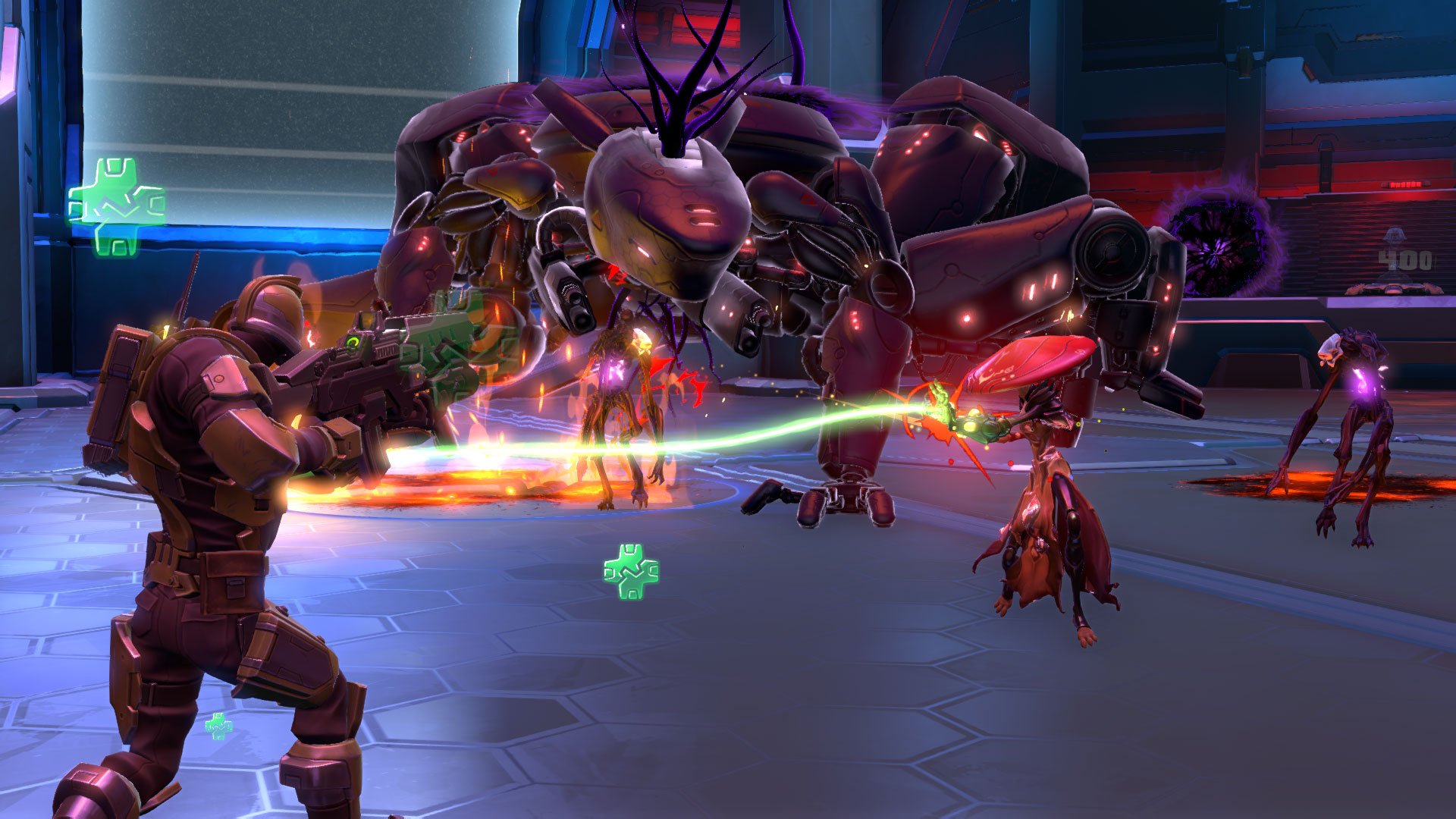
-
battleborn #69
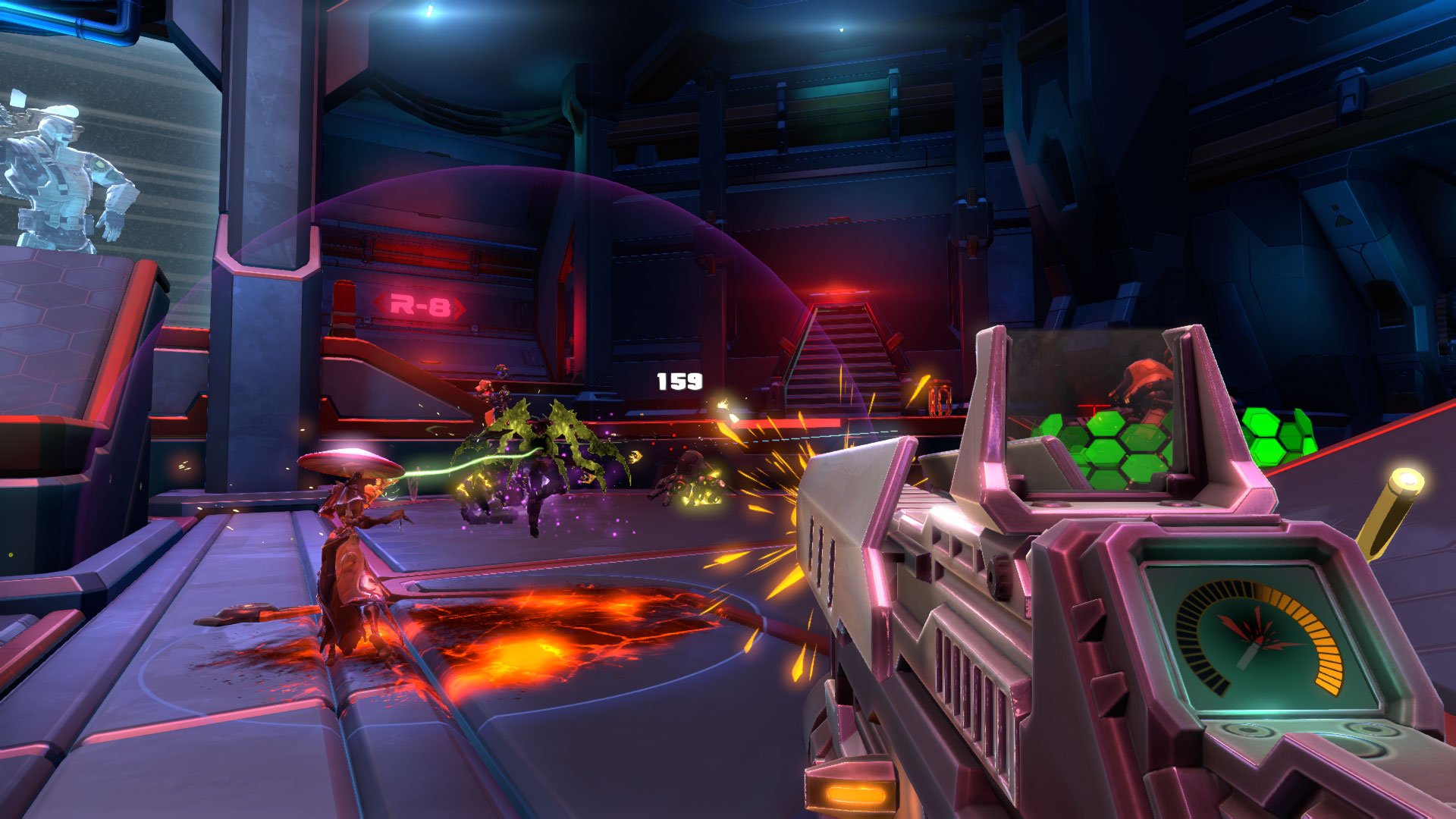
-
battleborn #70
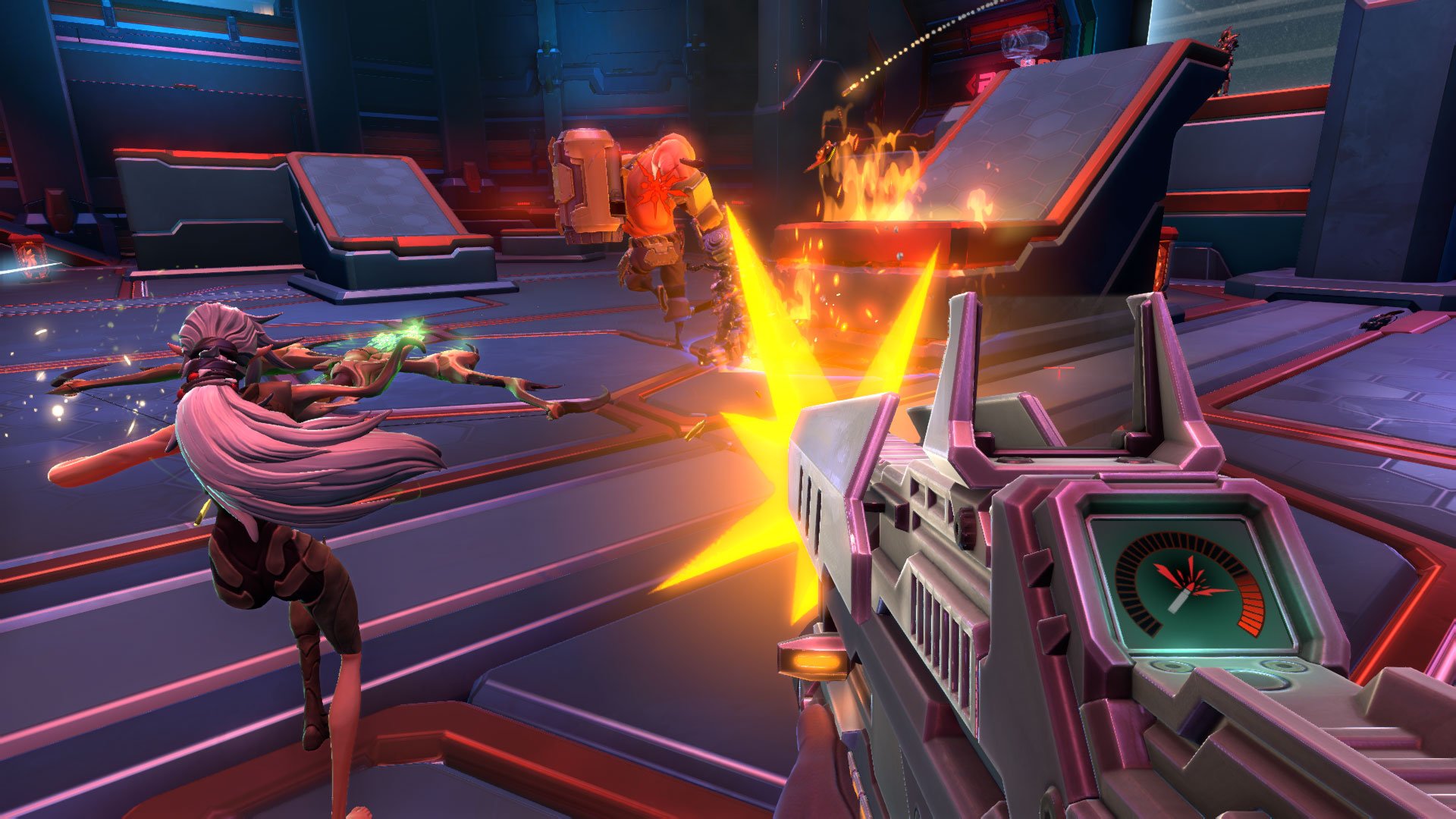
-
battleborn #71
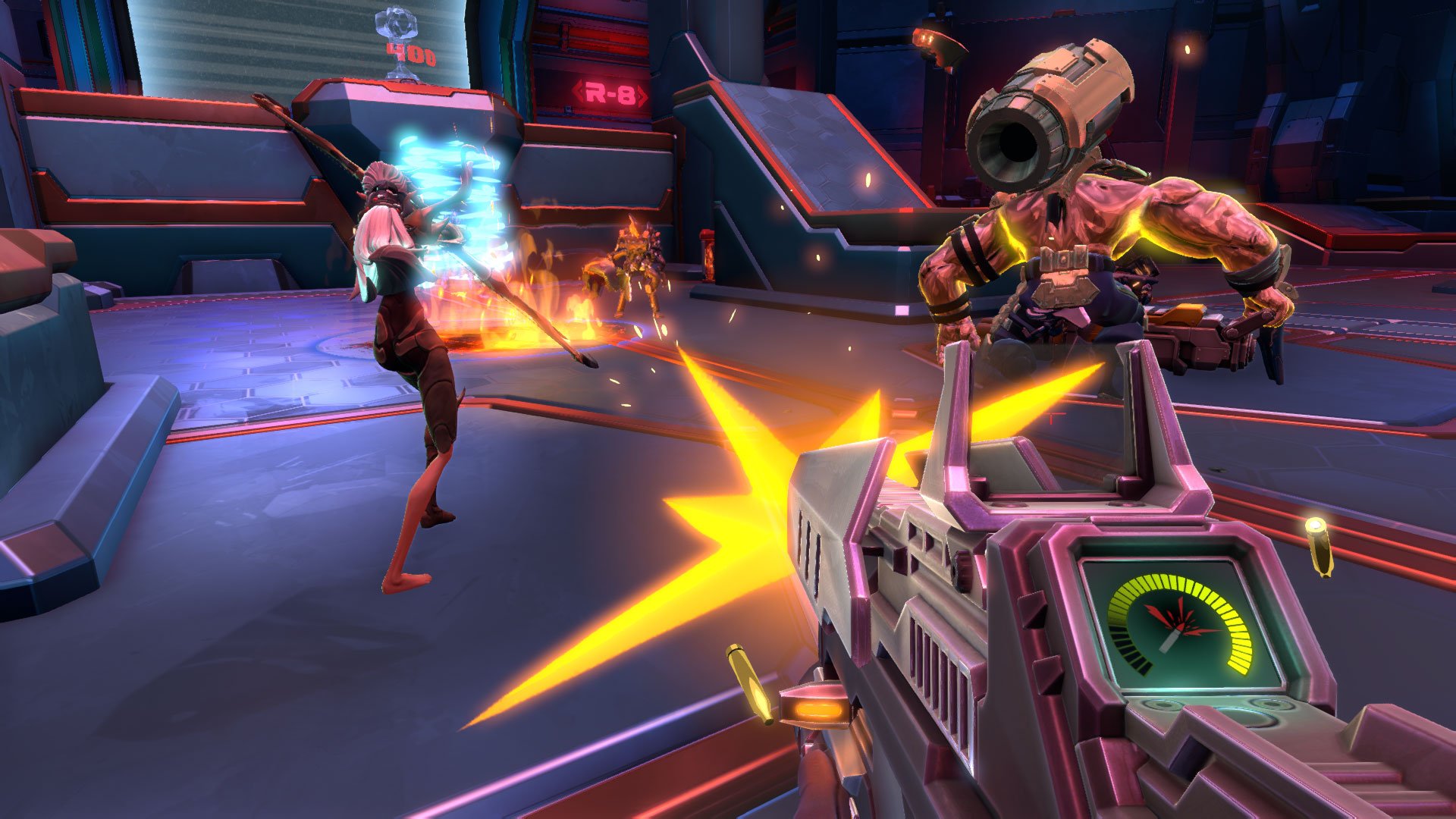
-
battleborn #72

-
battleborn #73
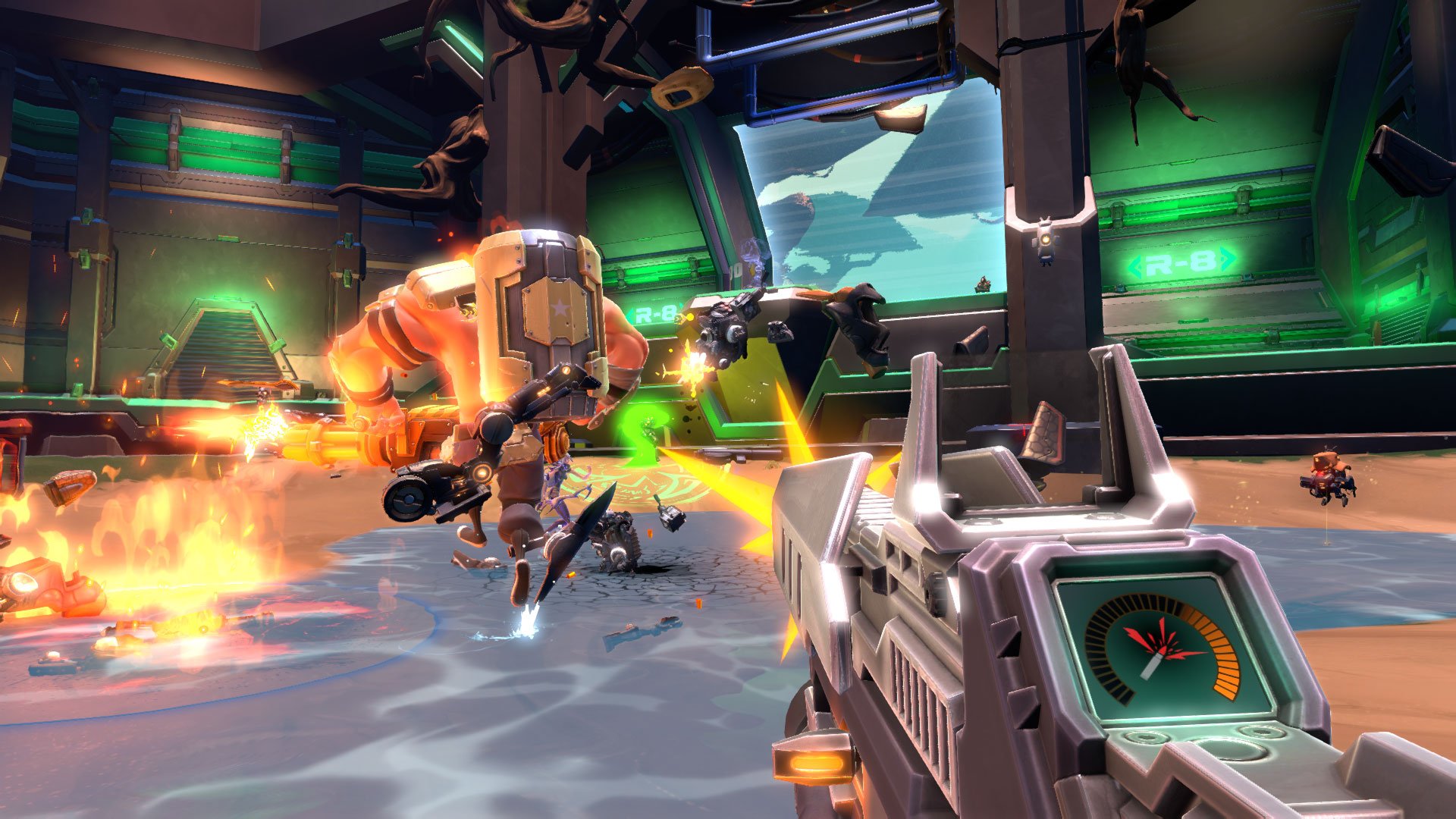
-
battleborn #74
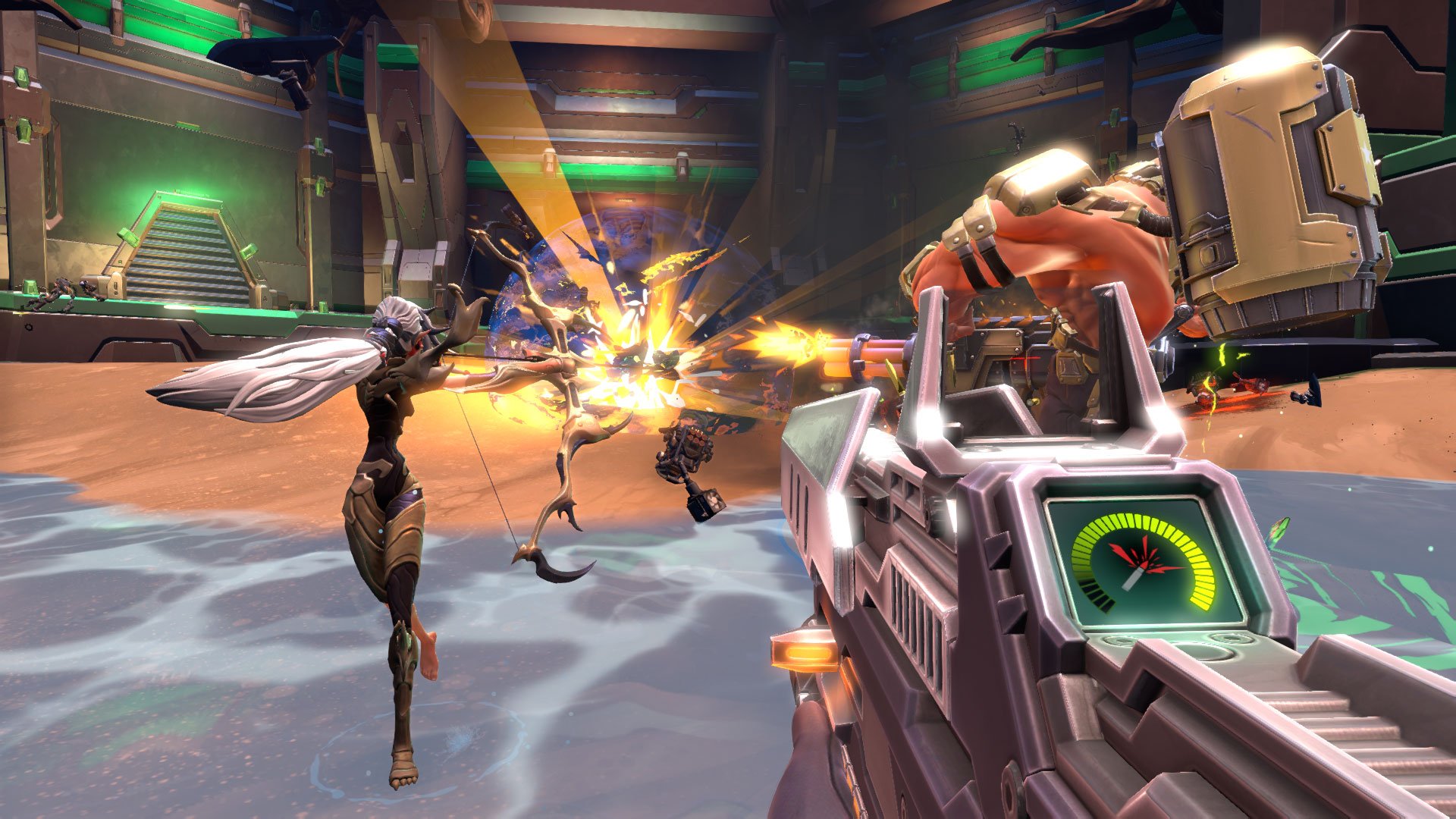
-
battleborn #75
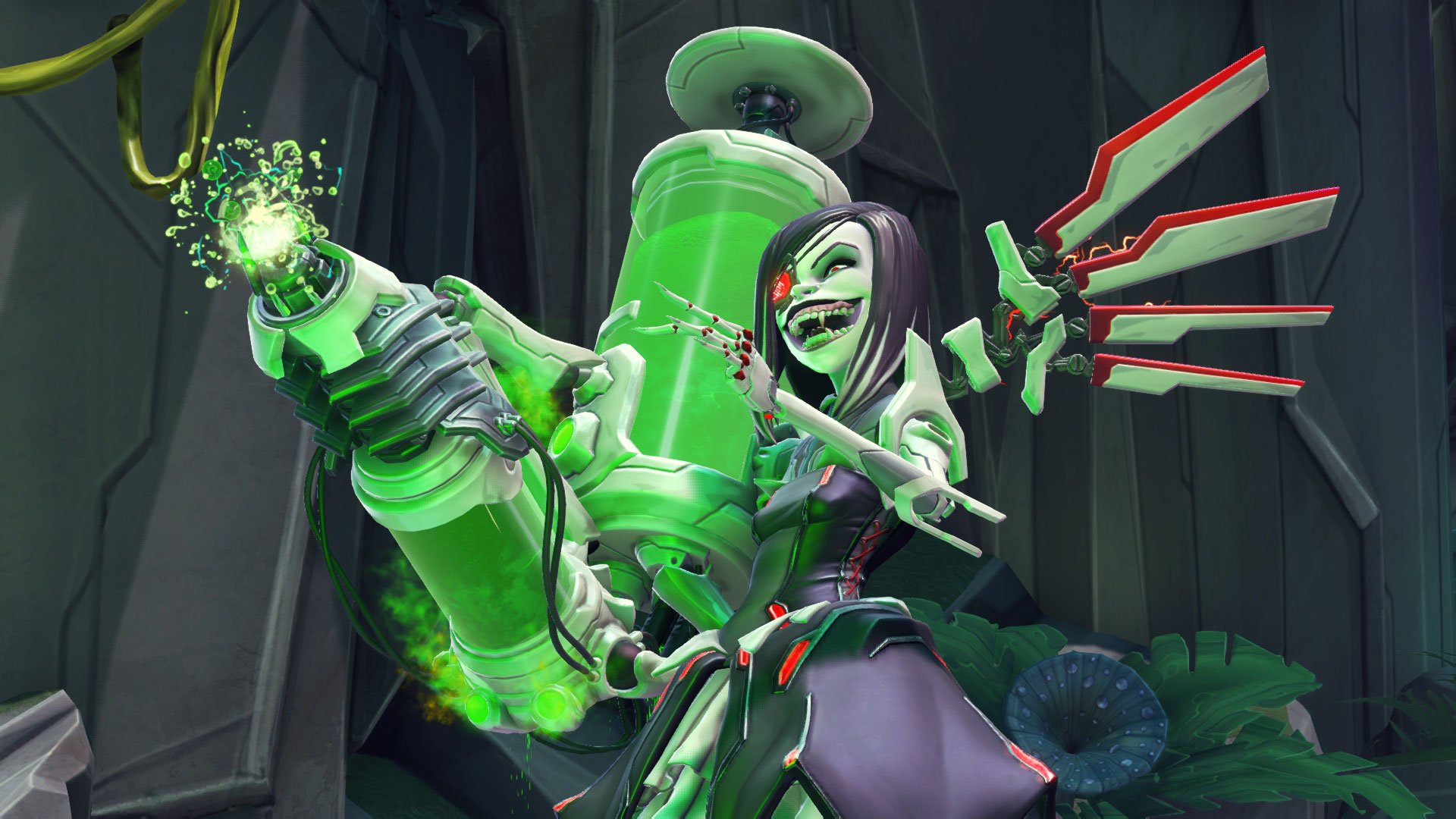
-
battleborn #76
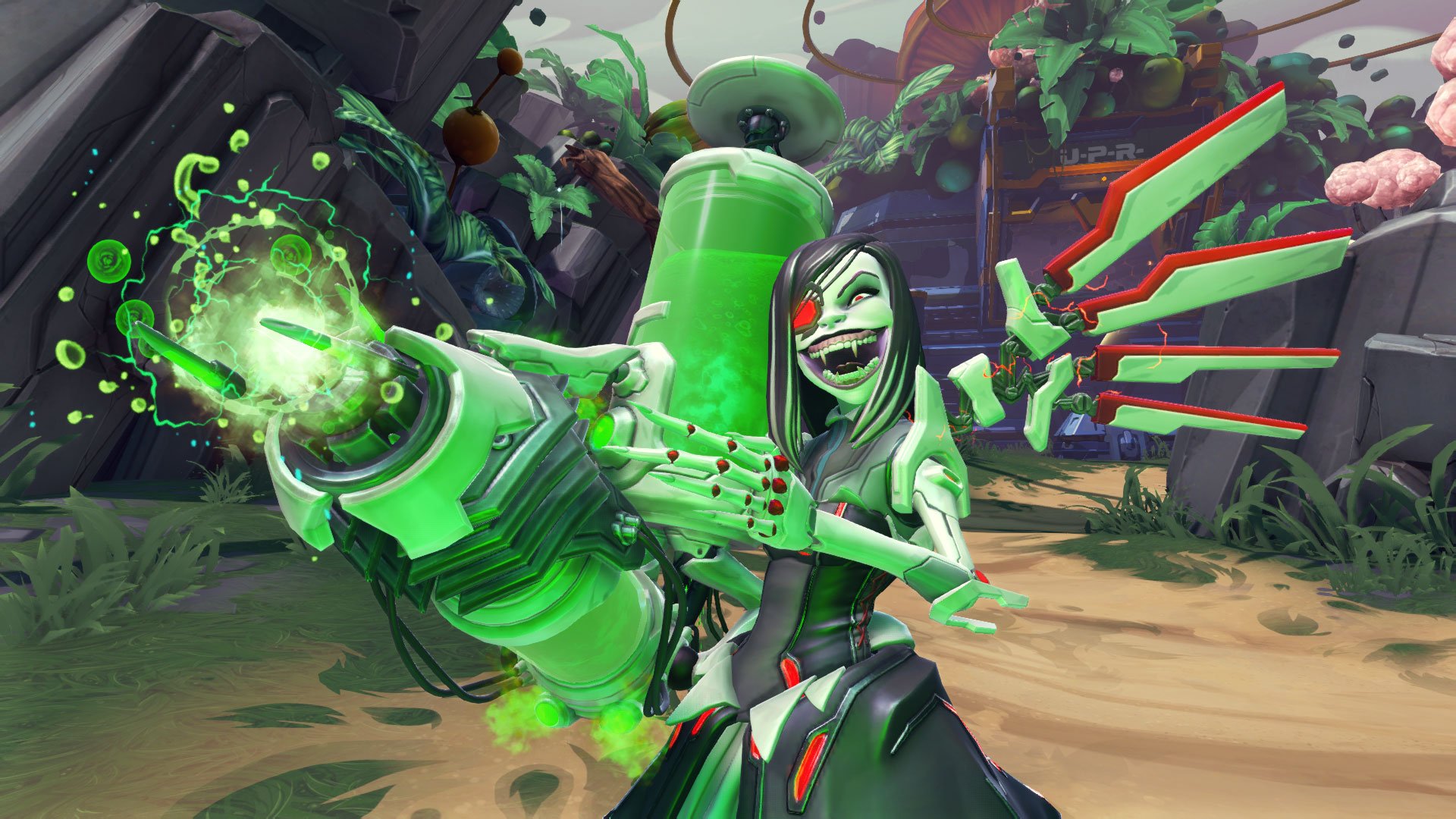
-
battleborn #77
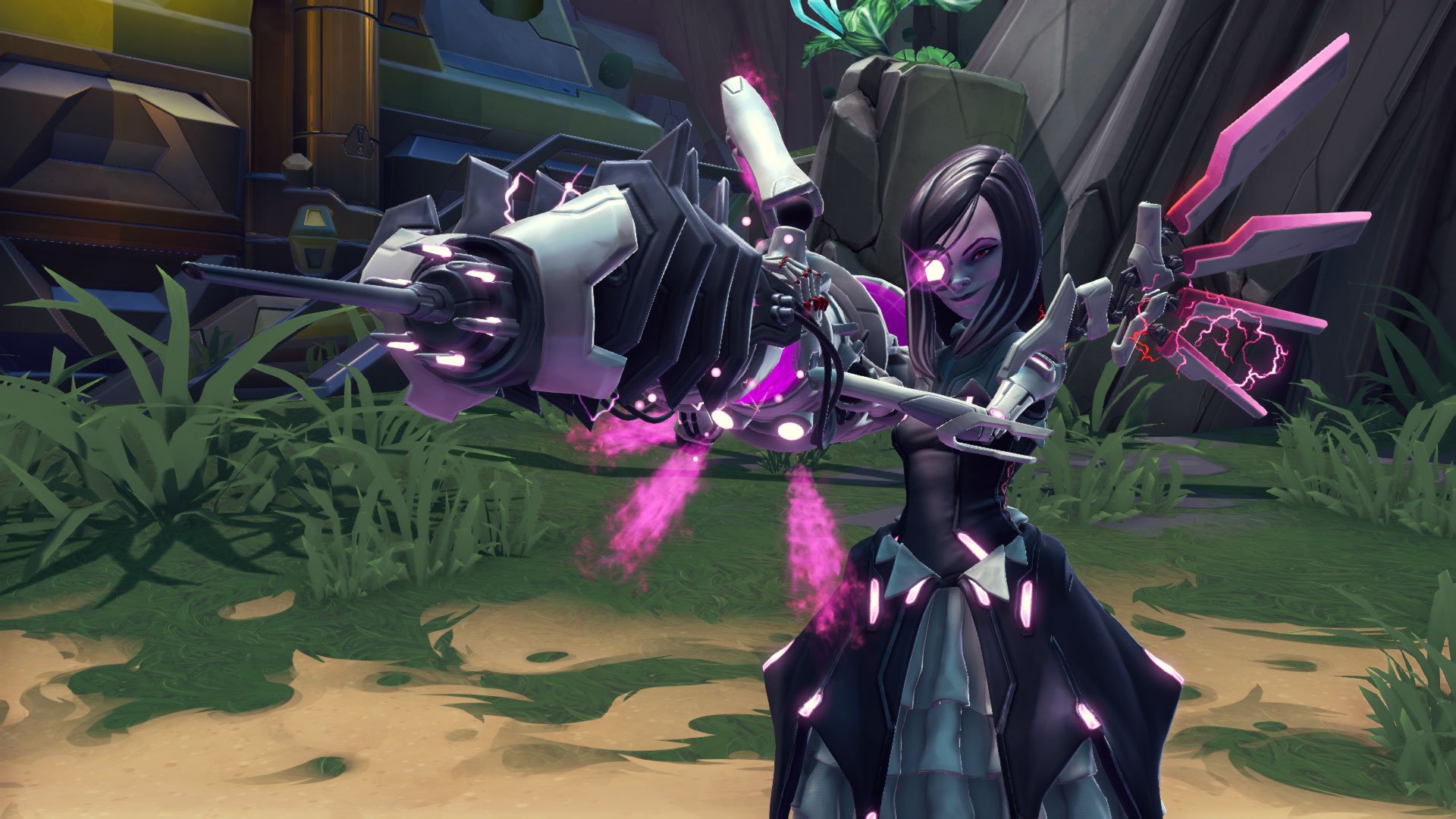
-
battleborn #78
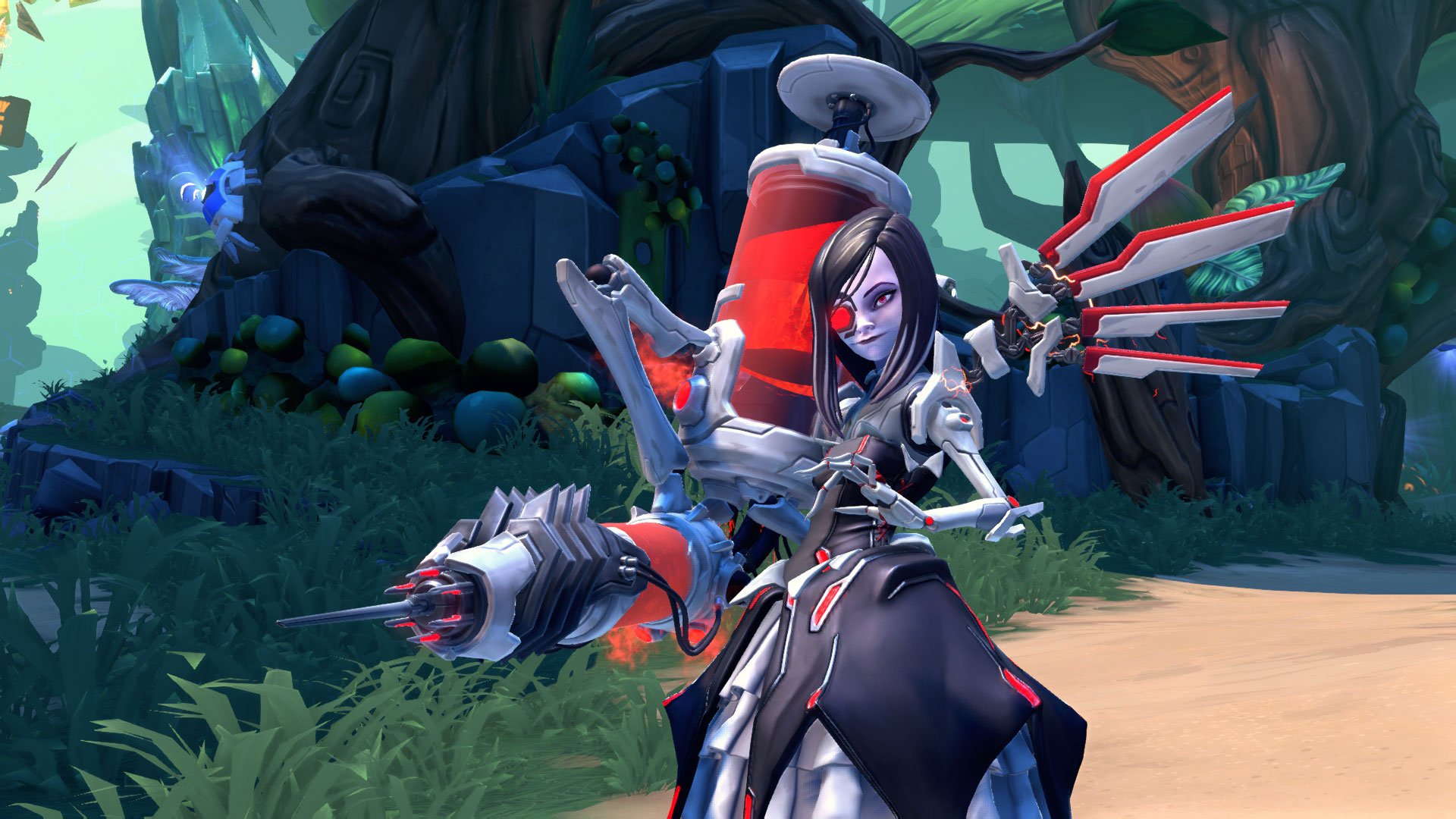
-
battleborn #79
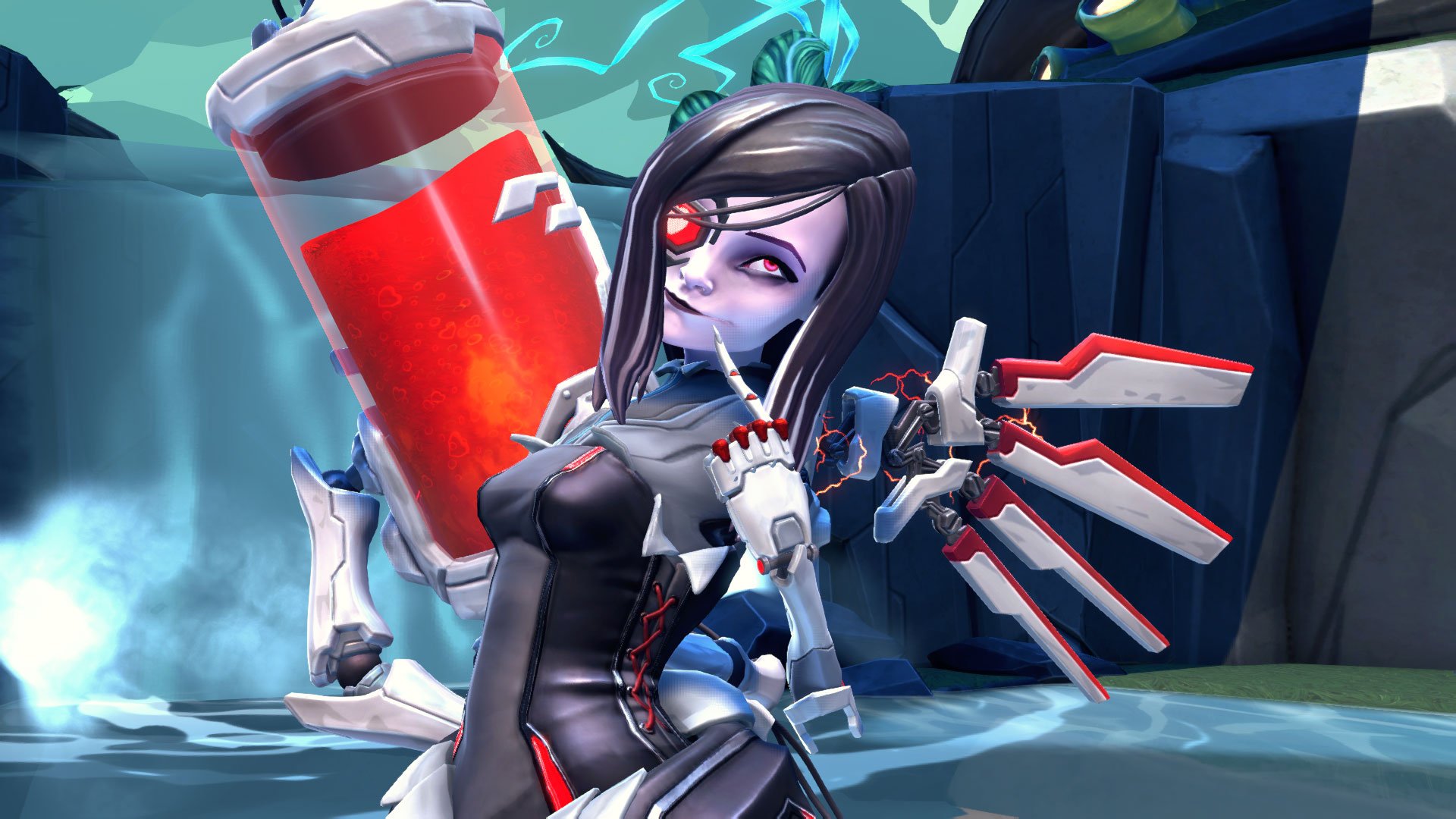
-
battleborn #80
